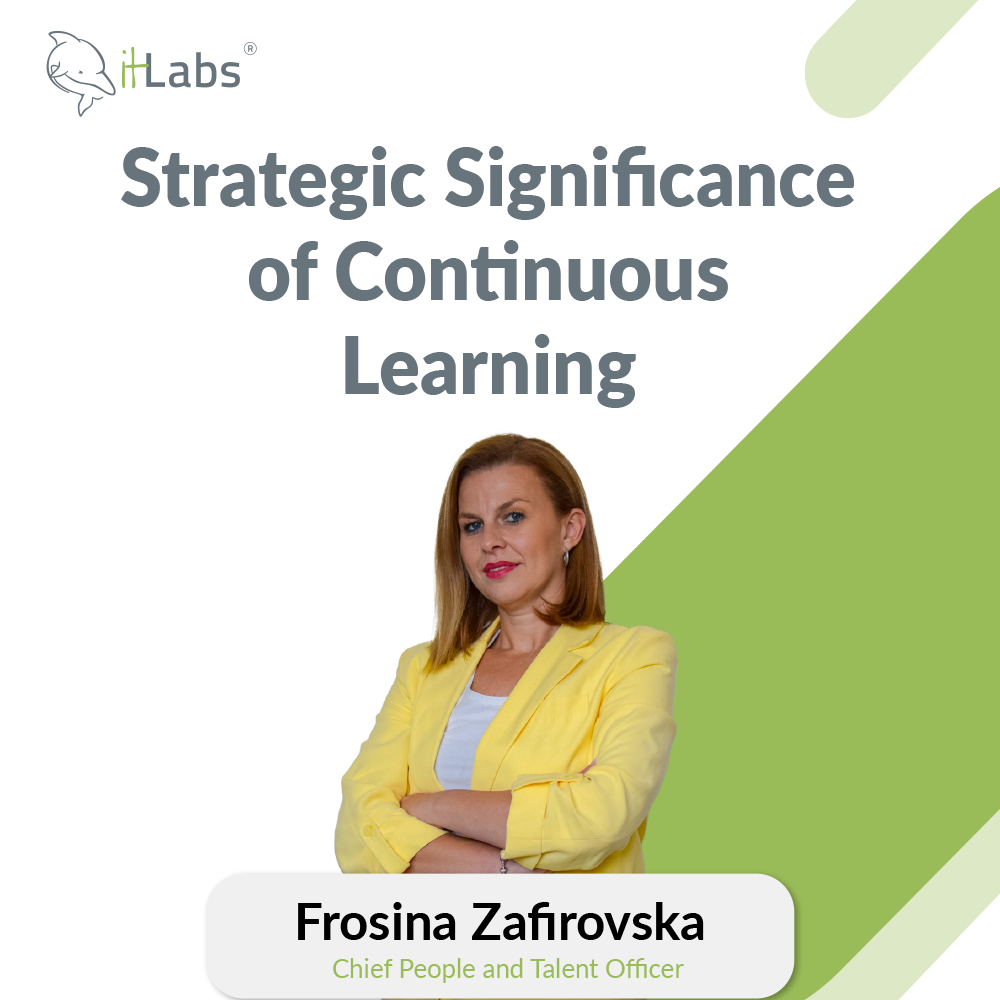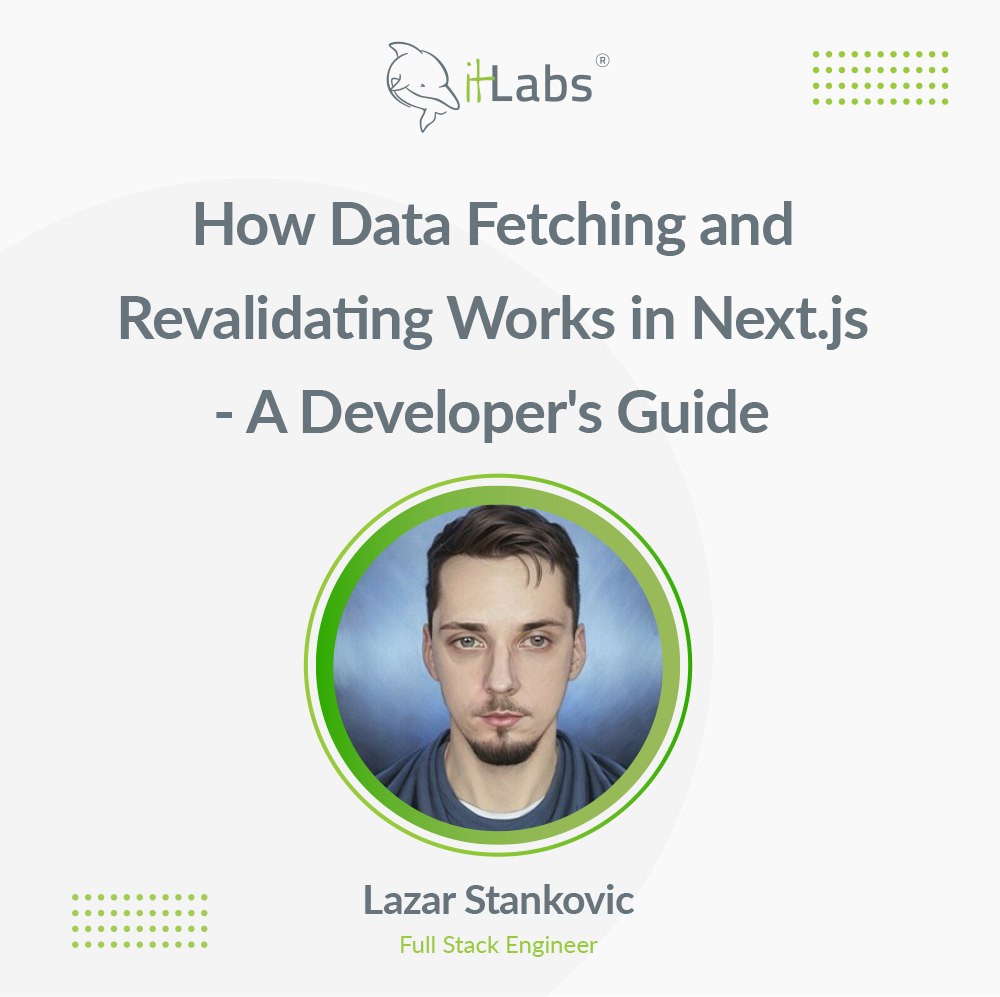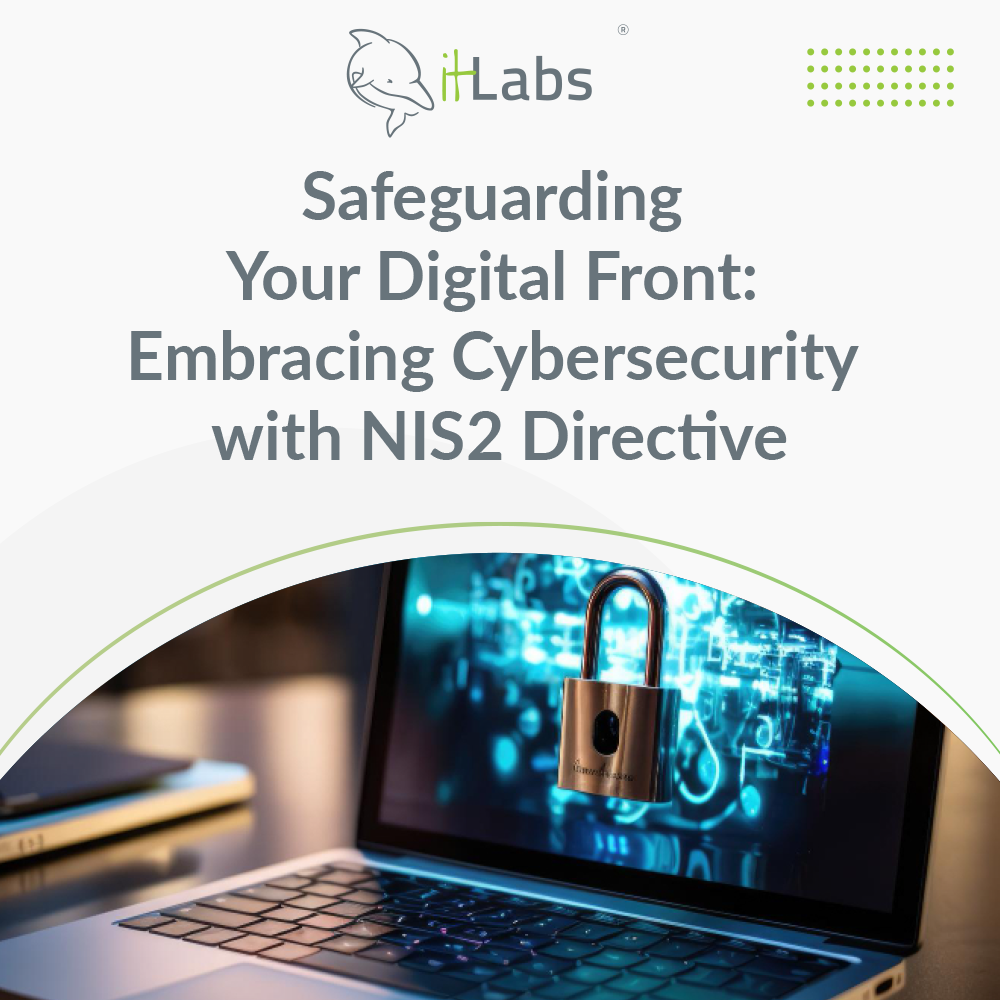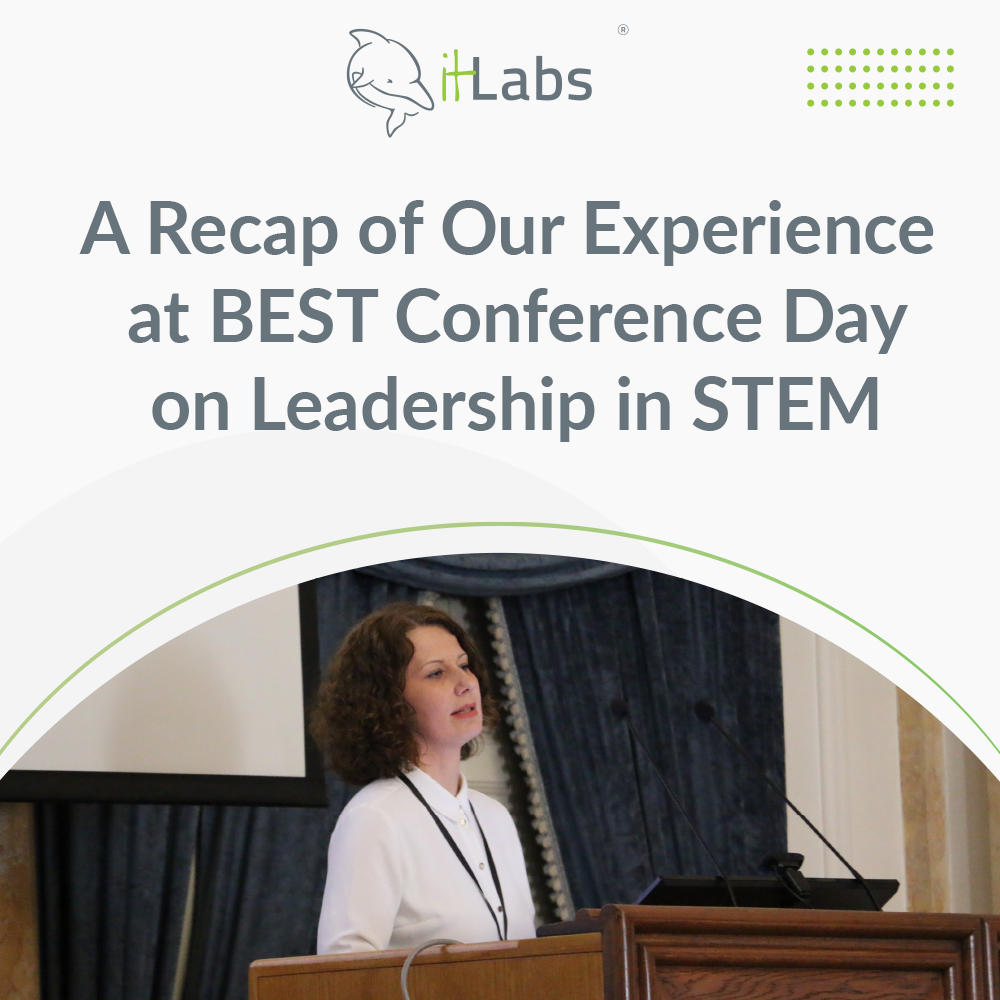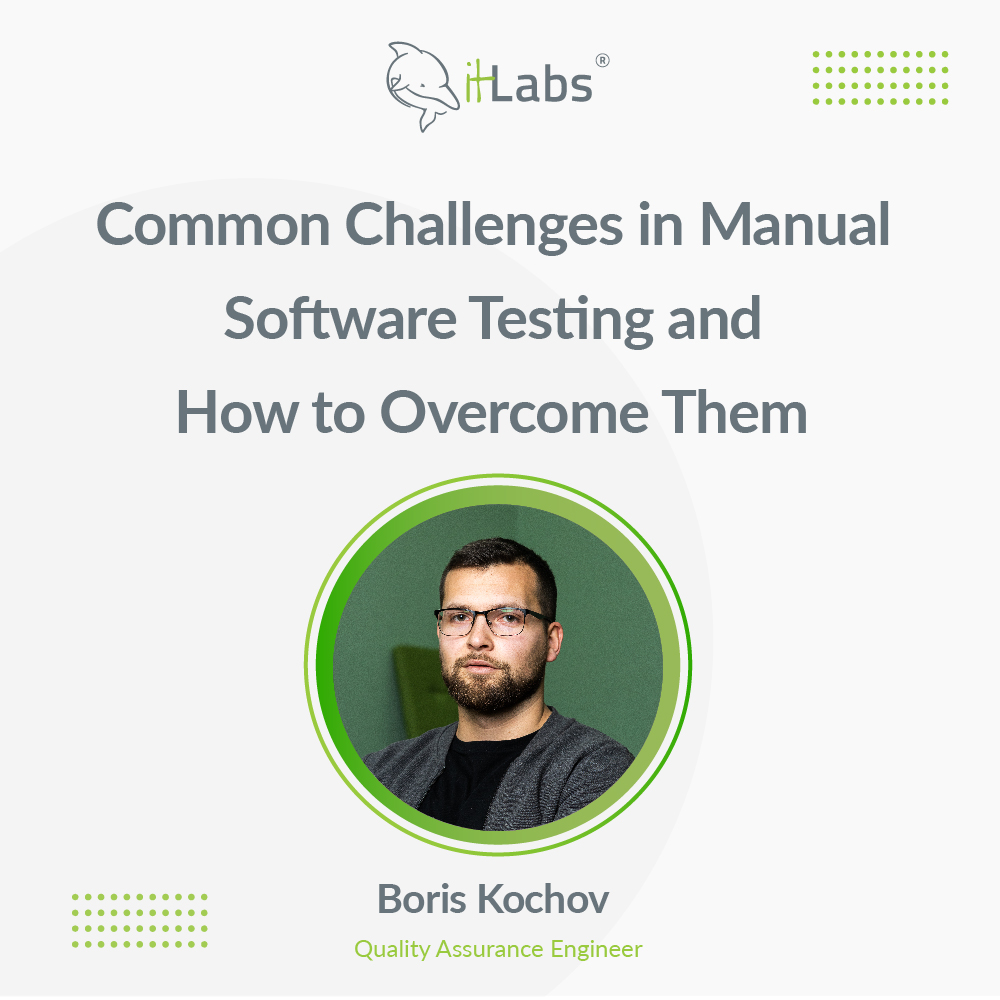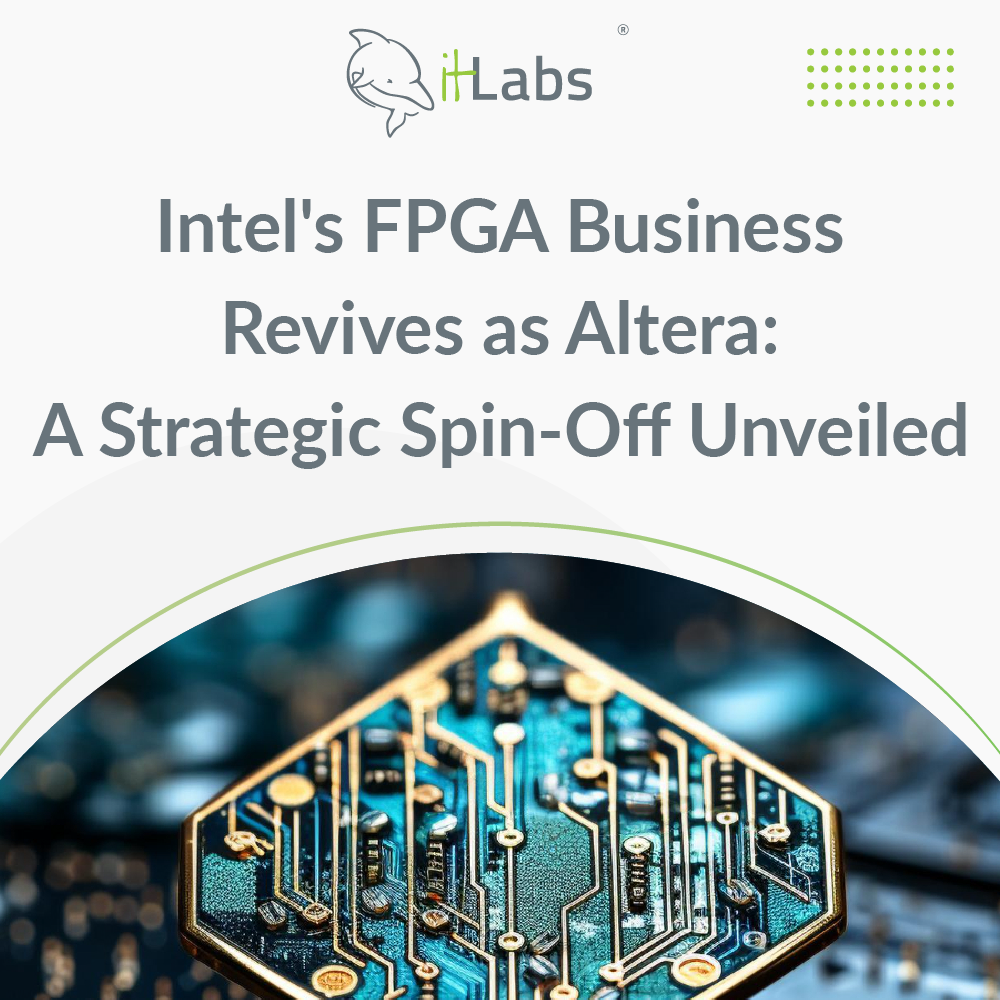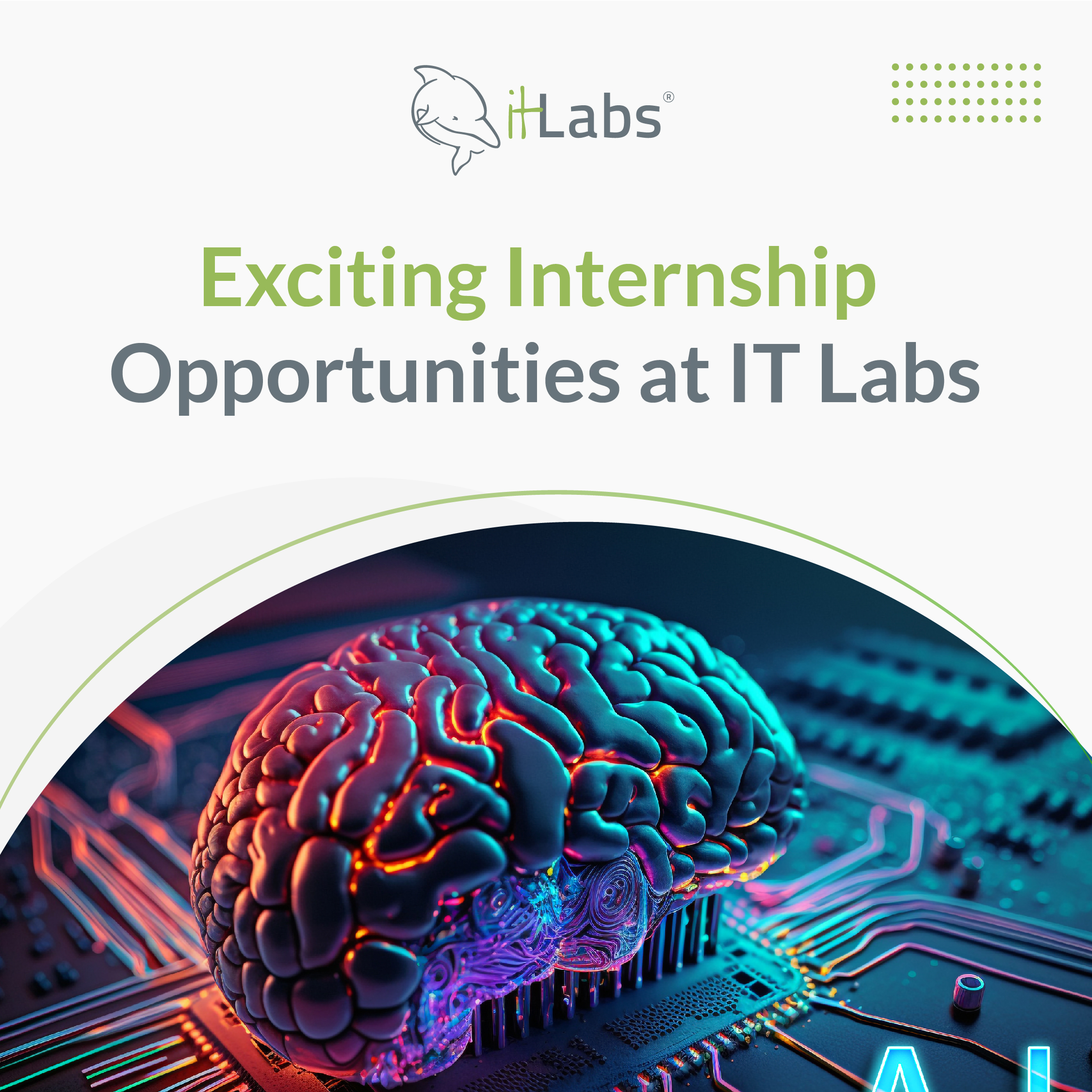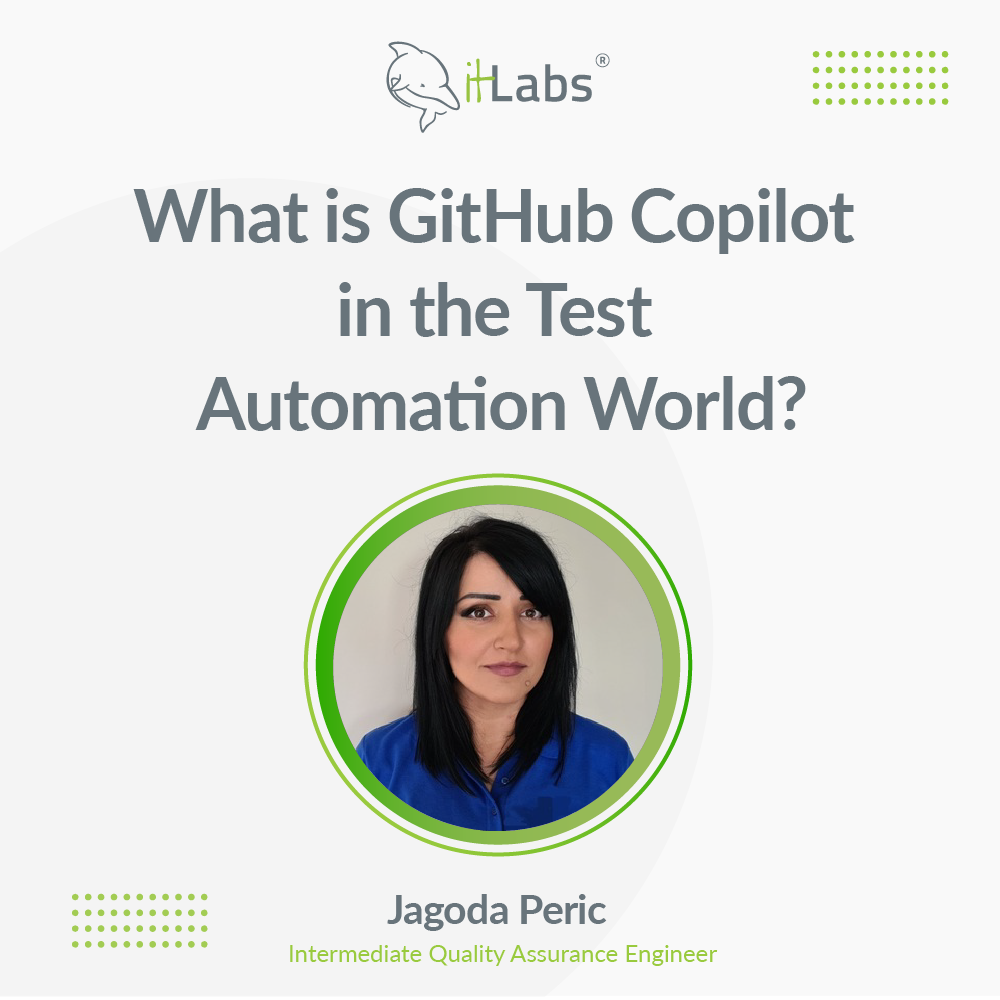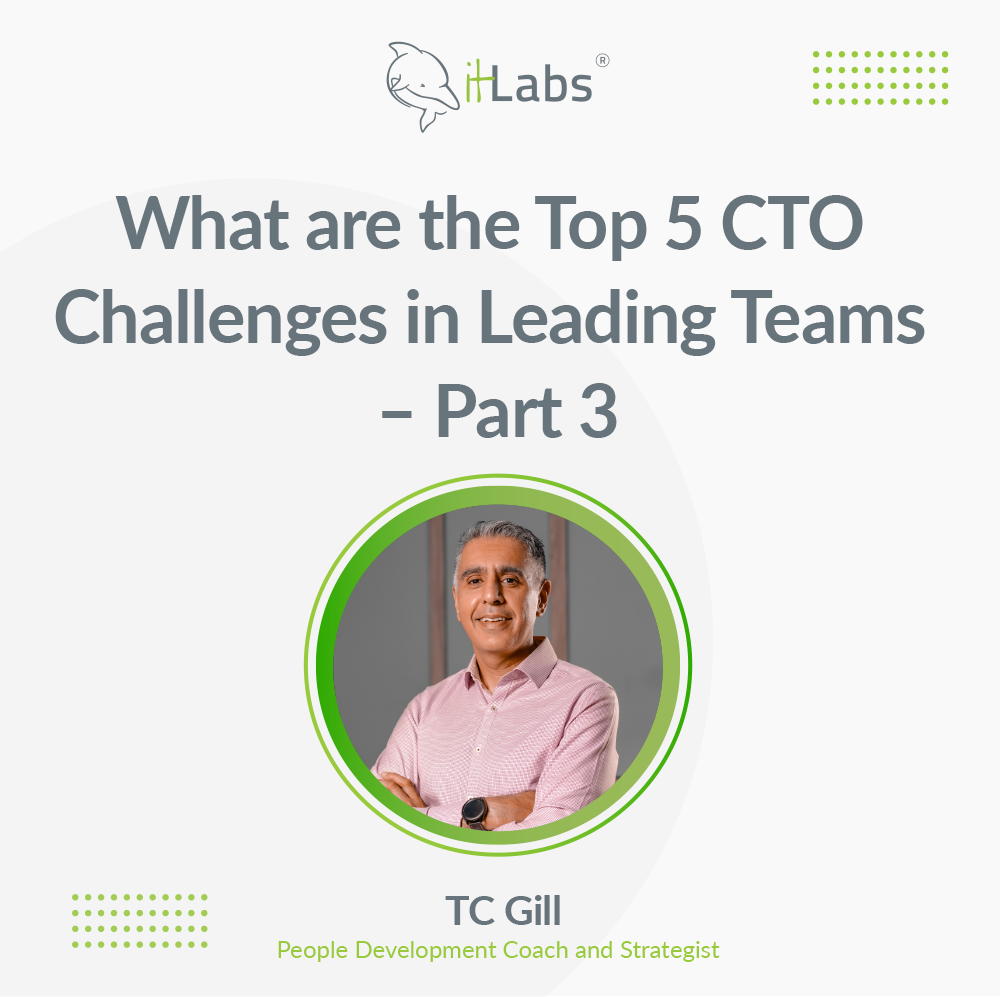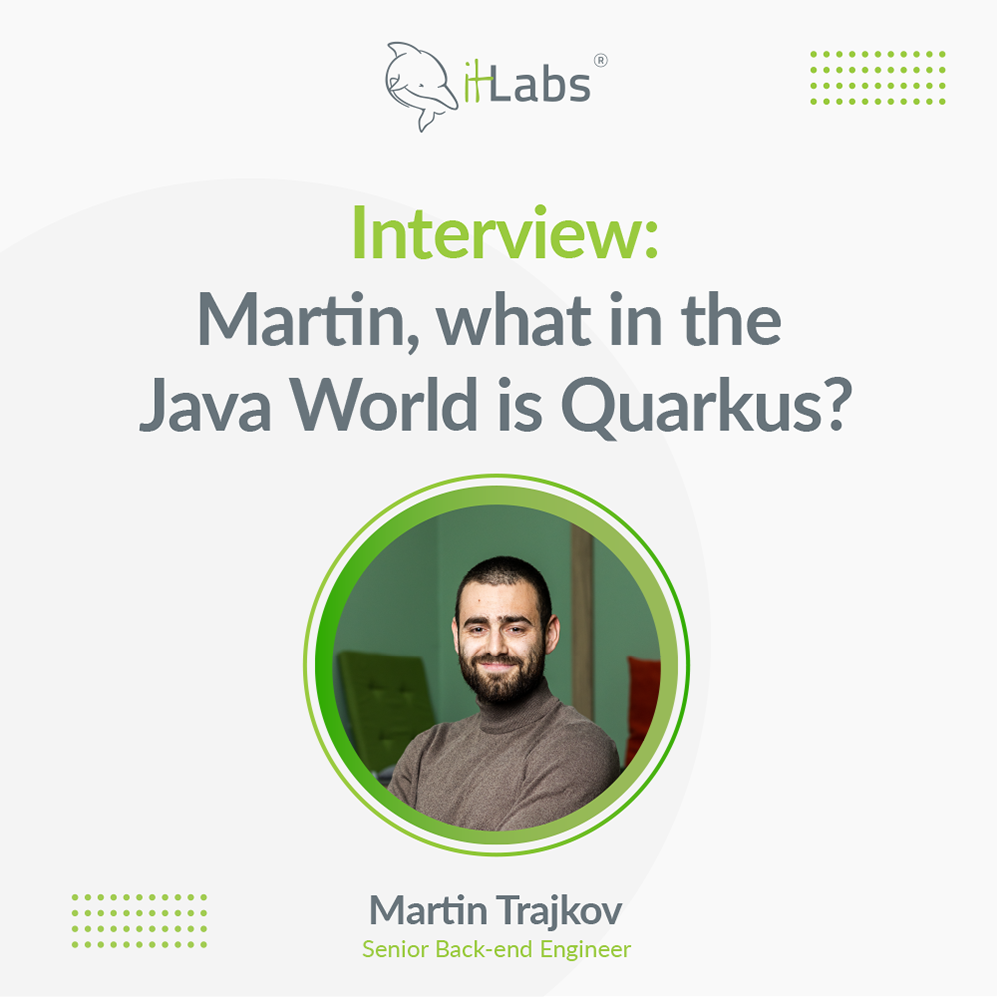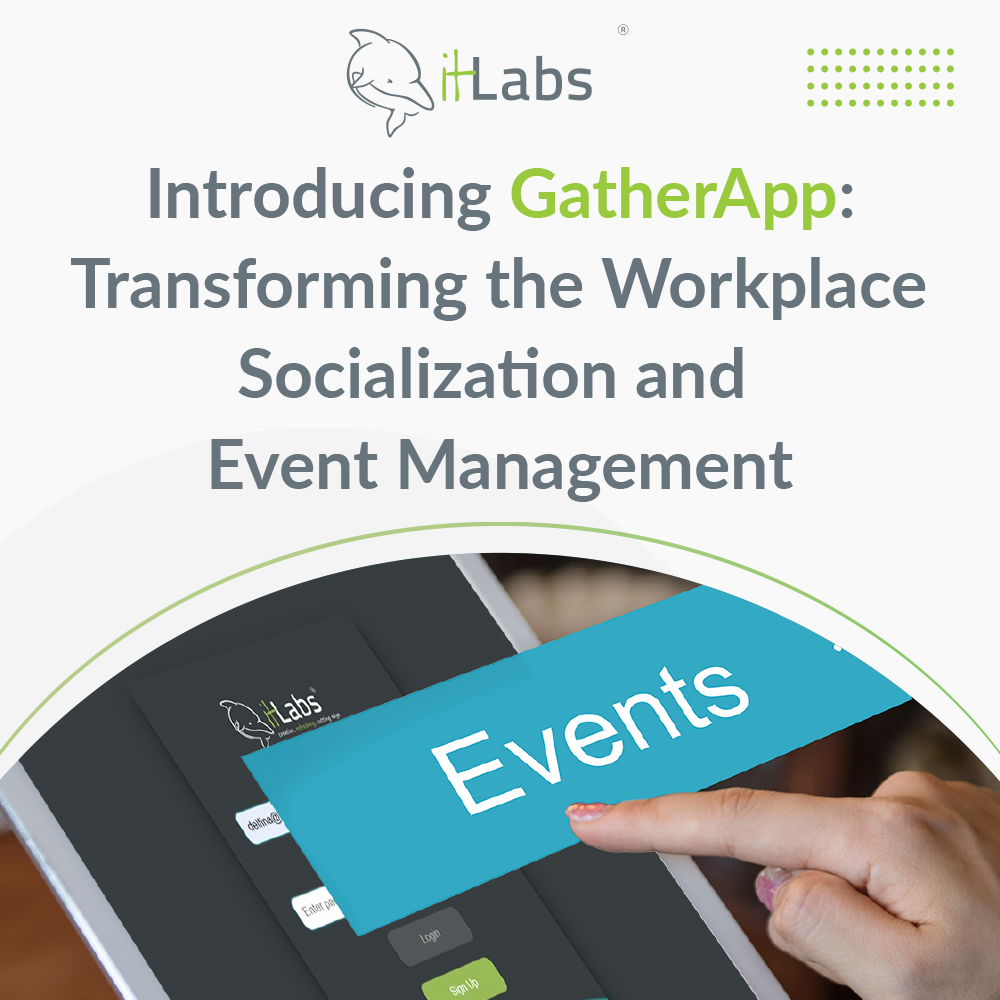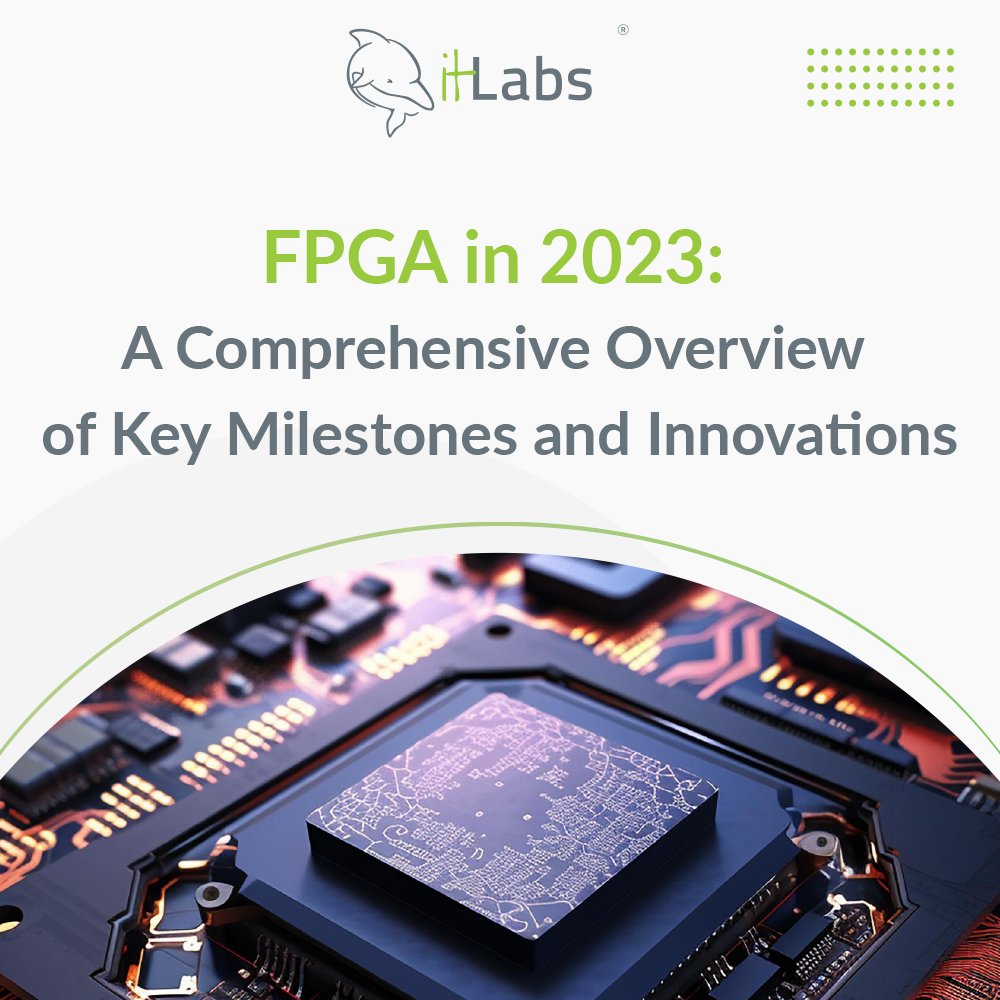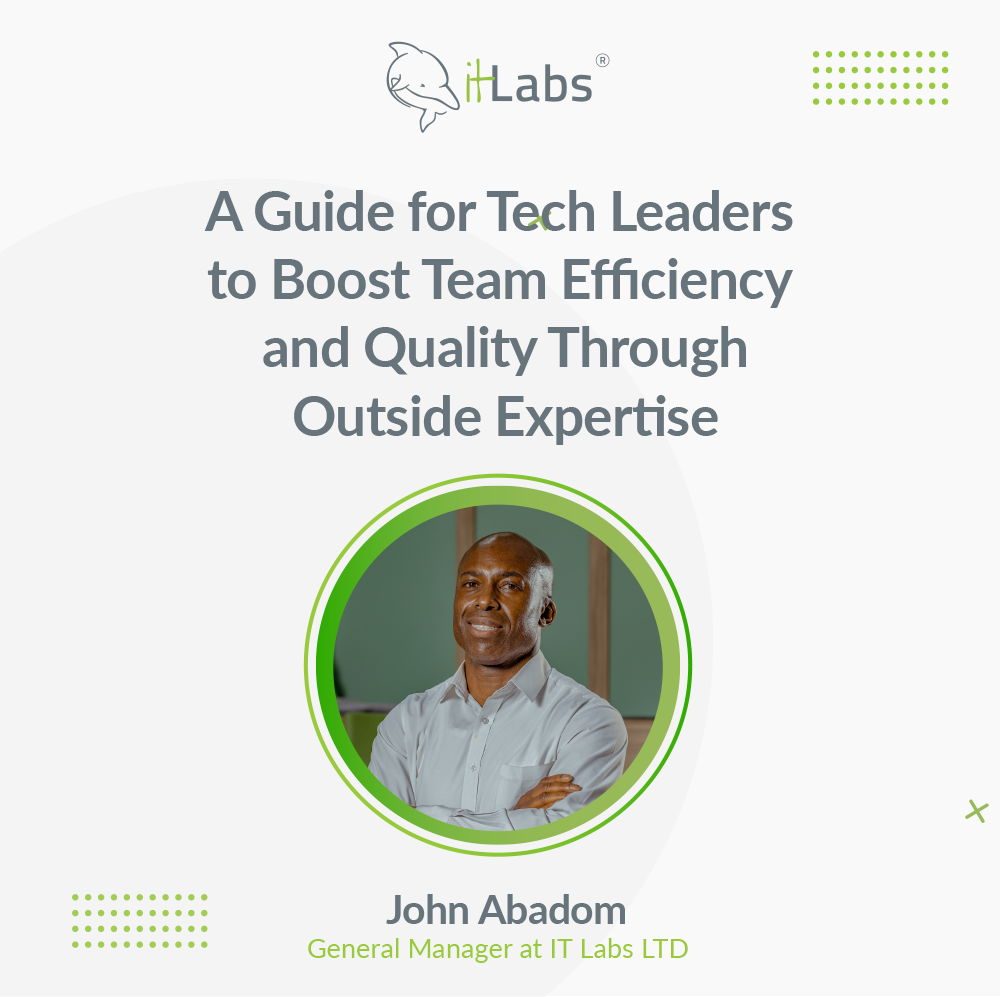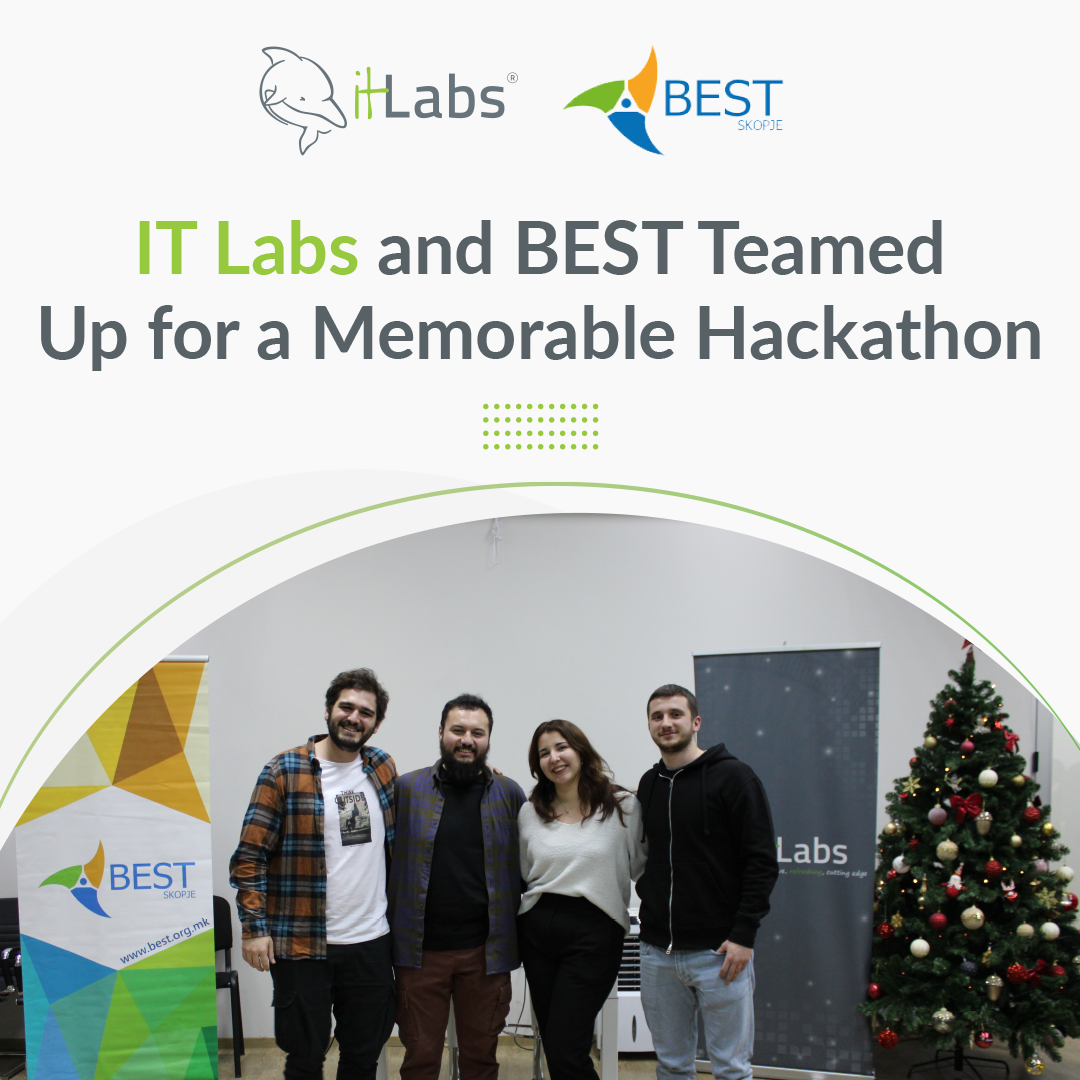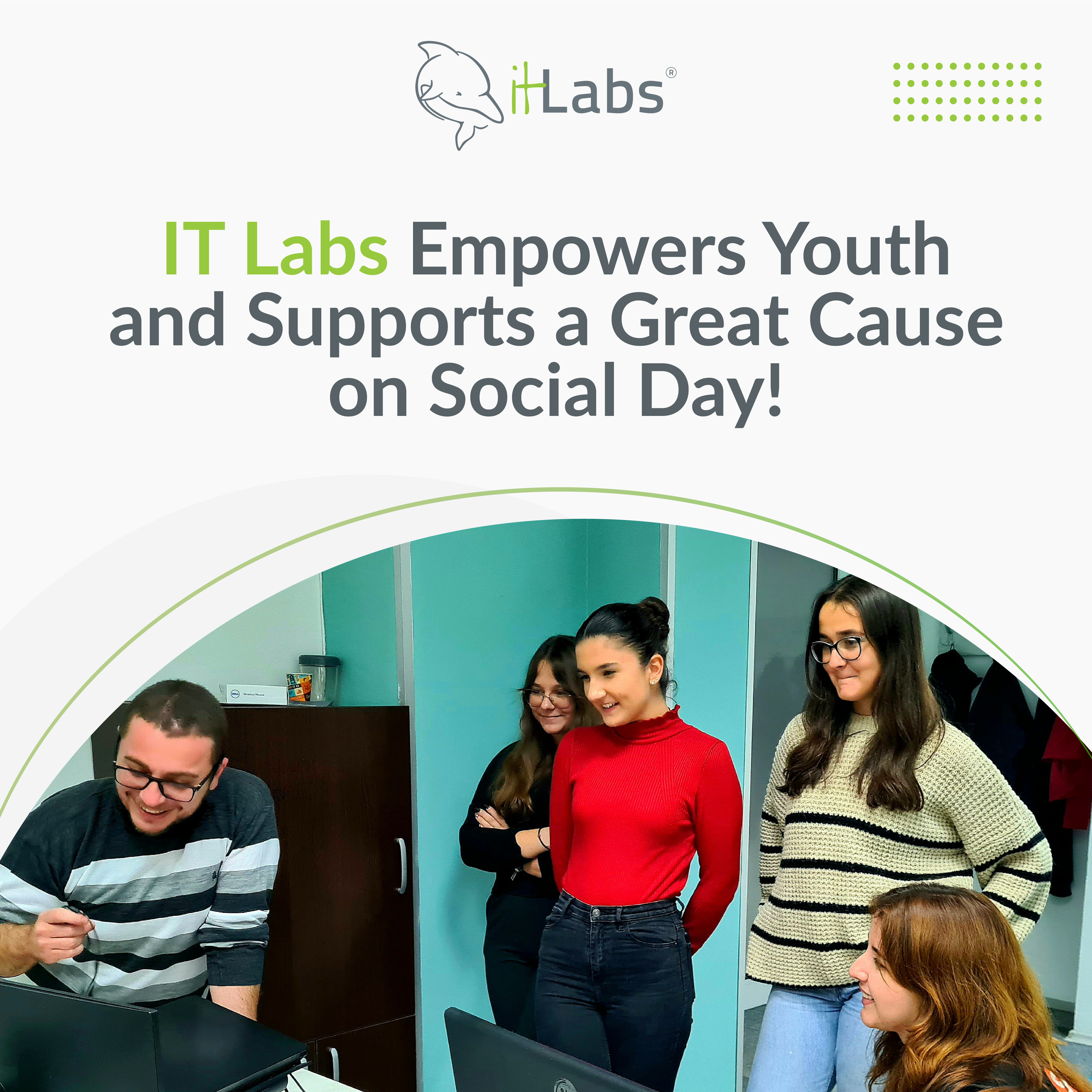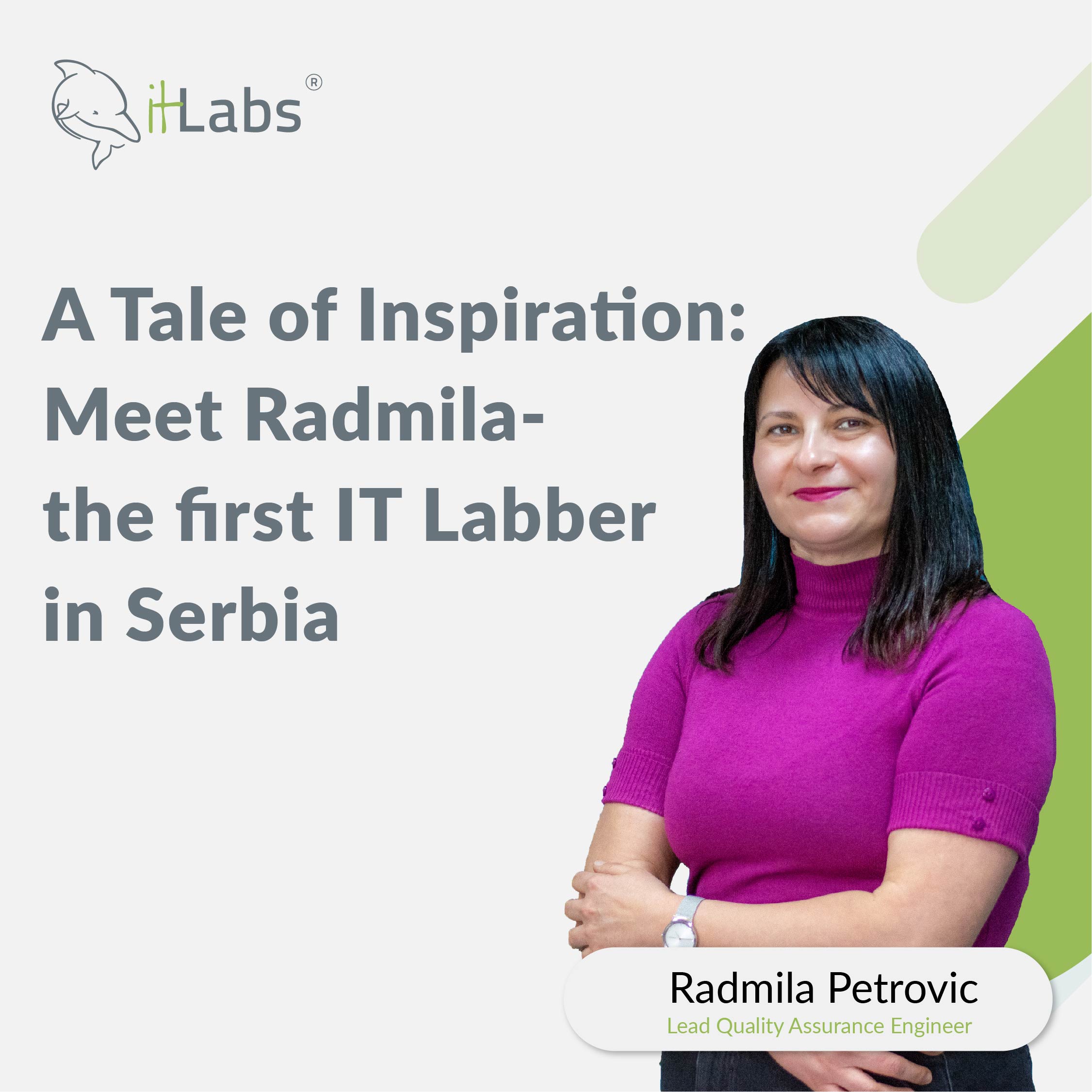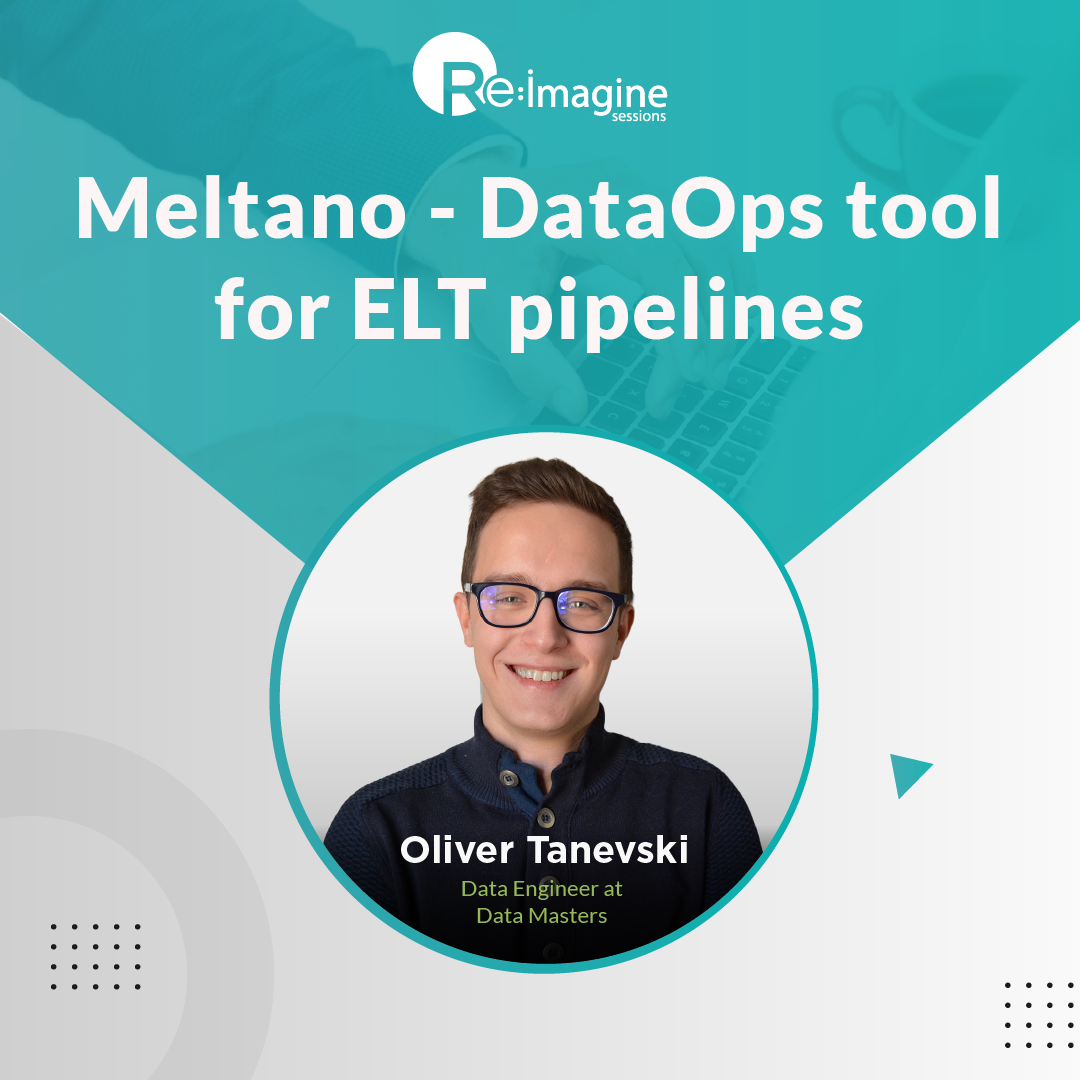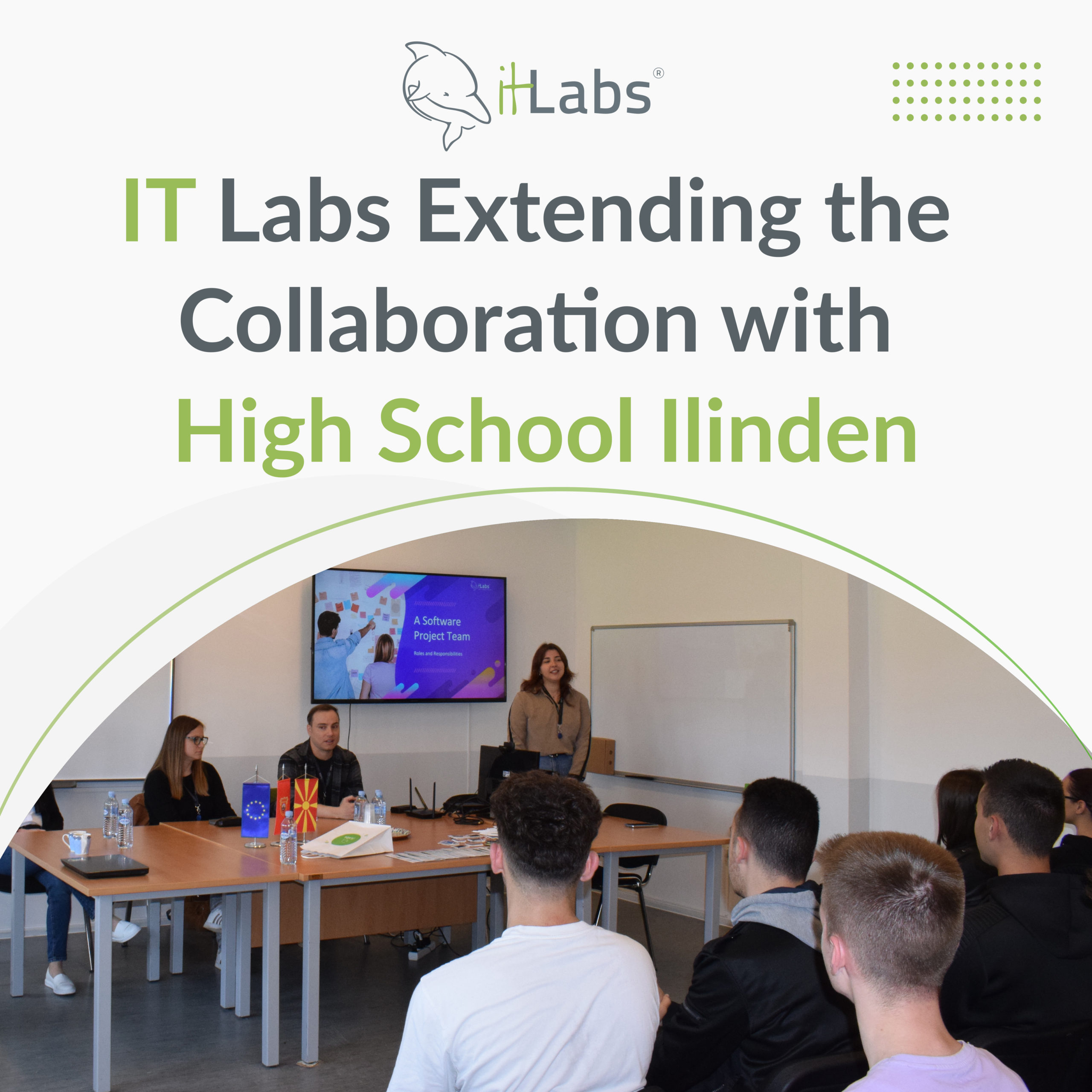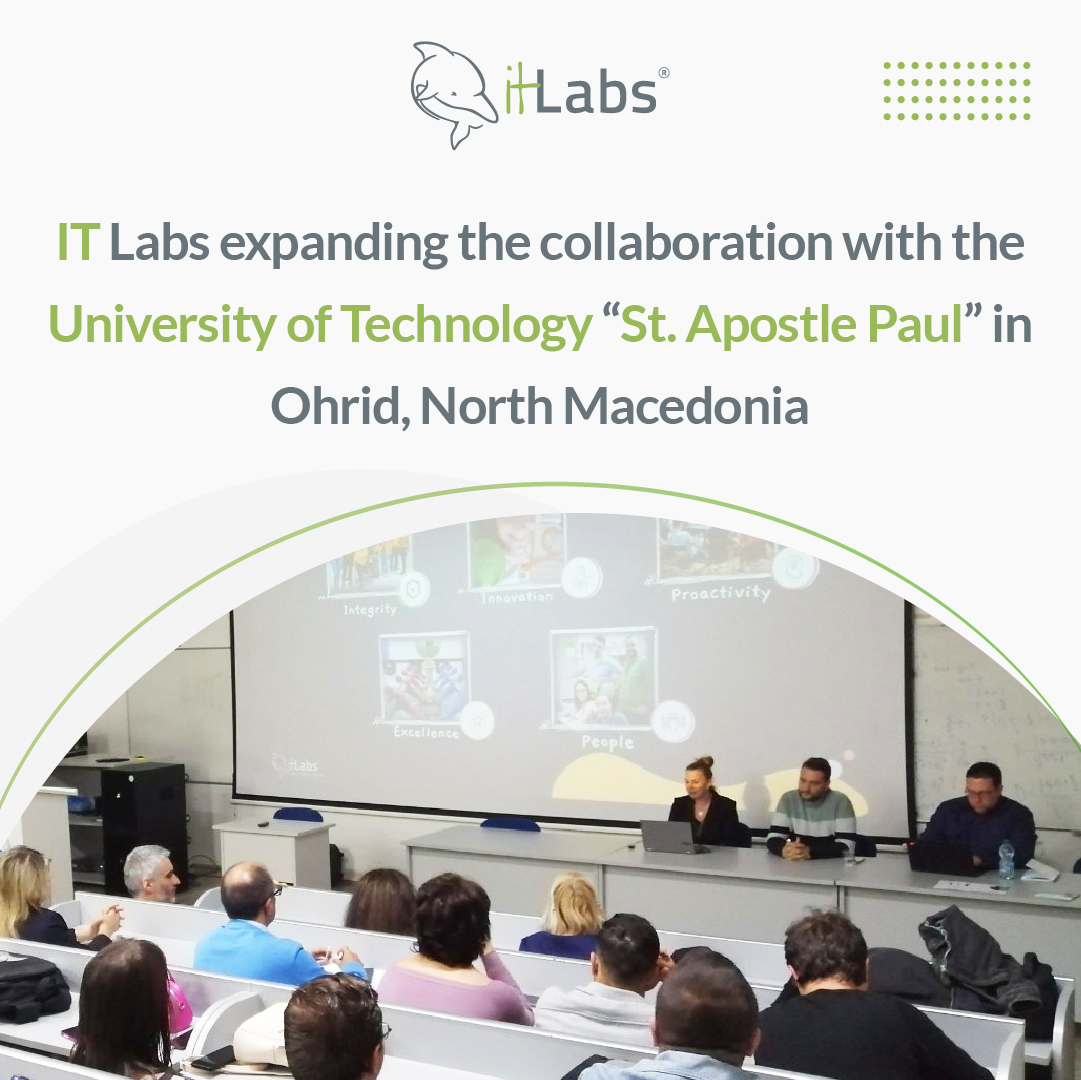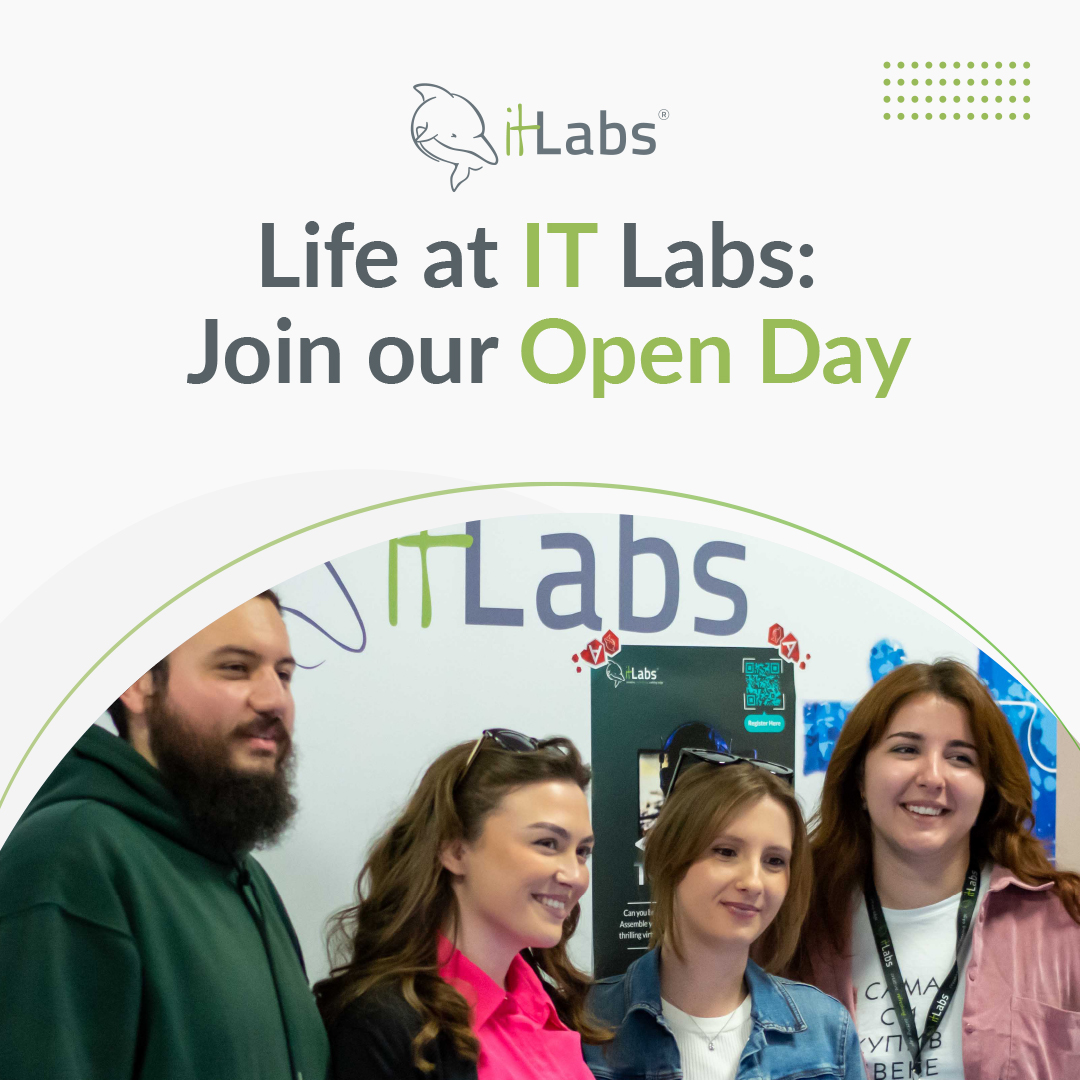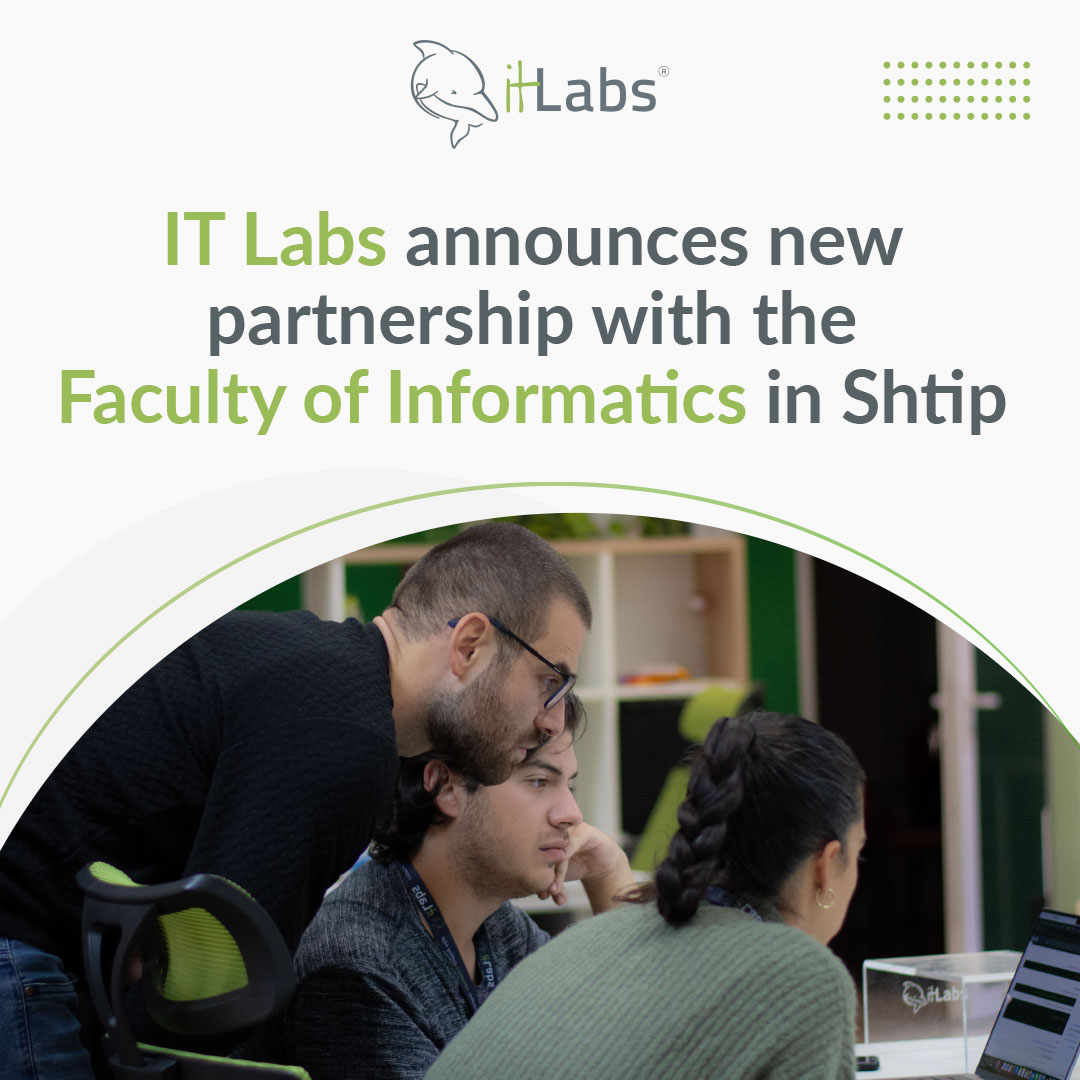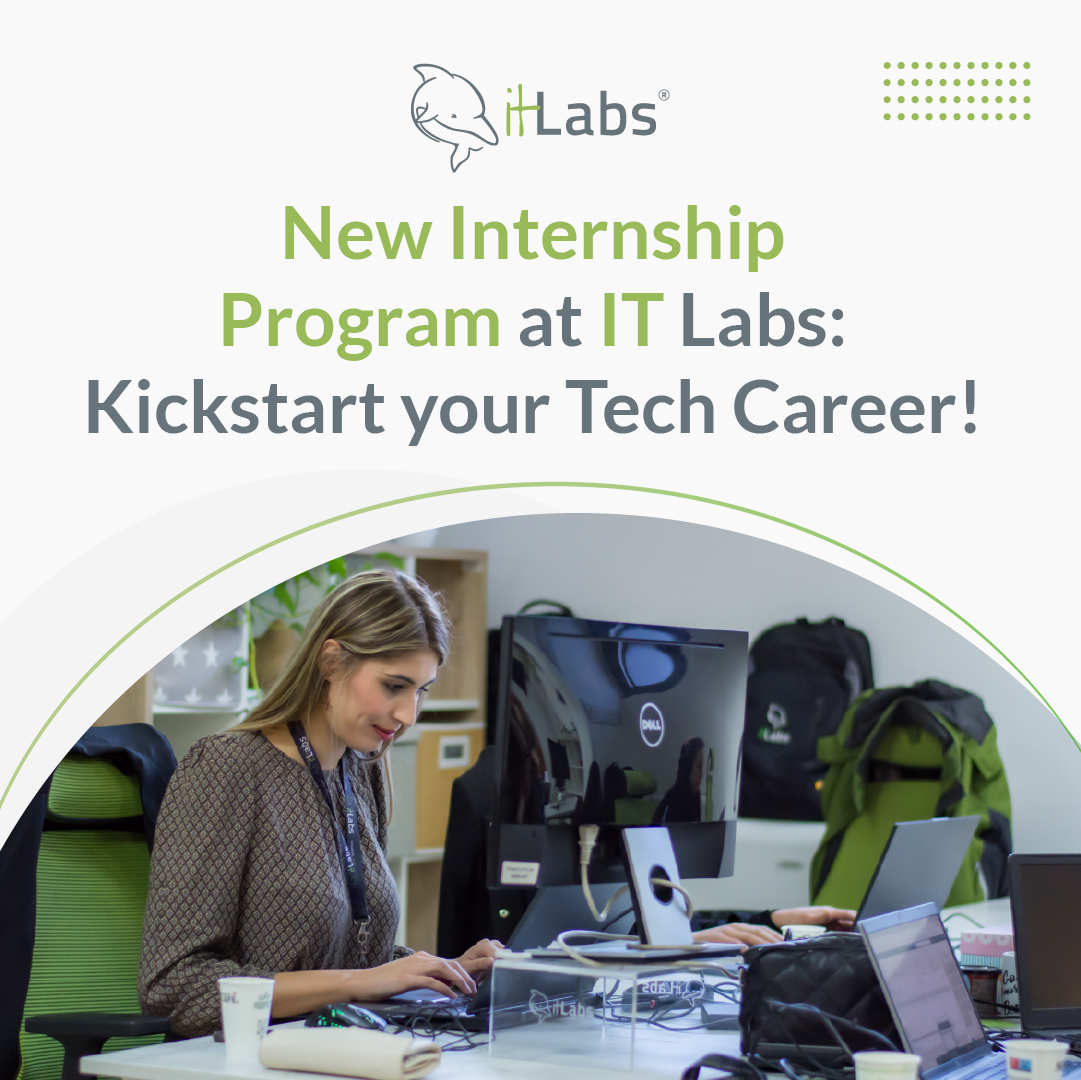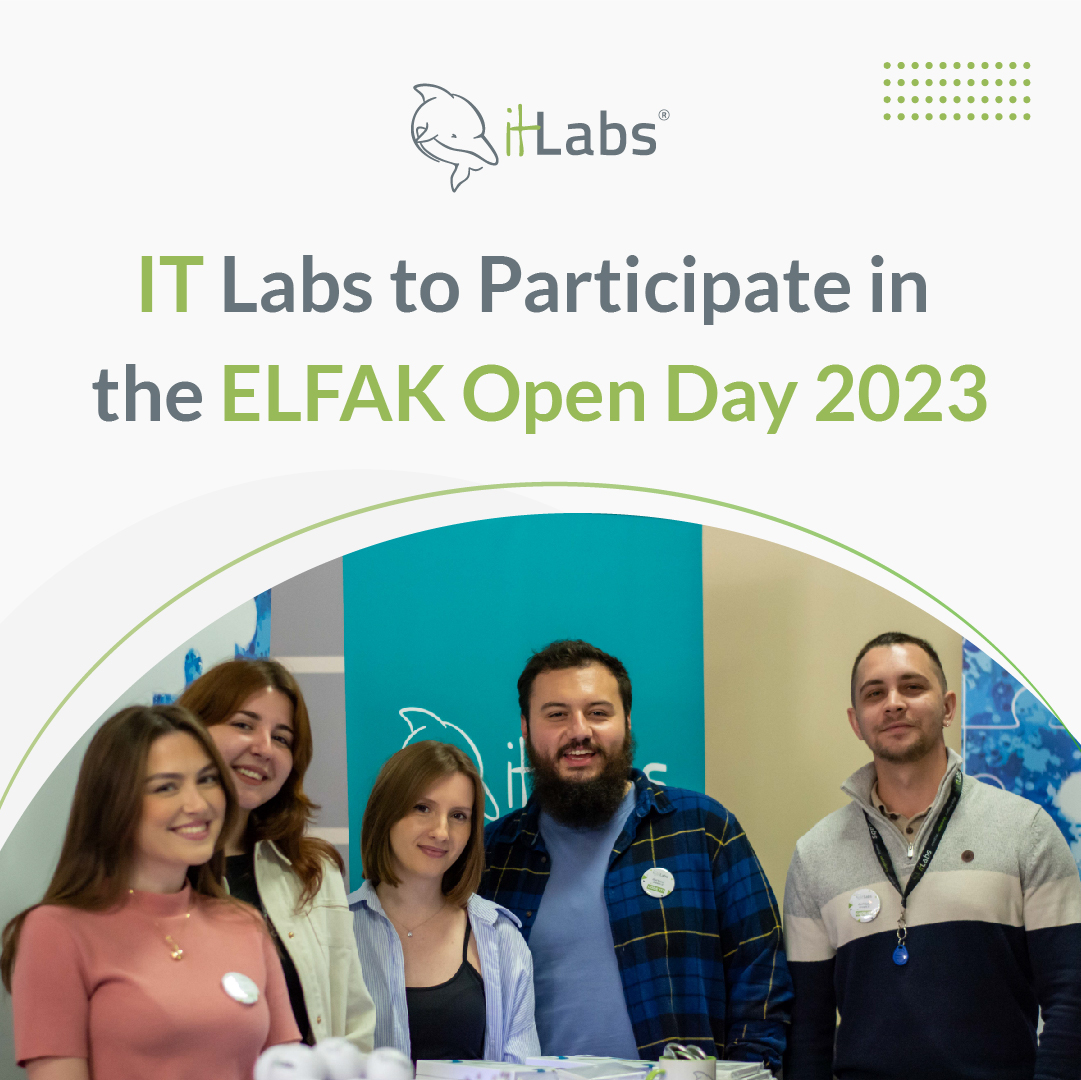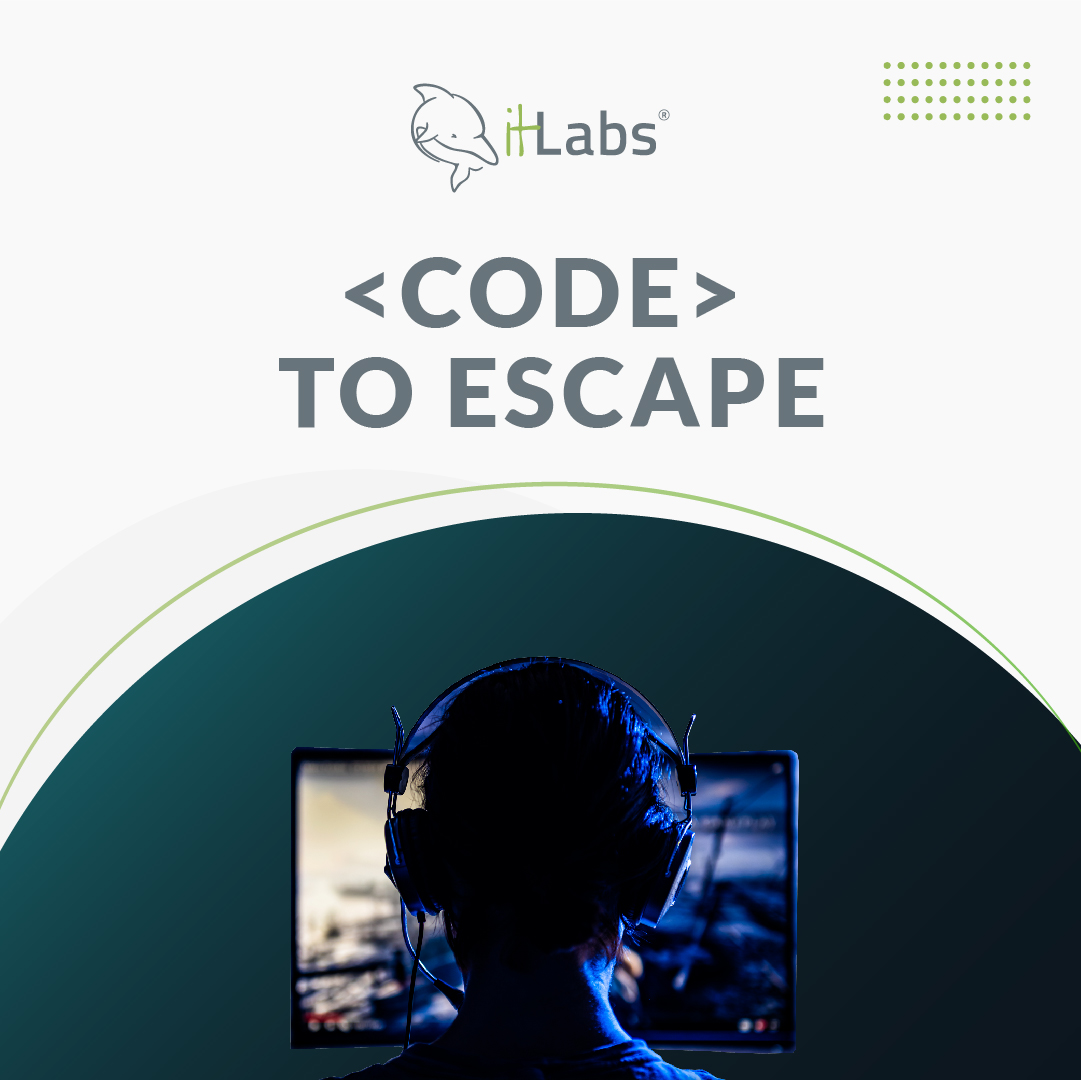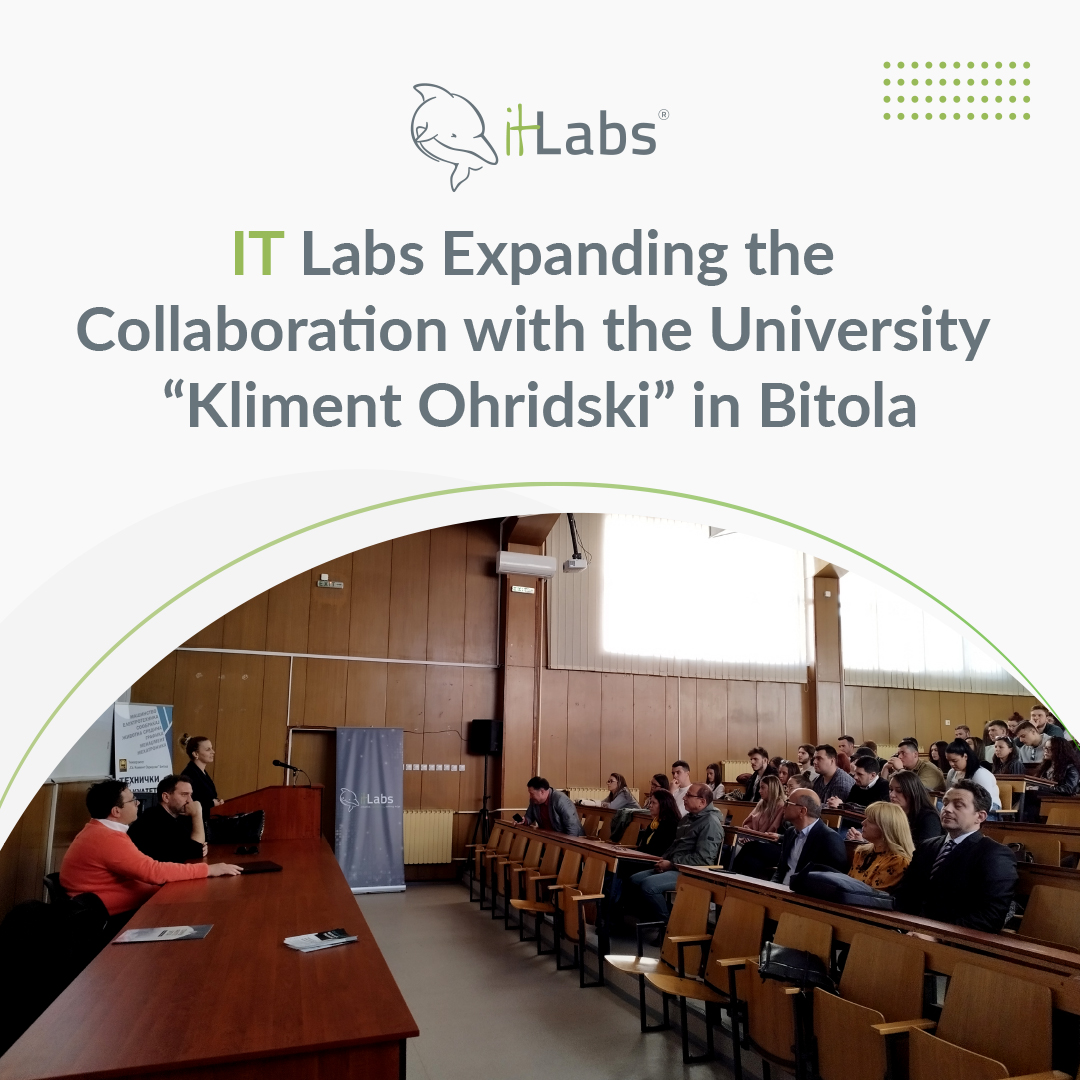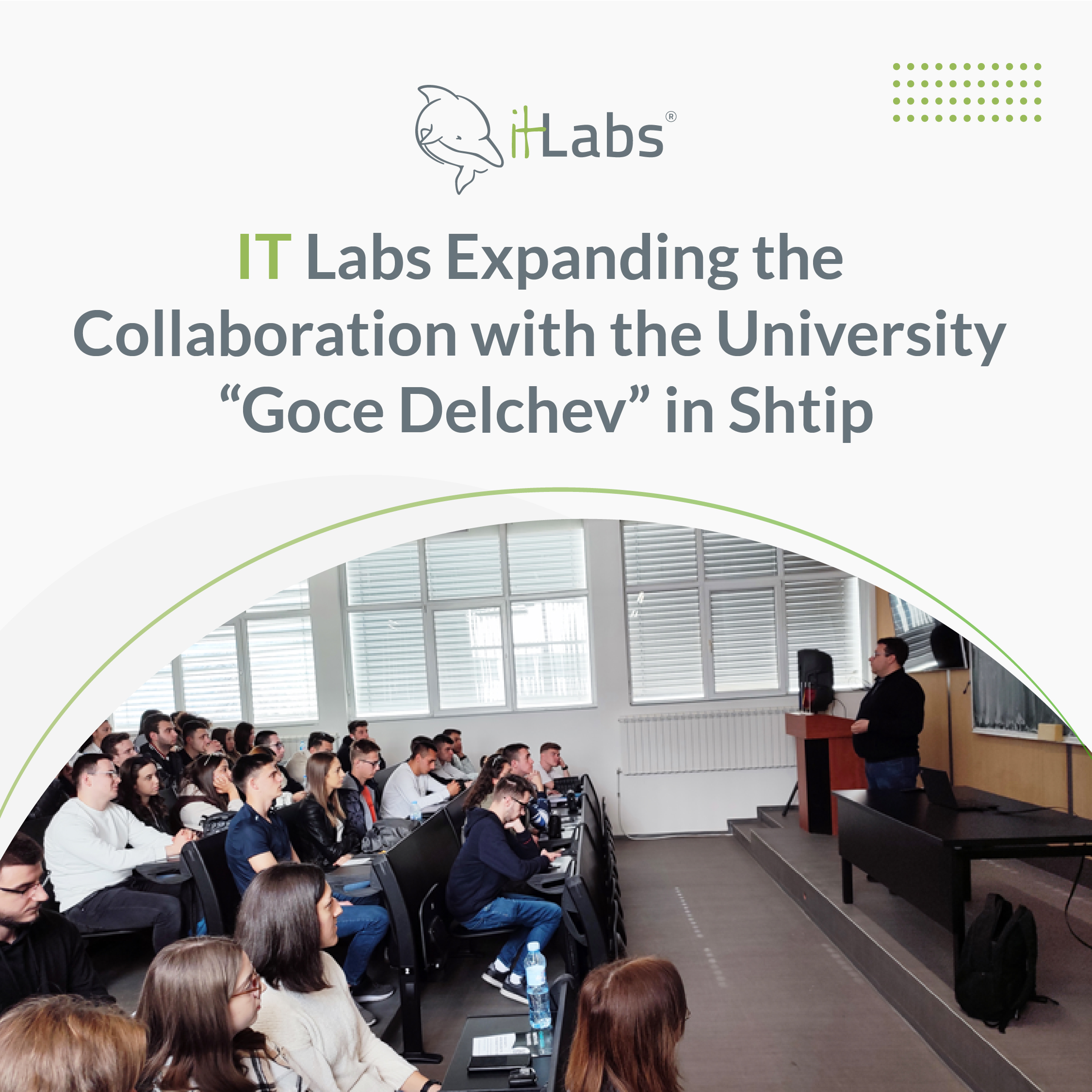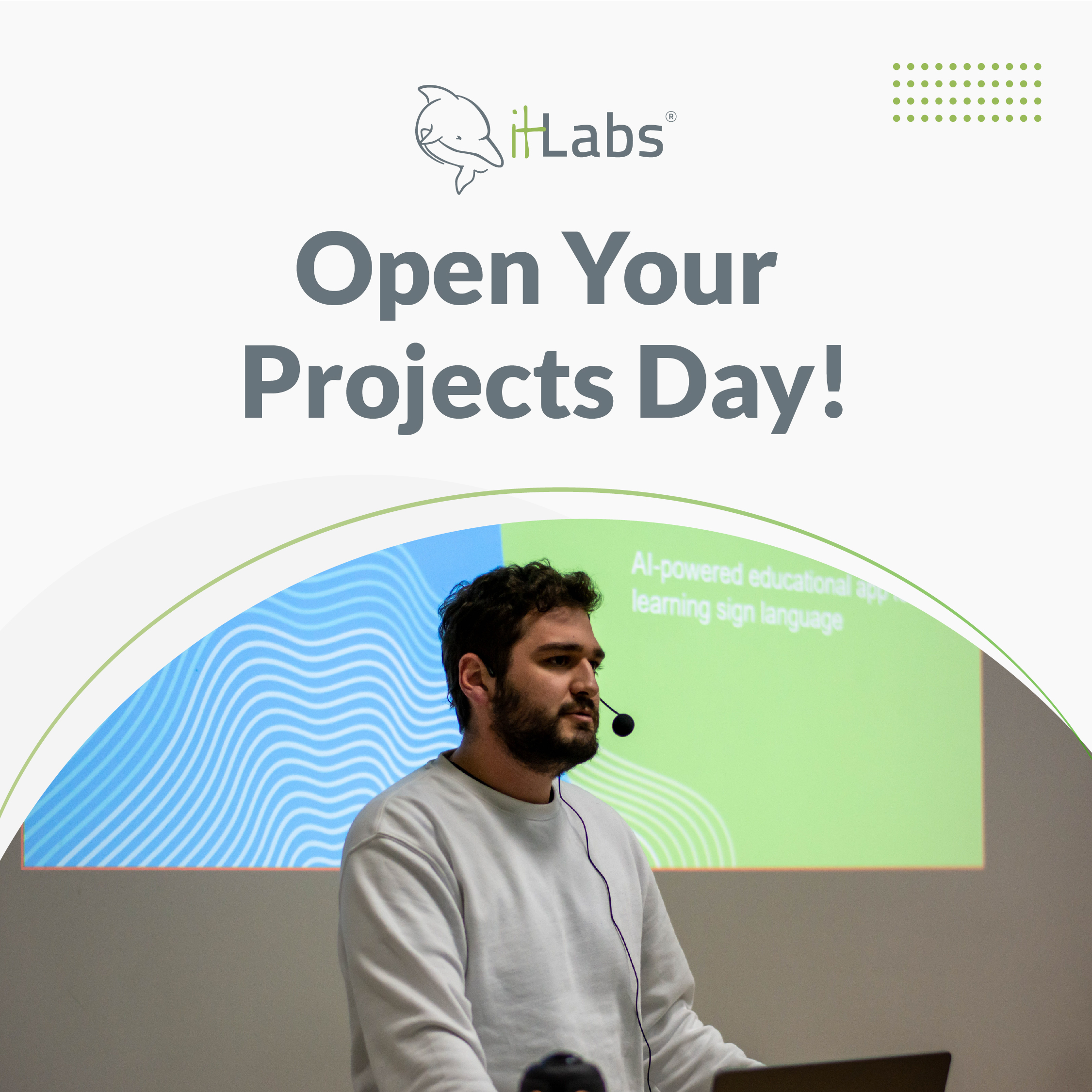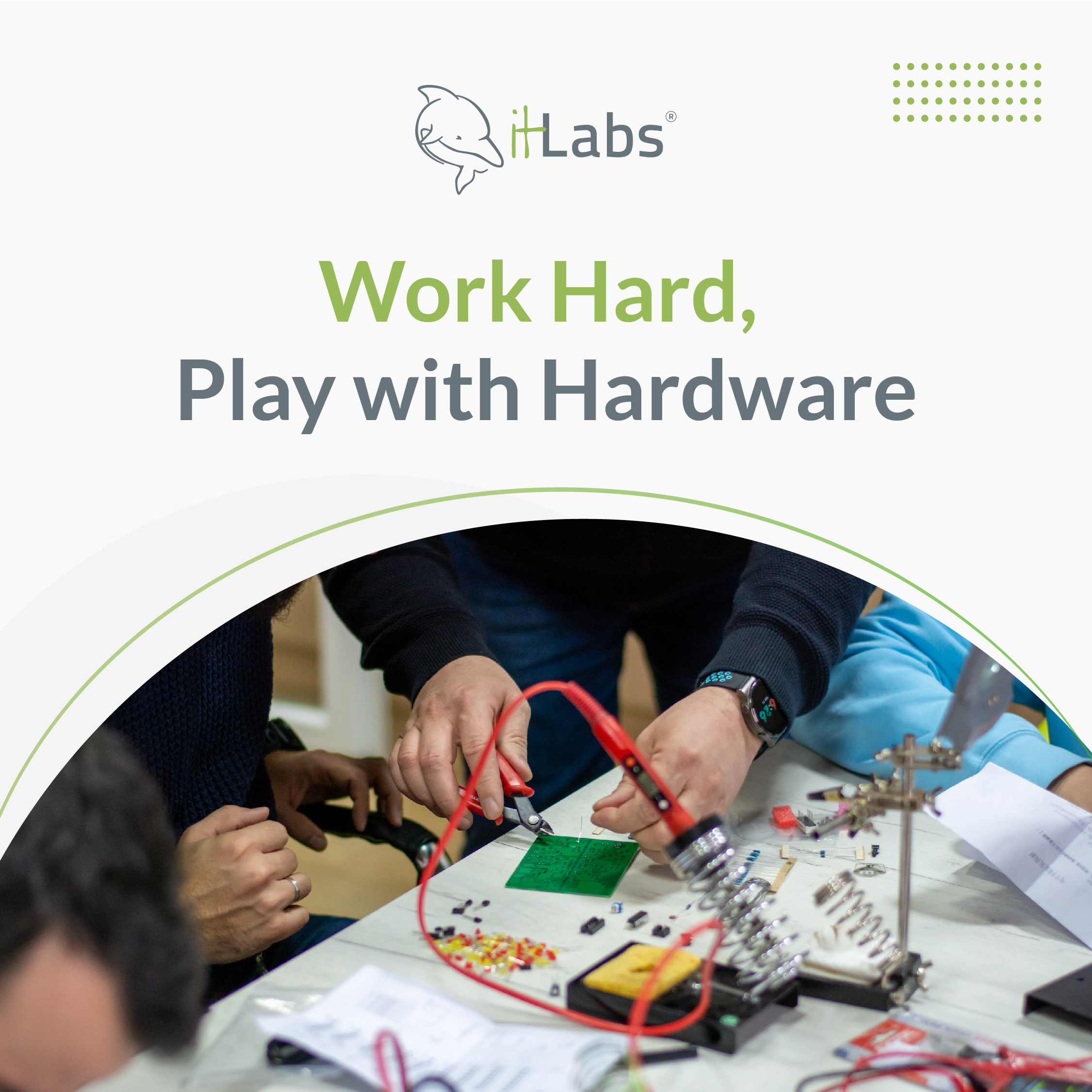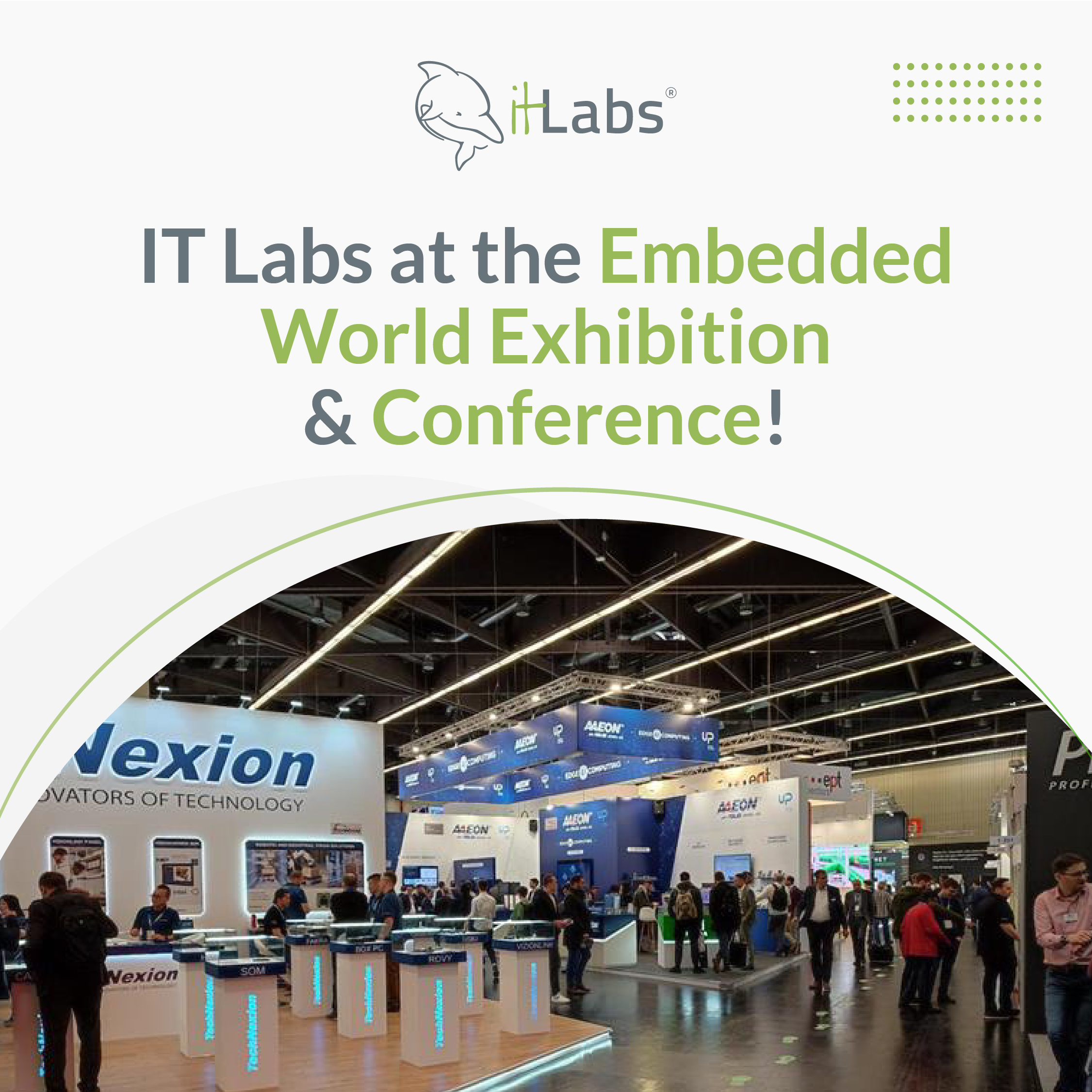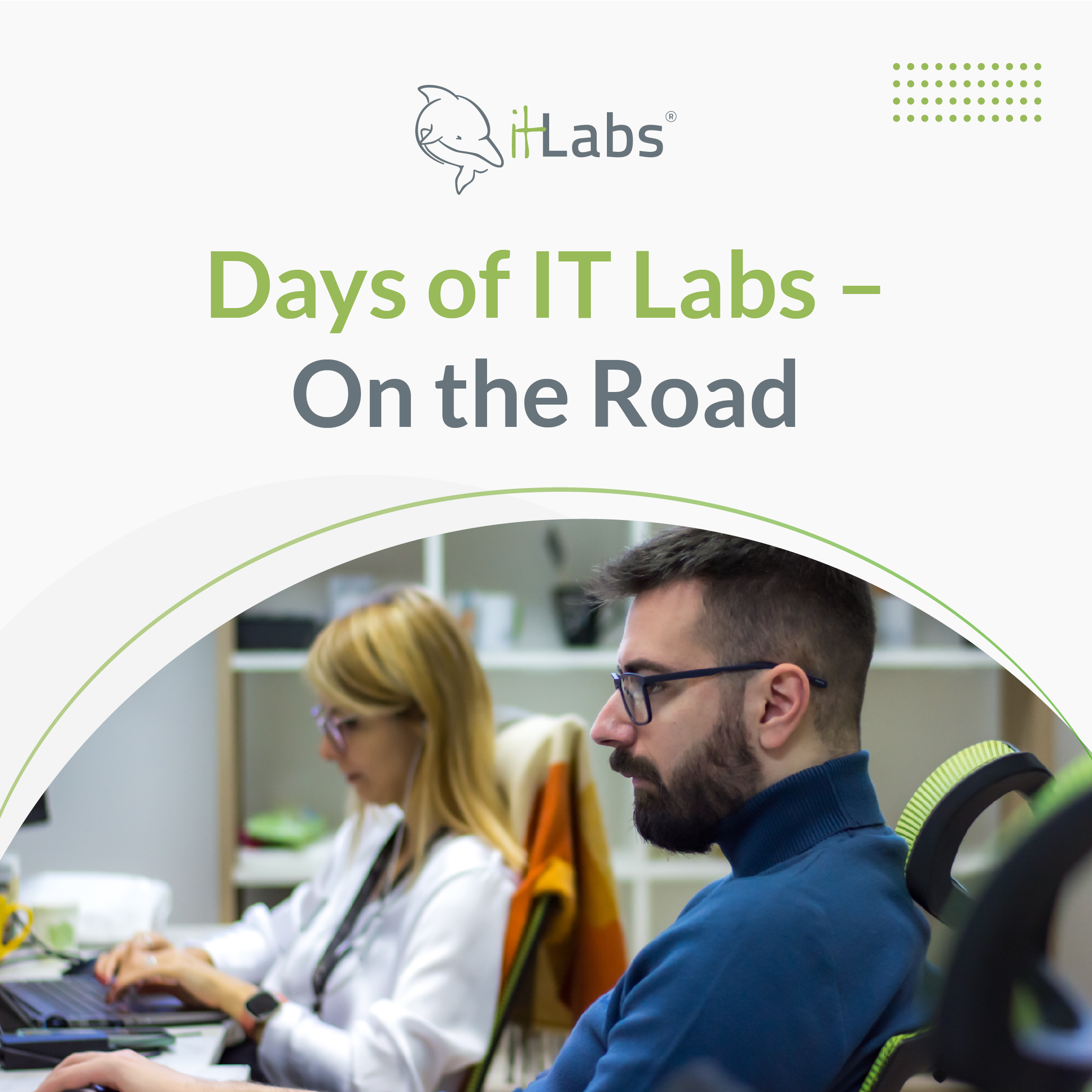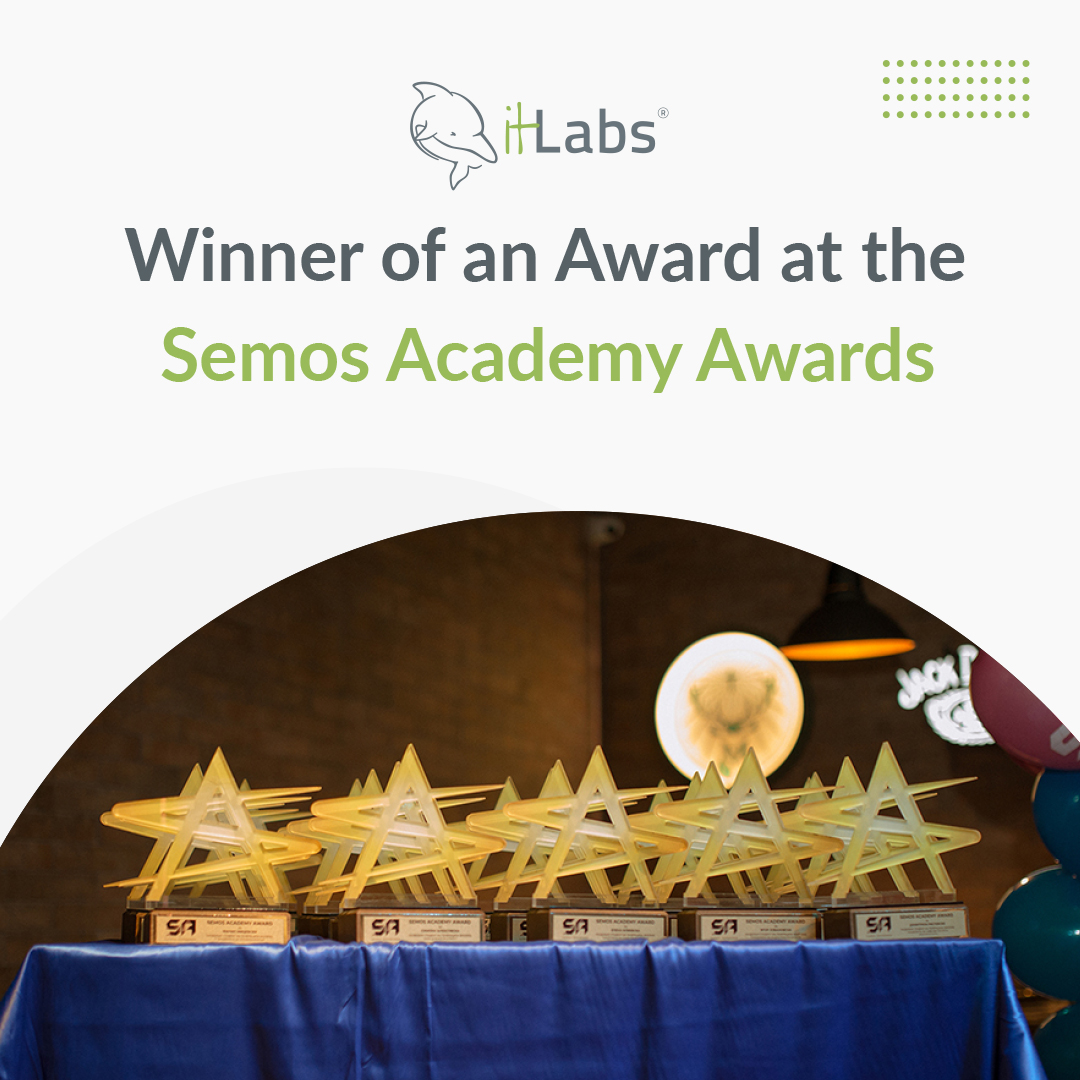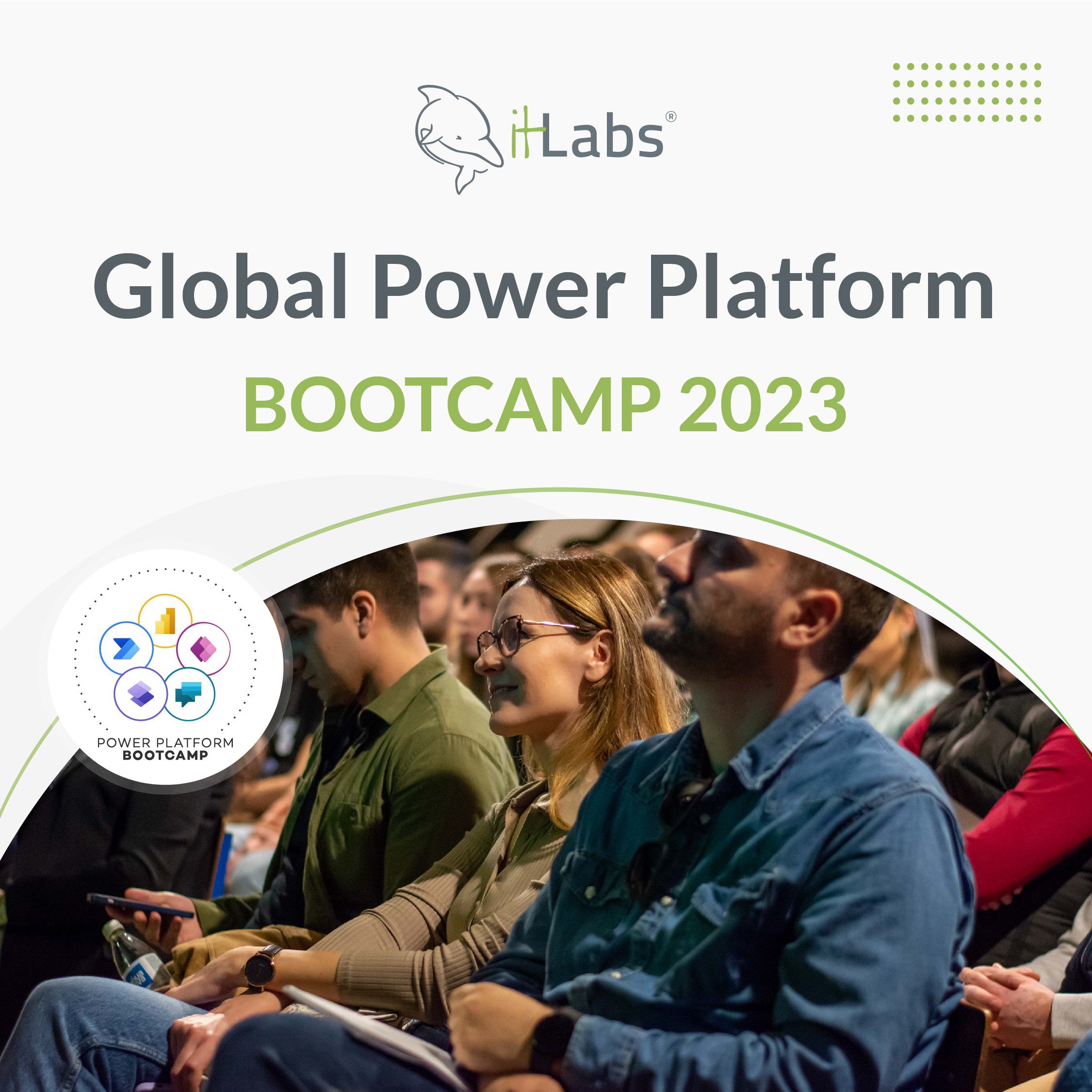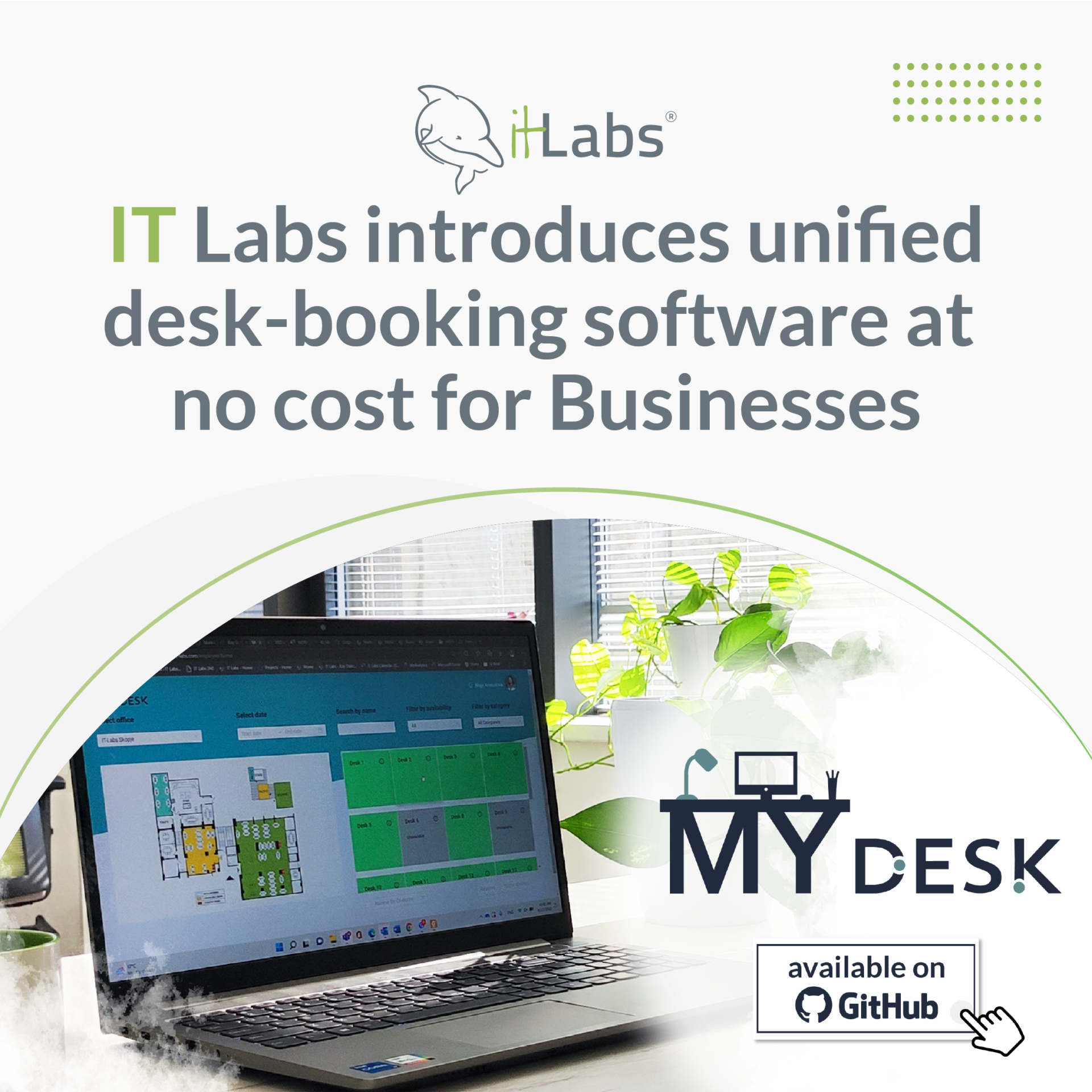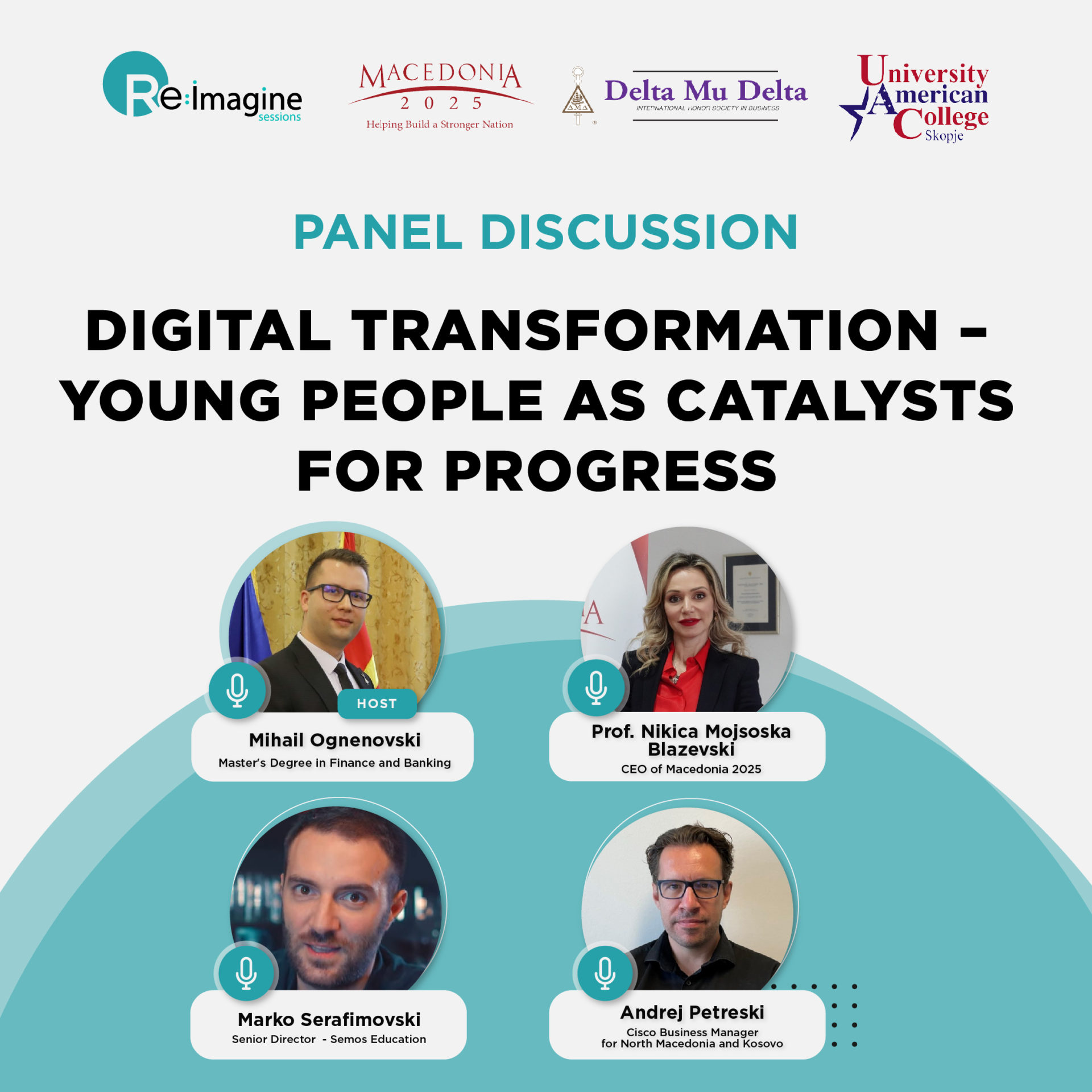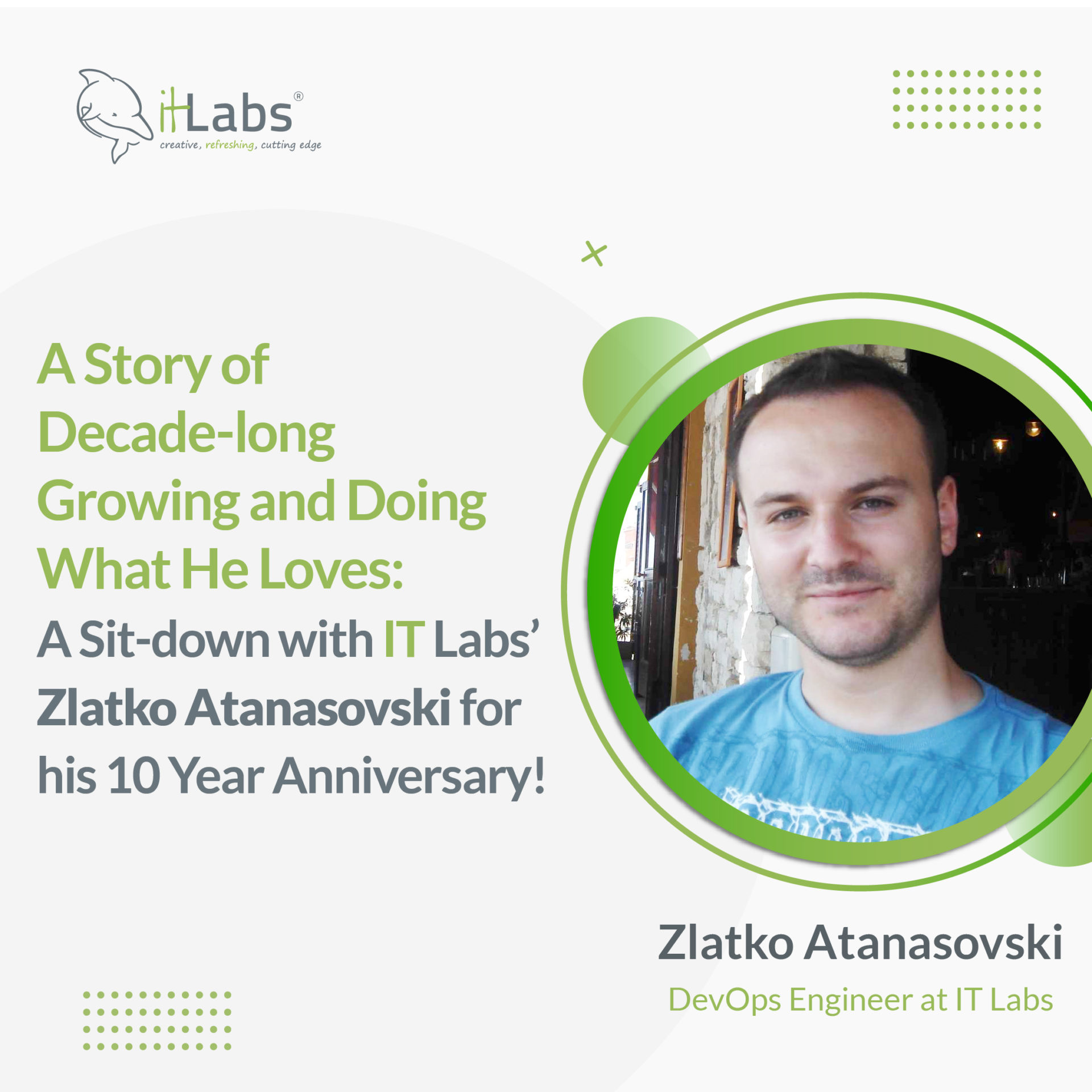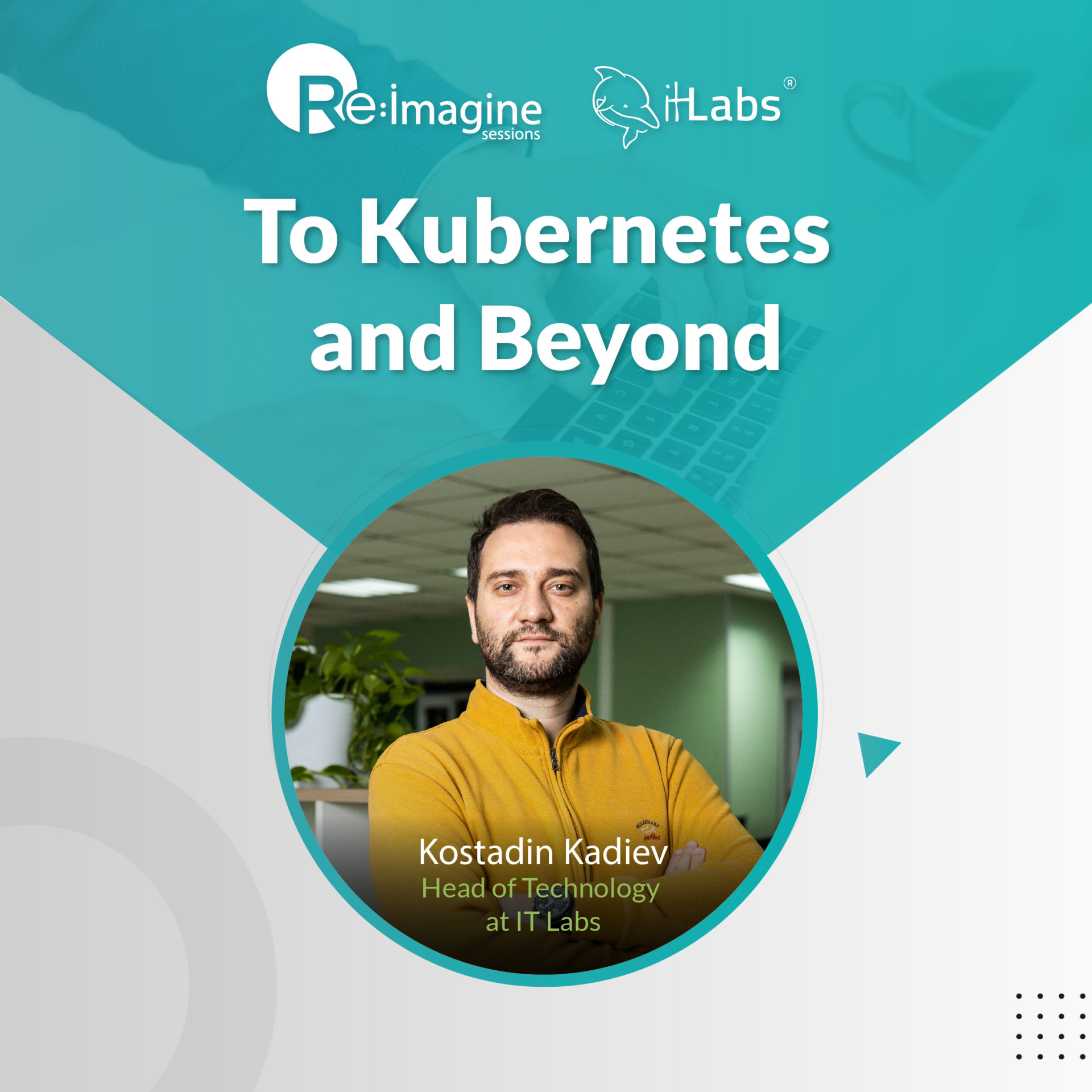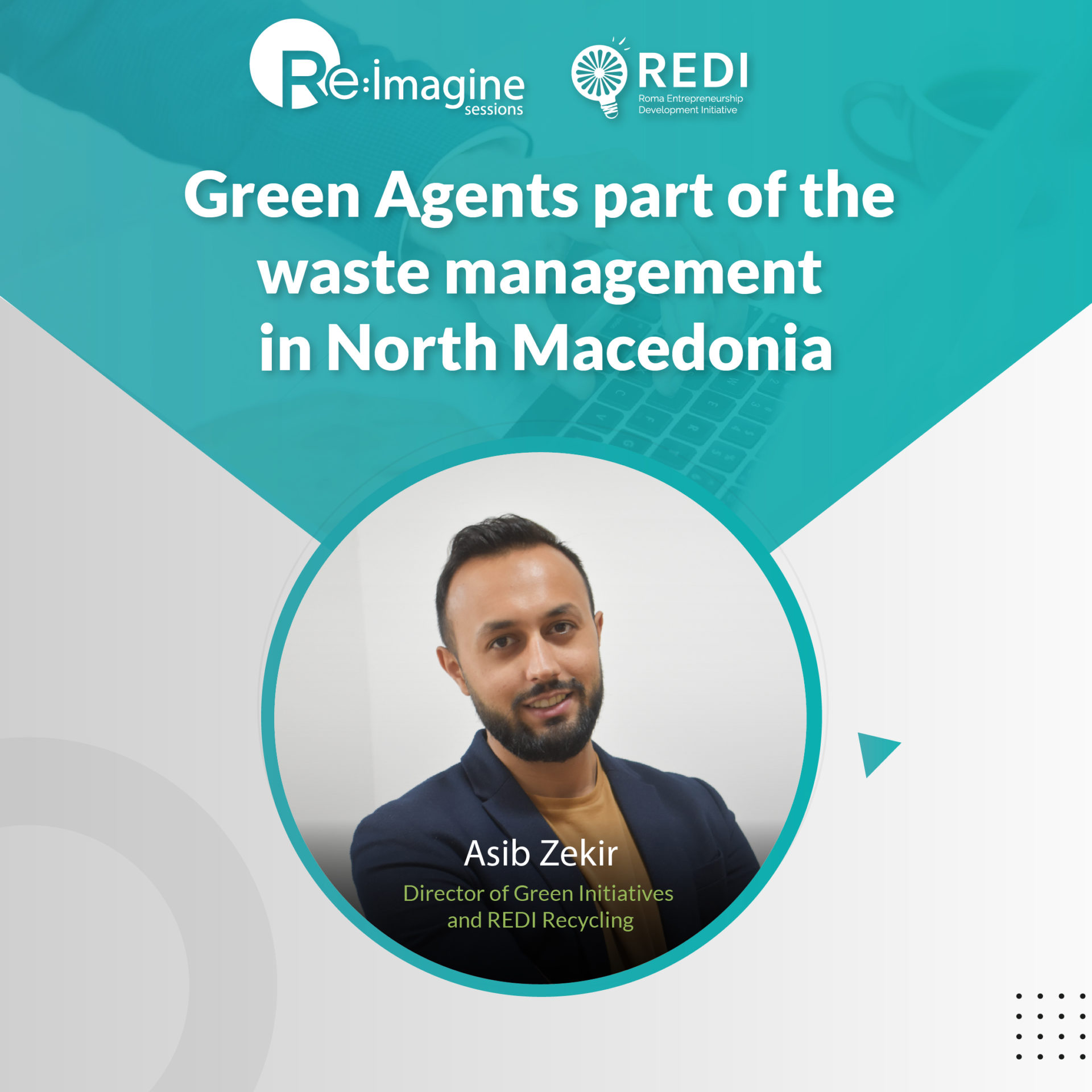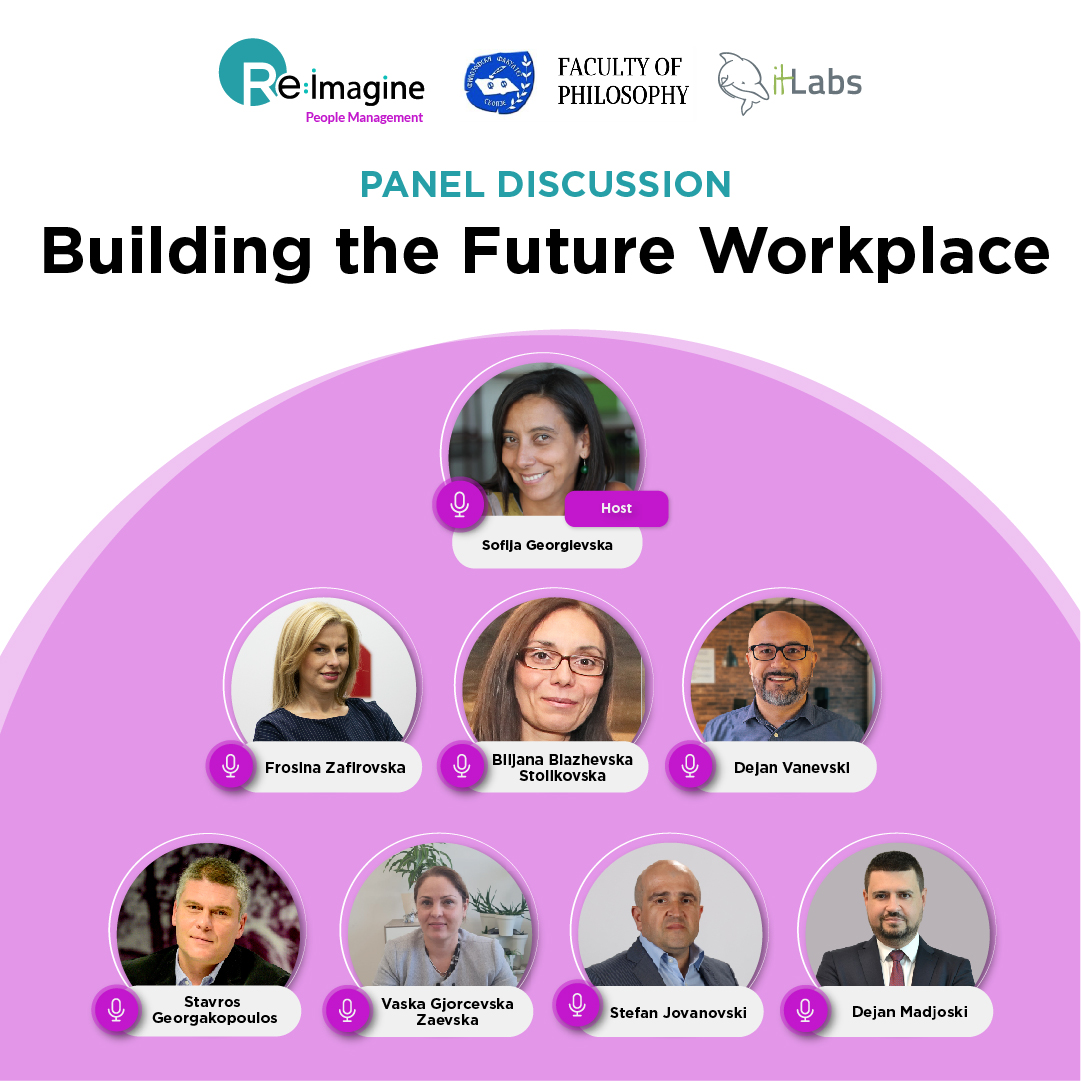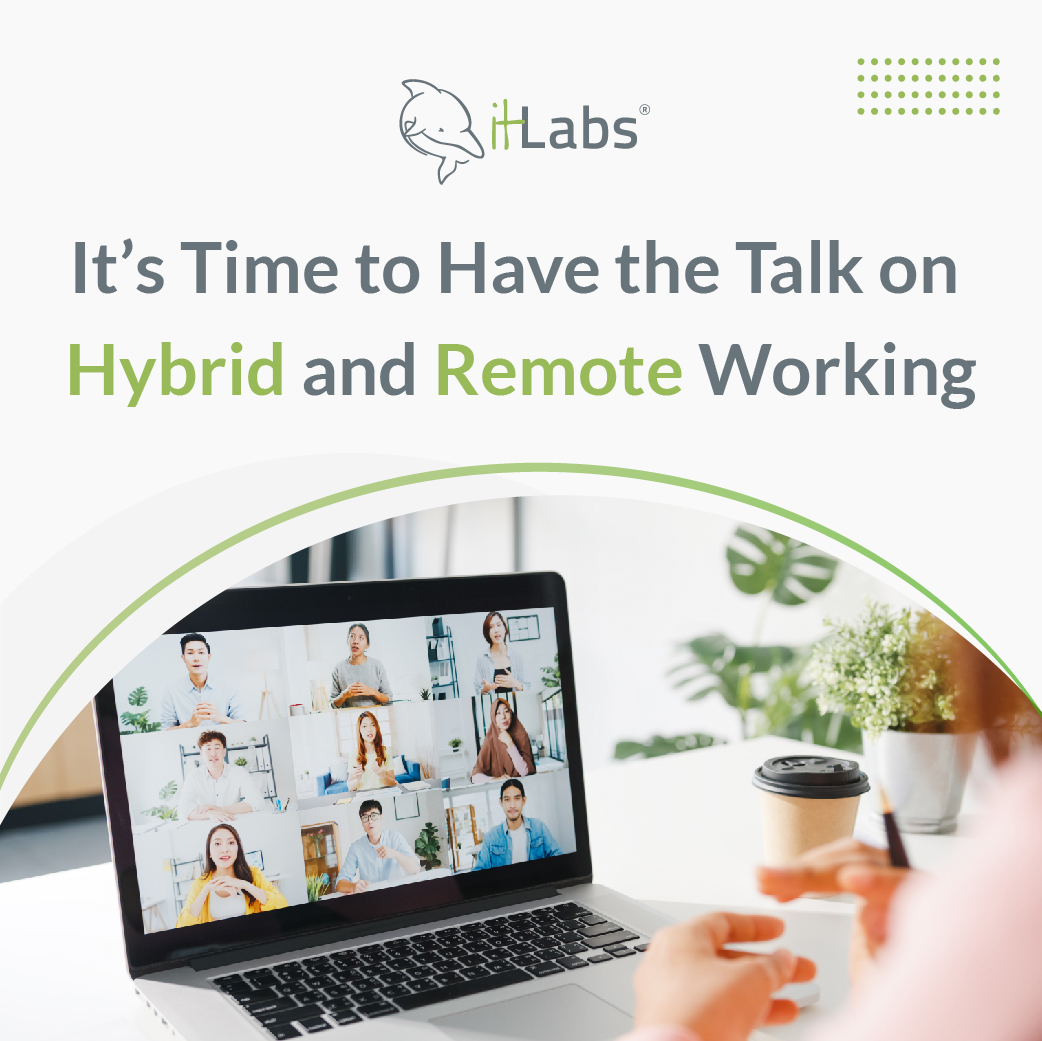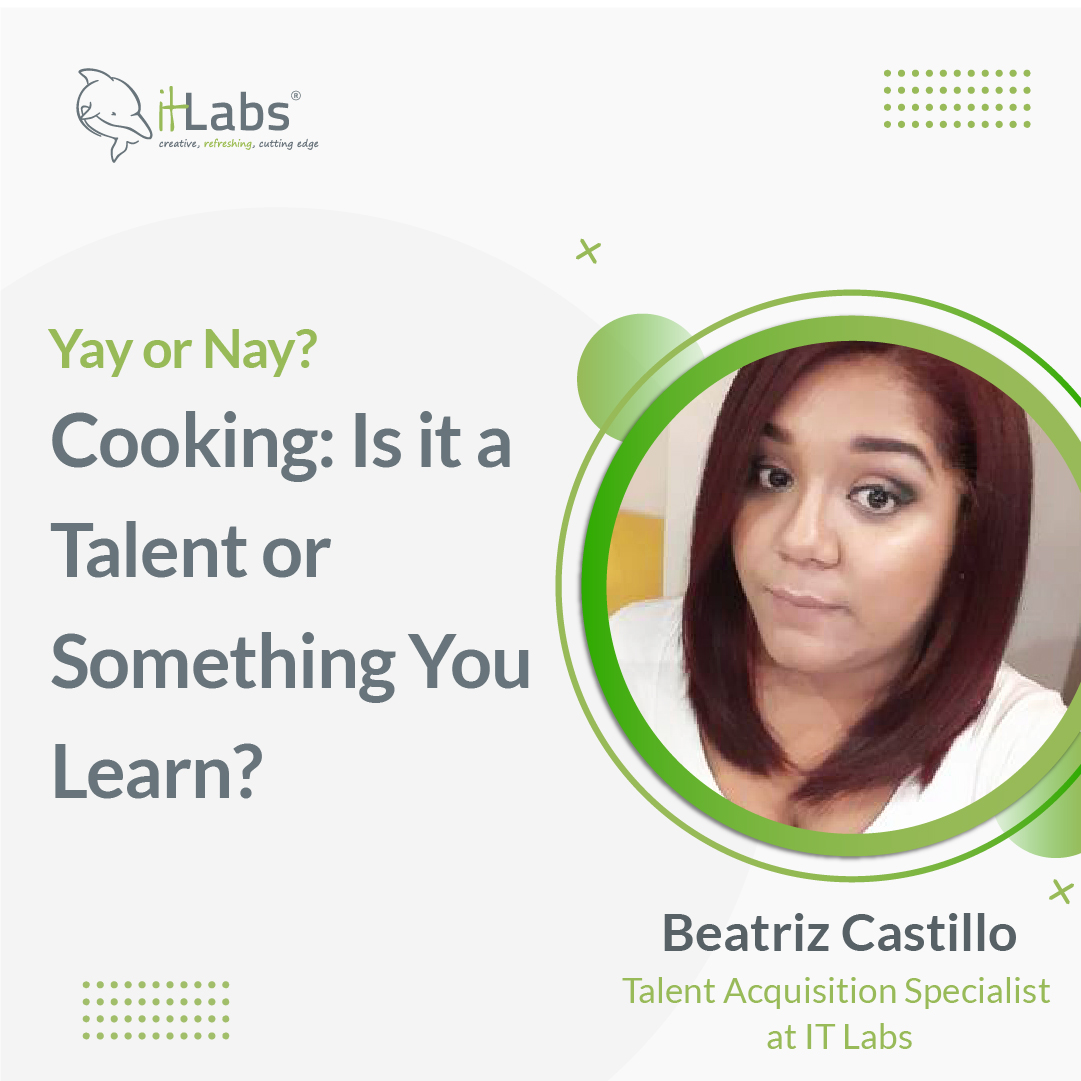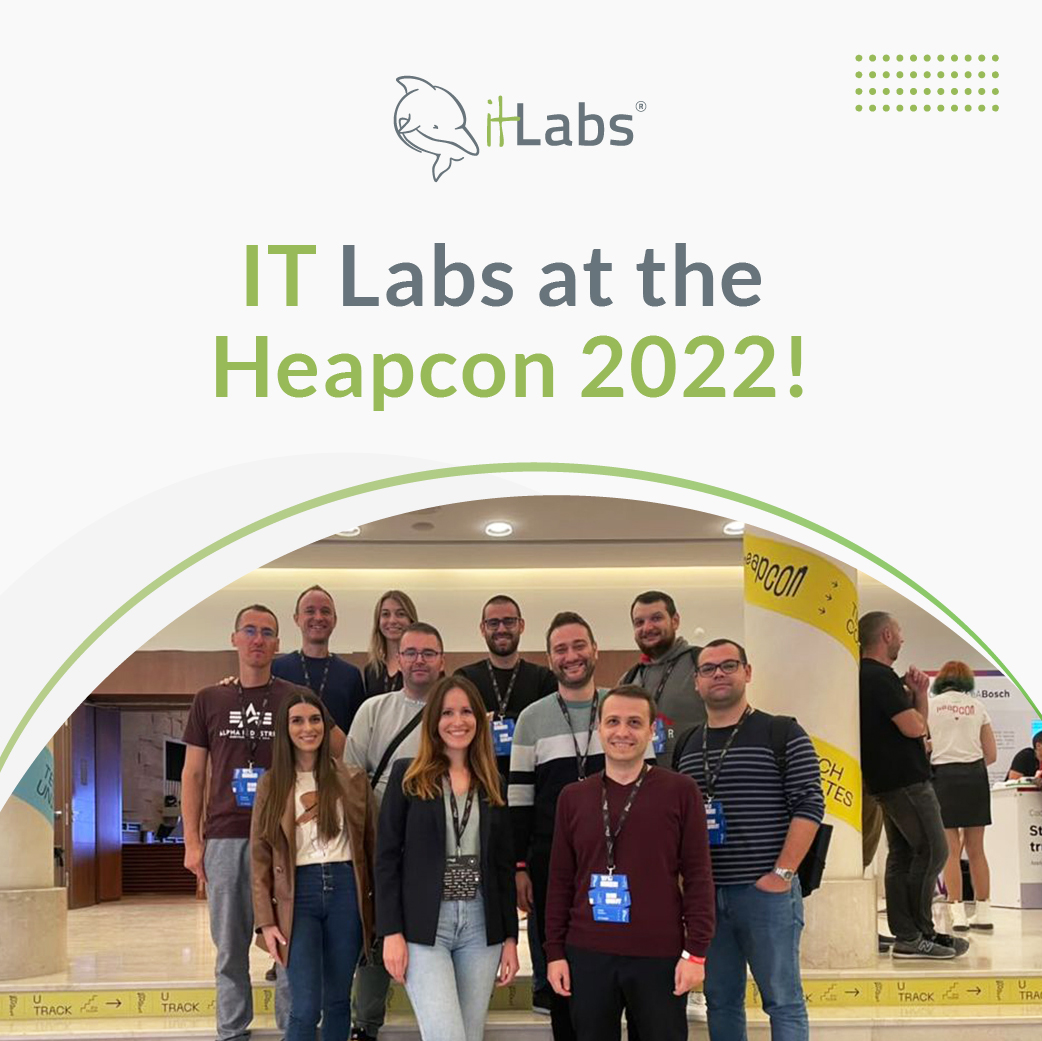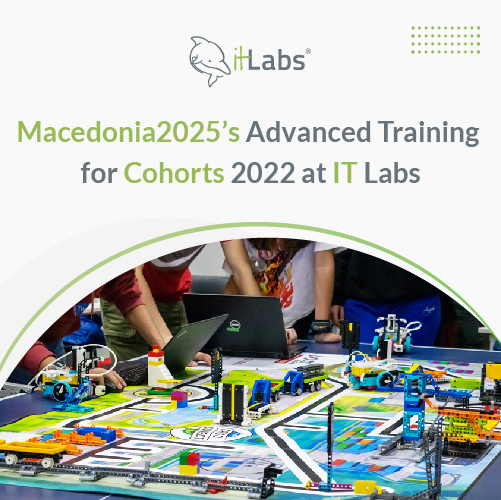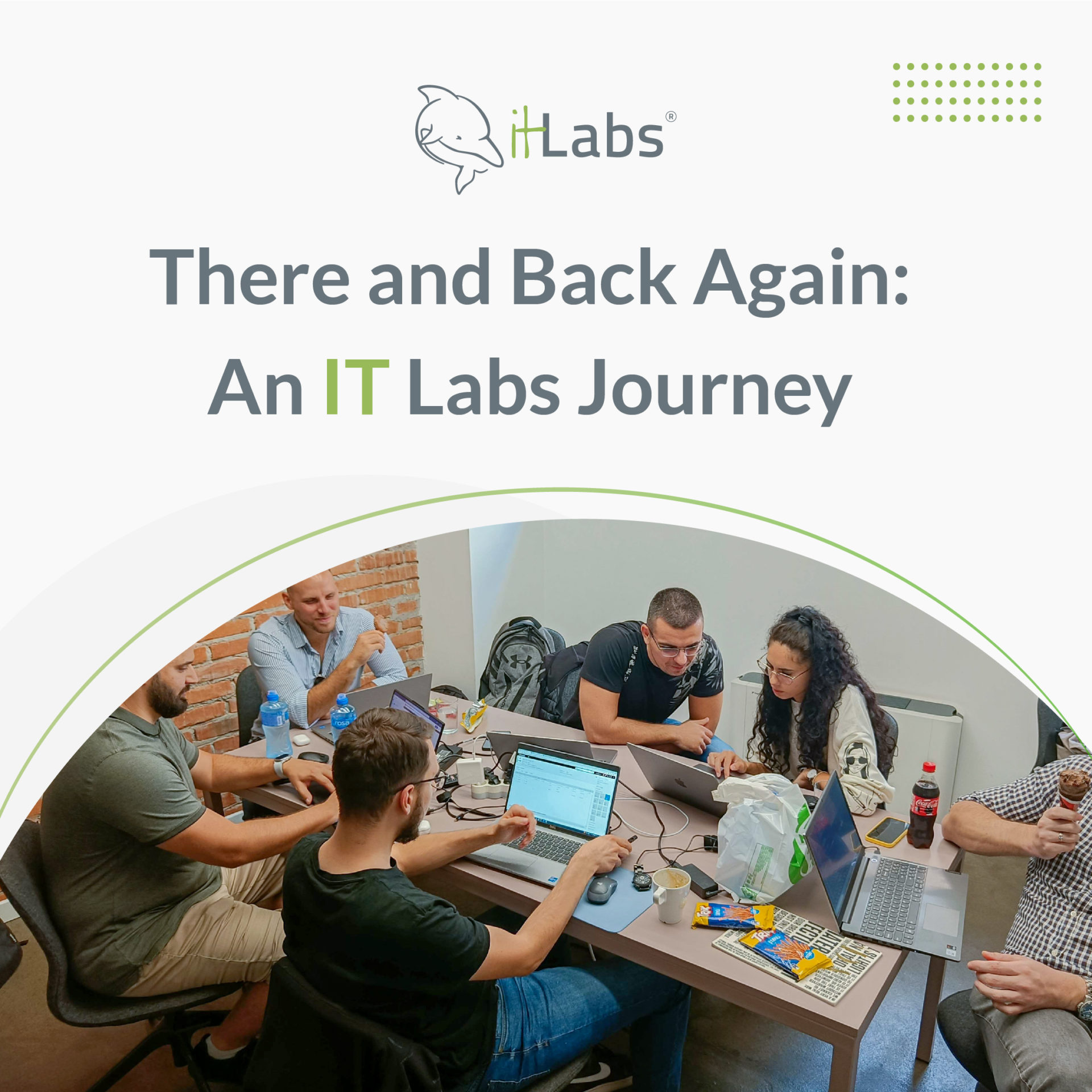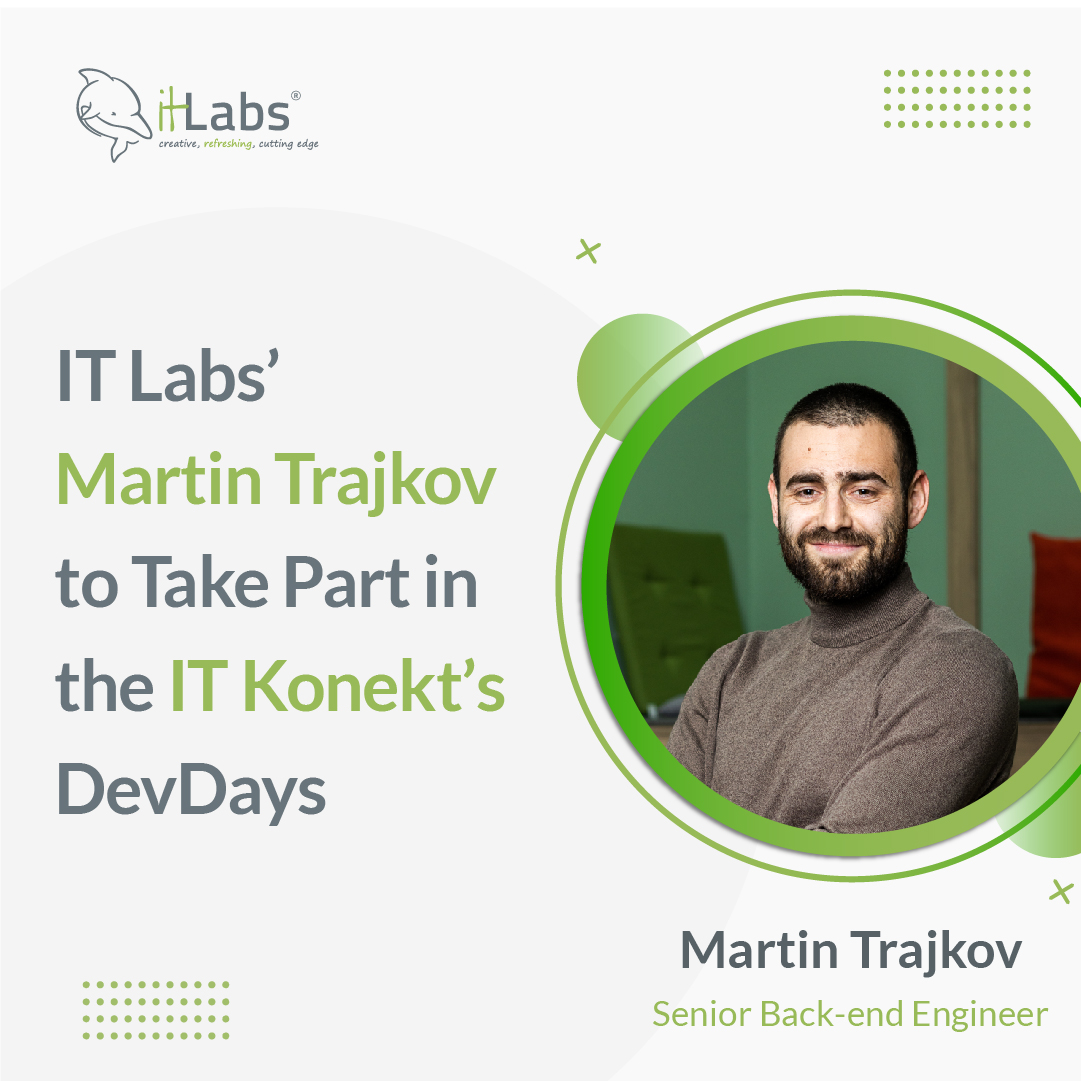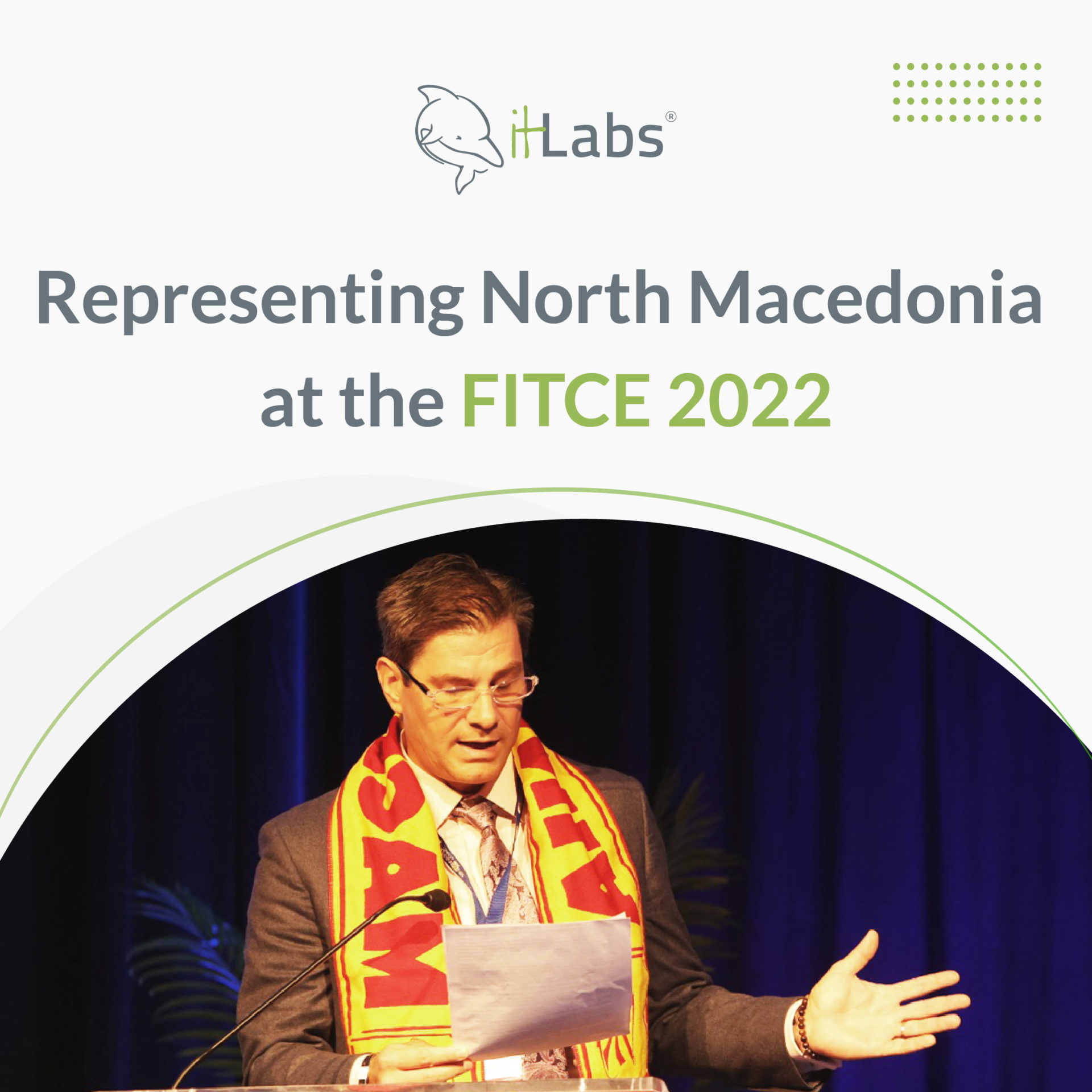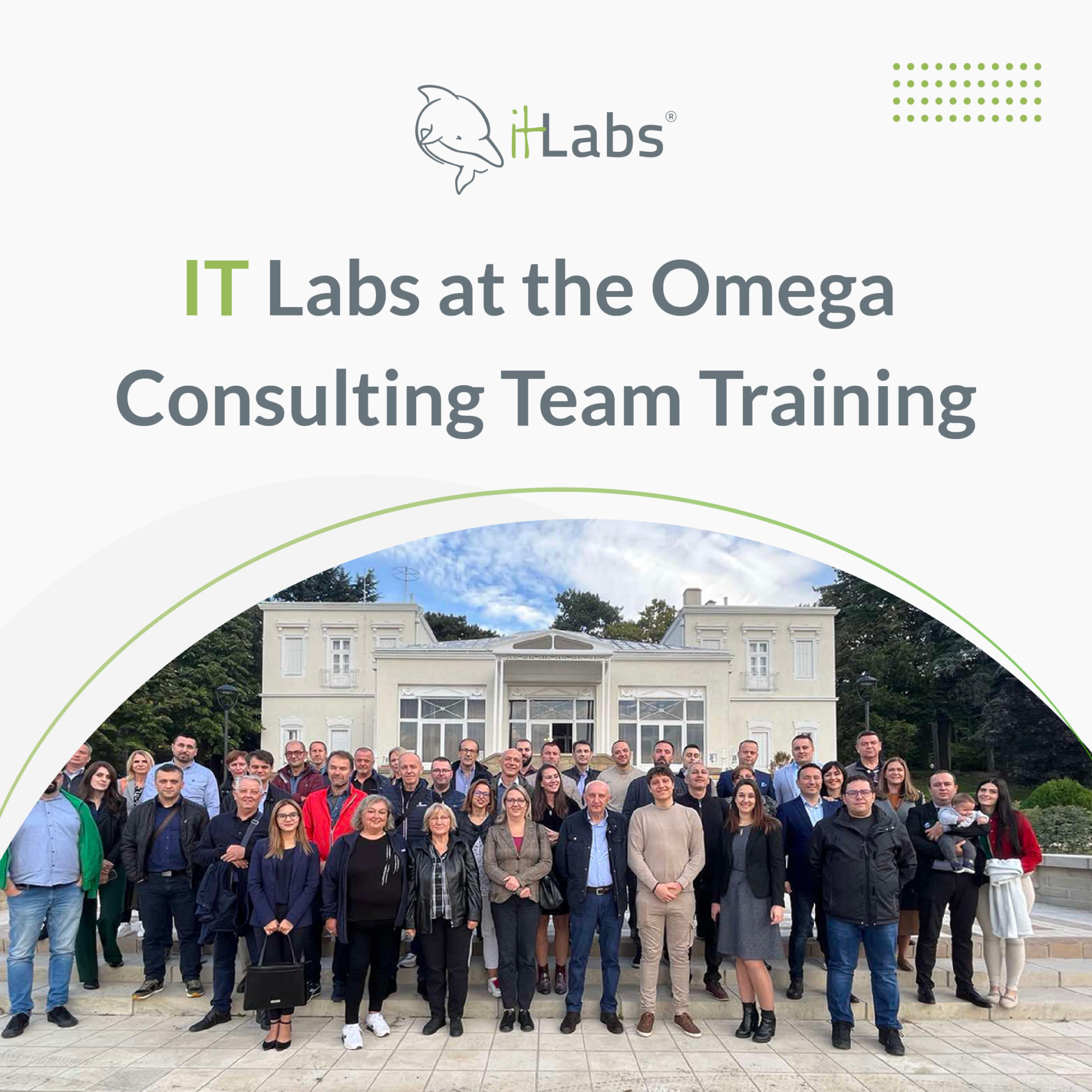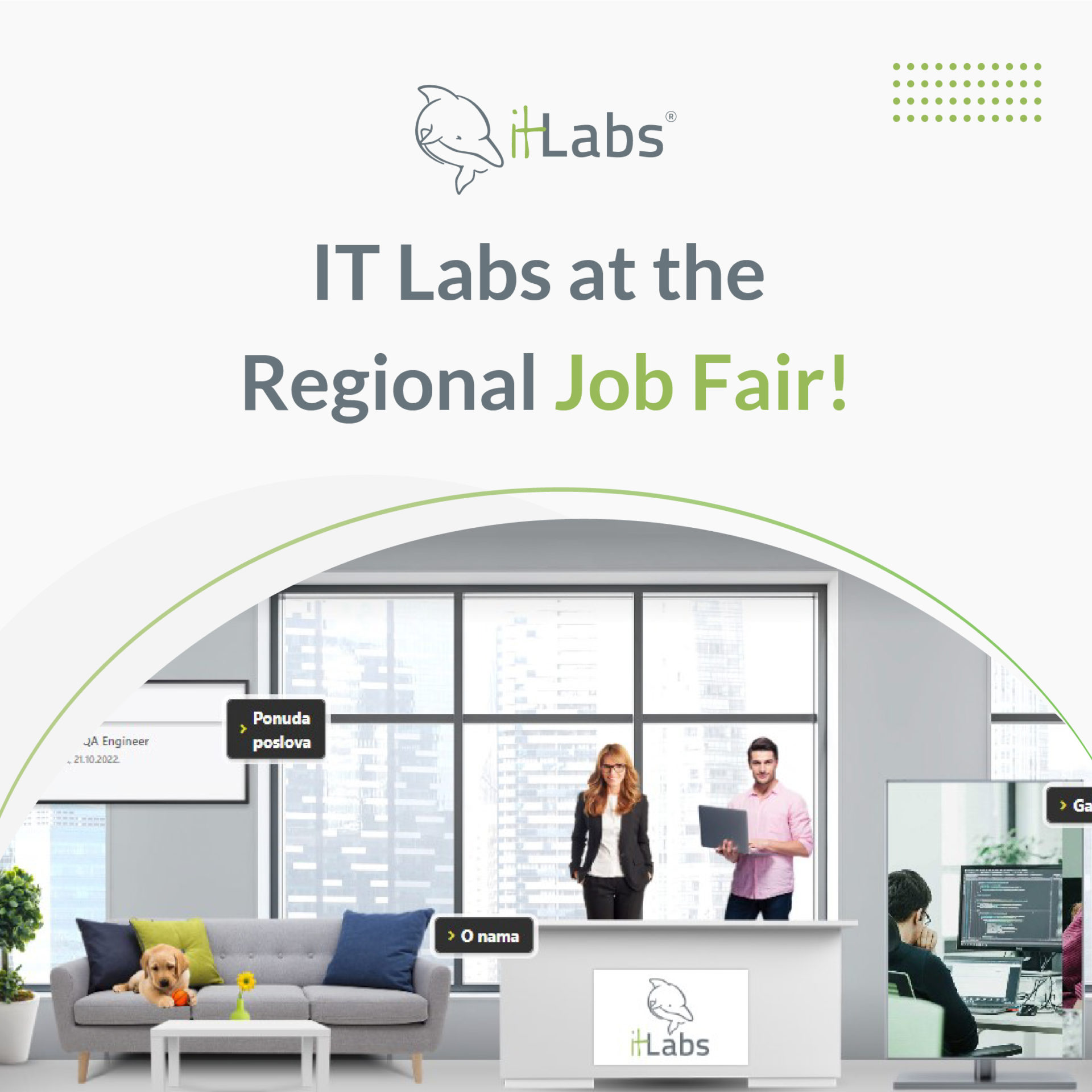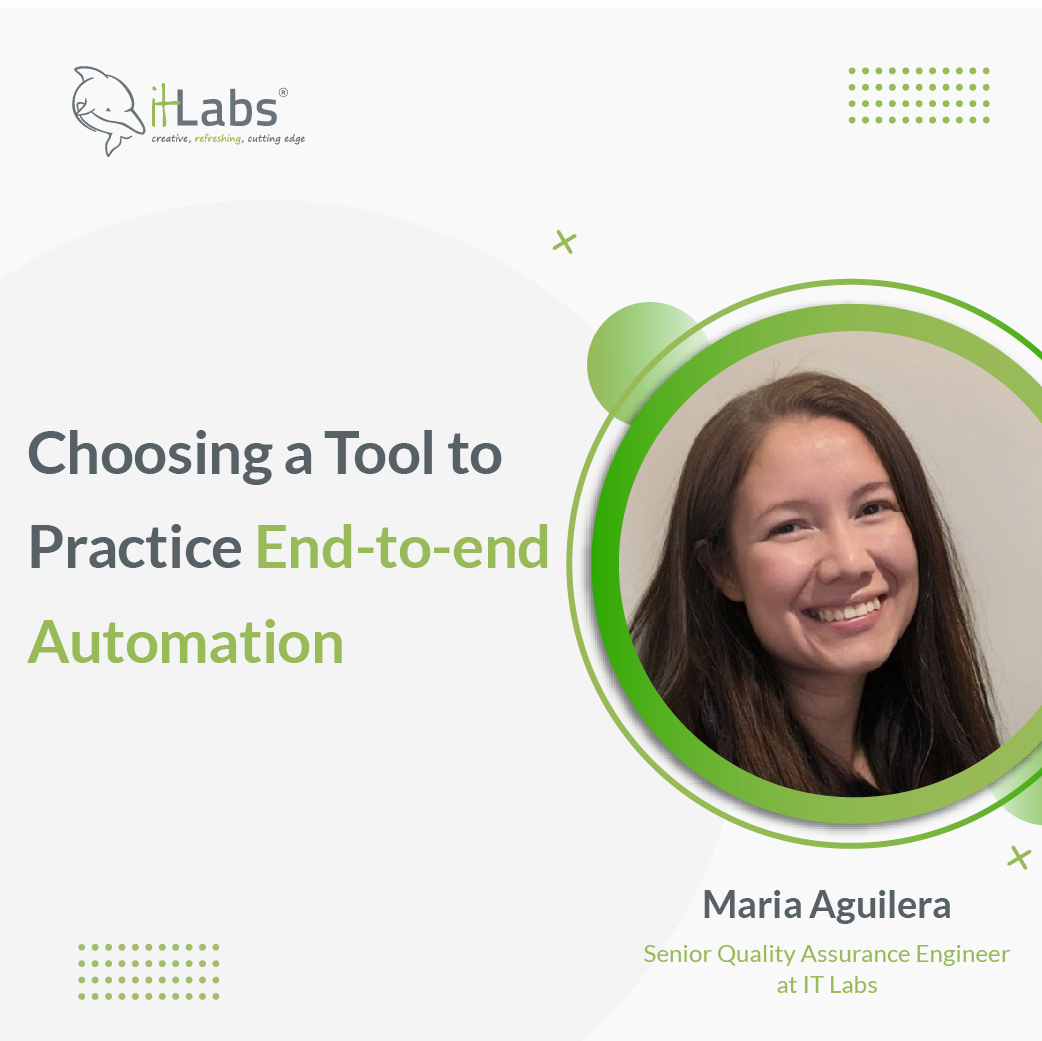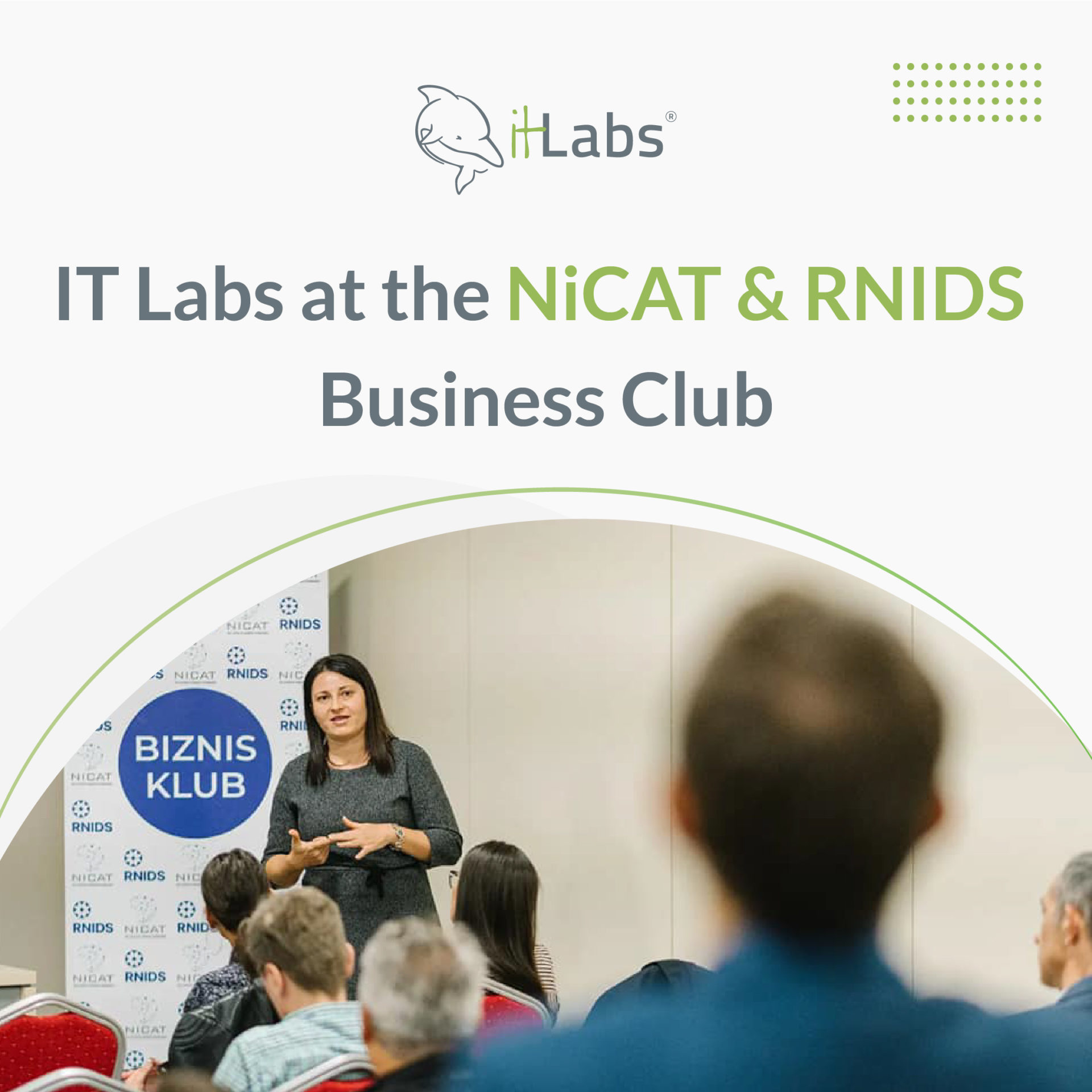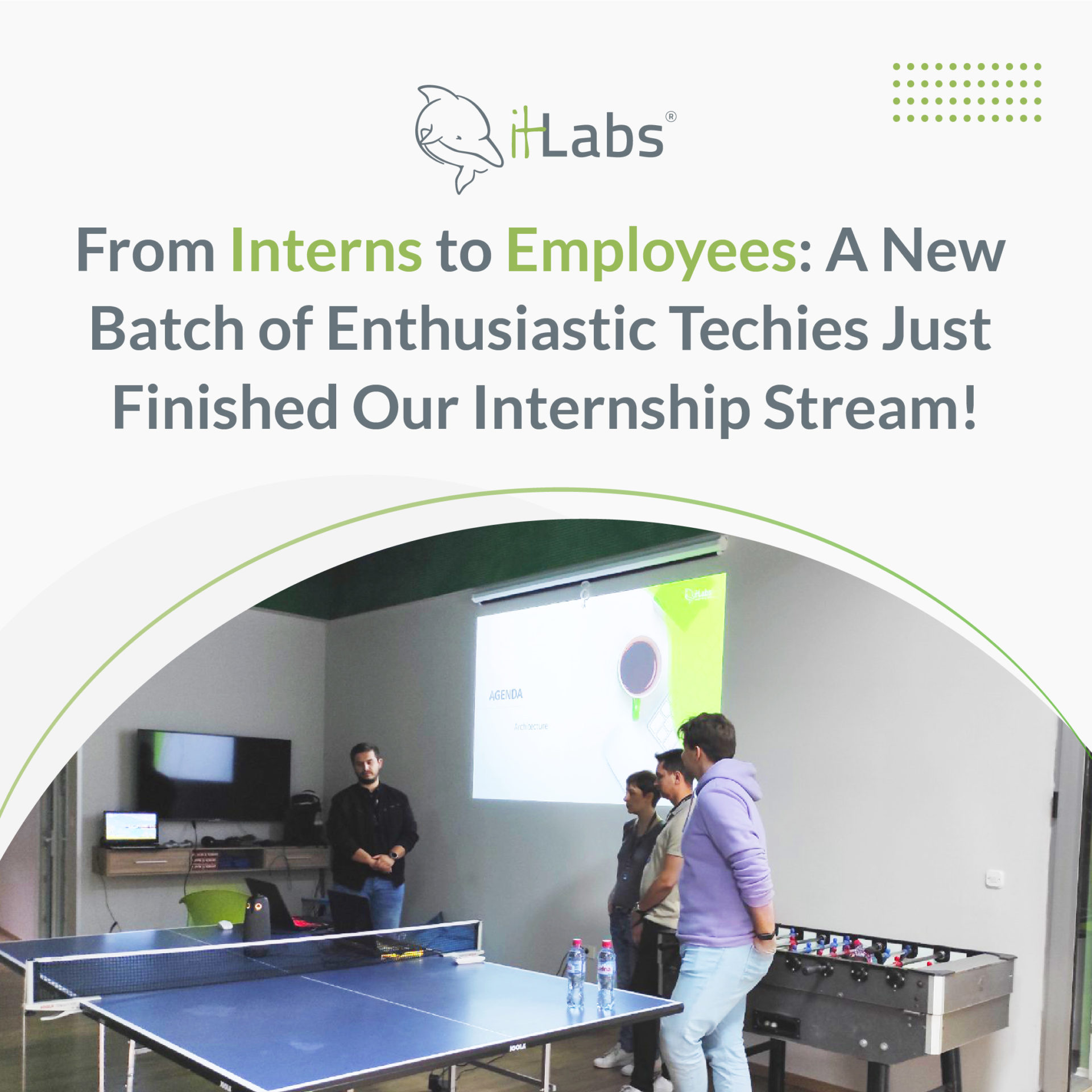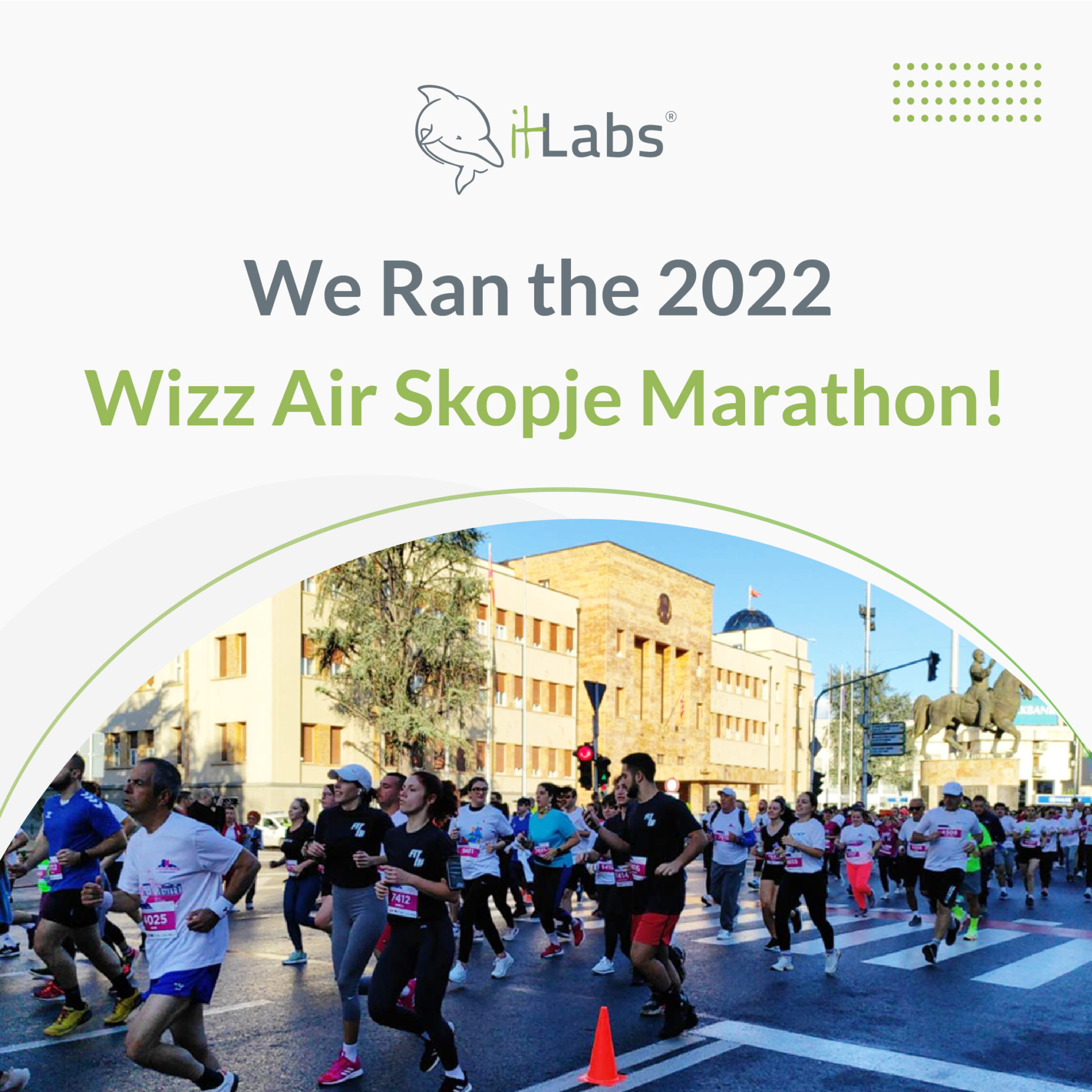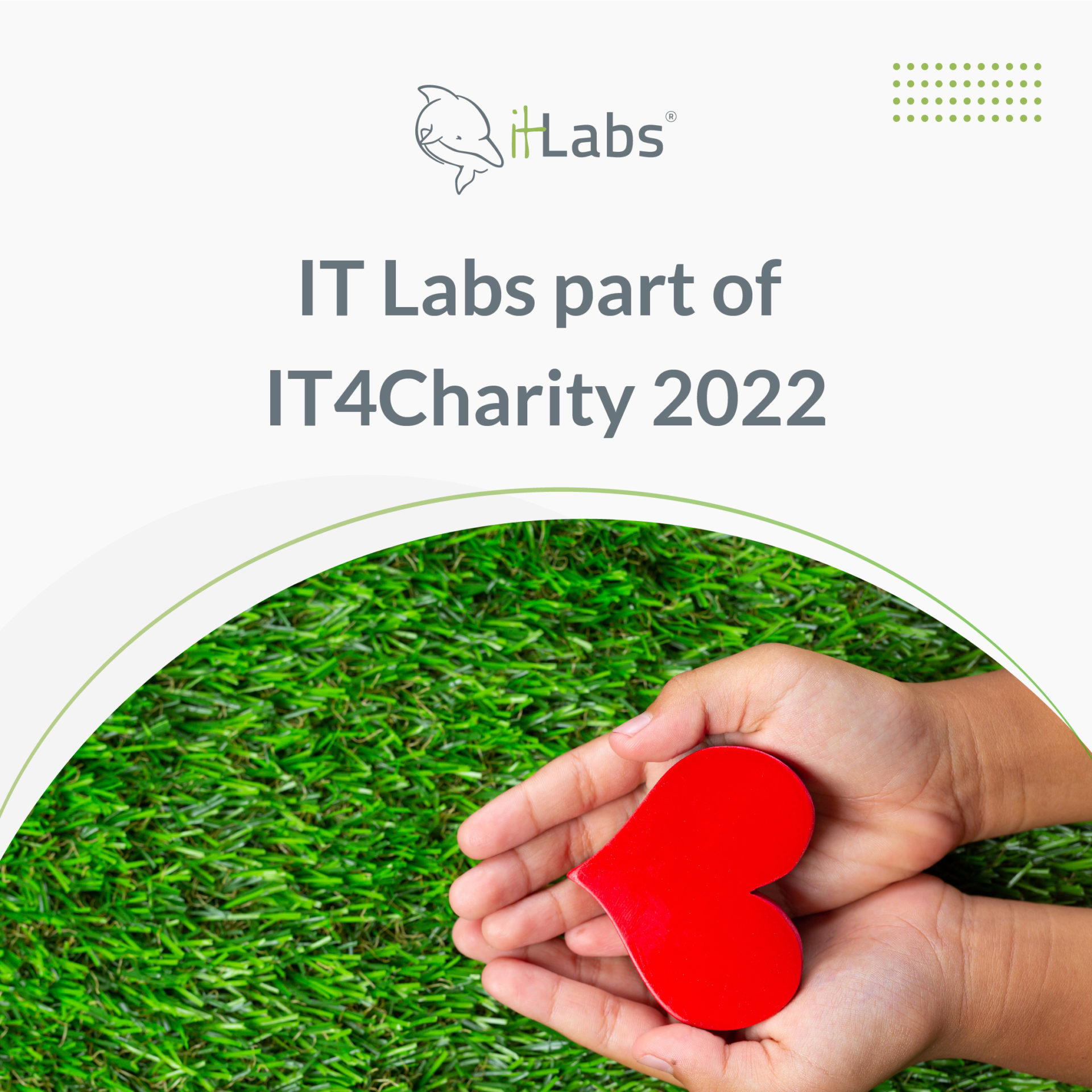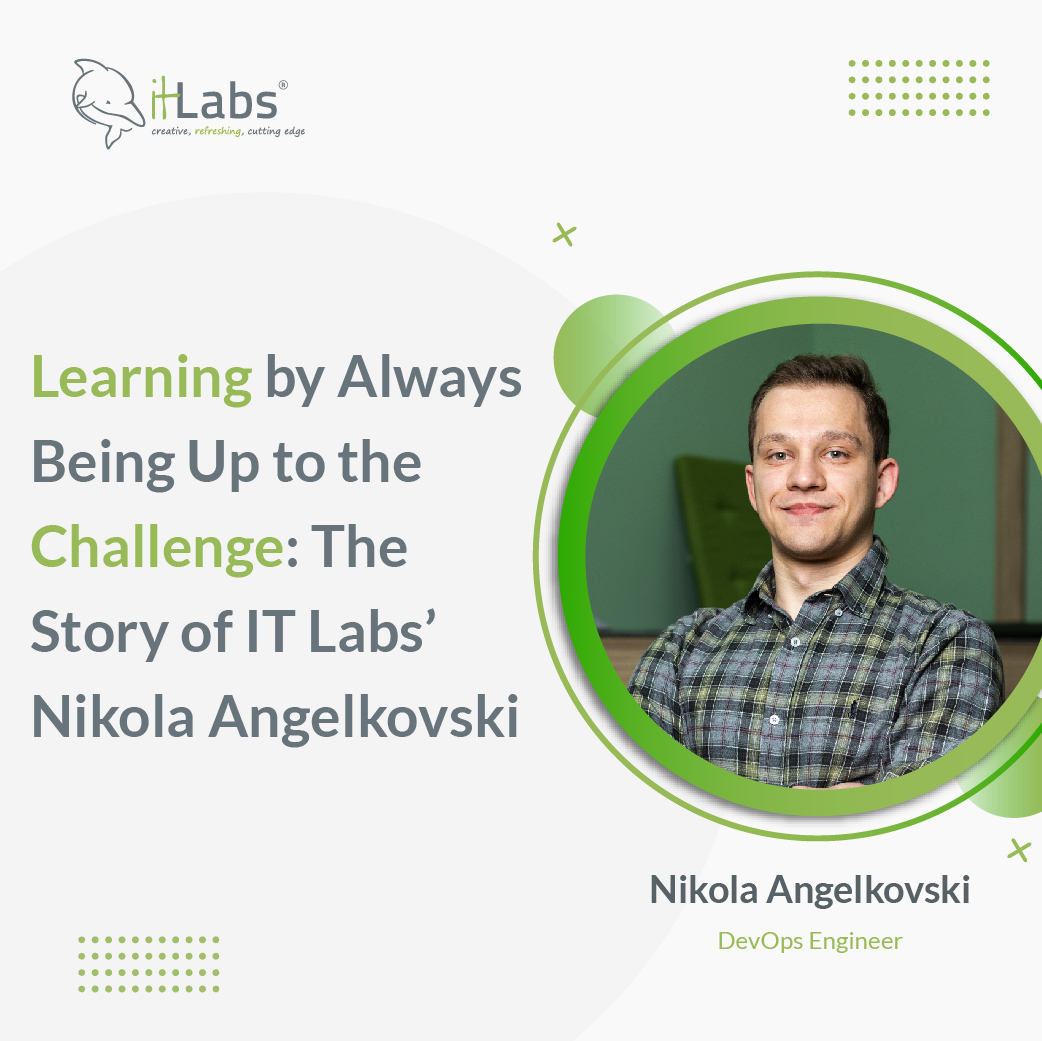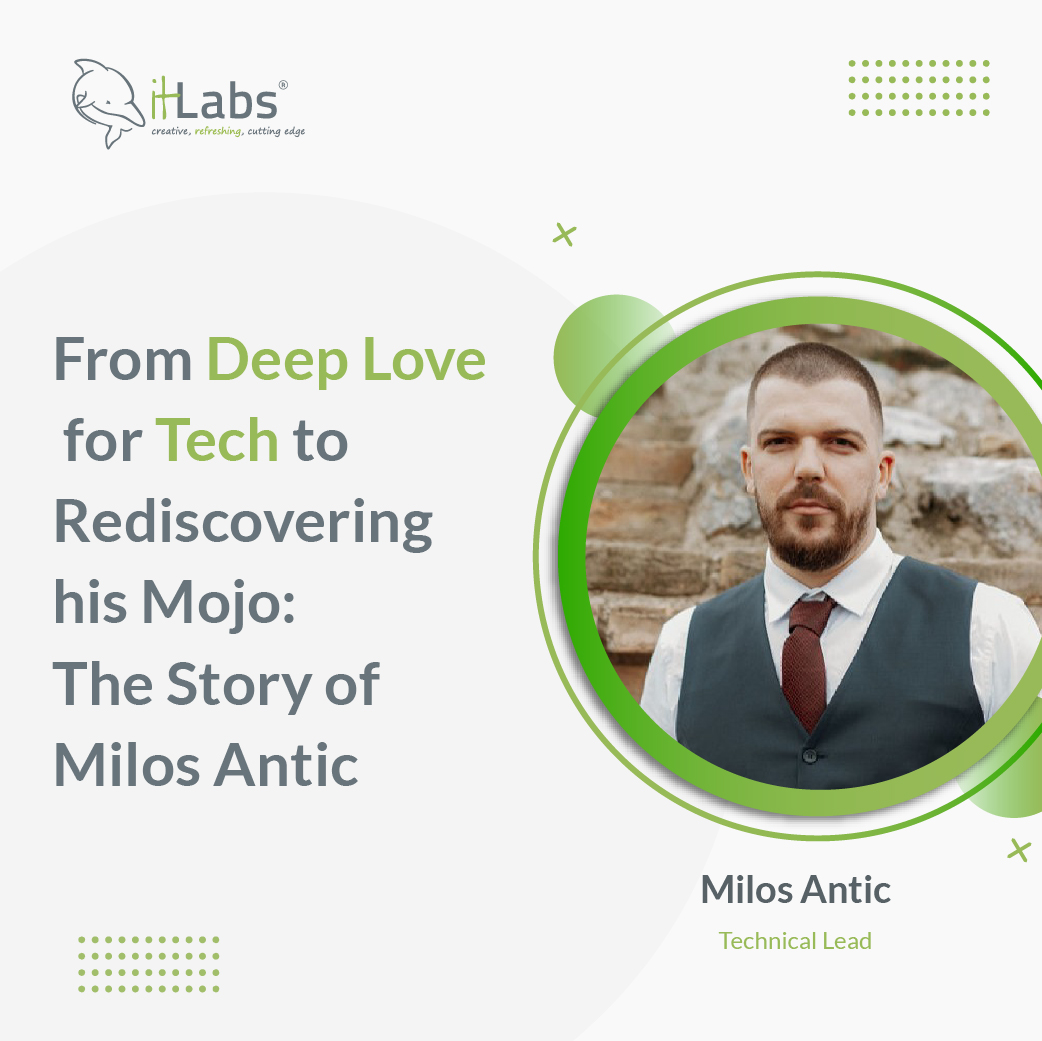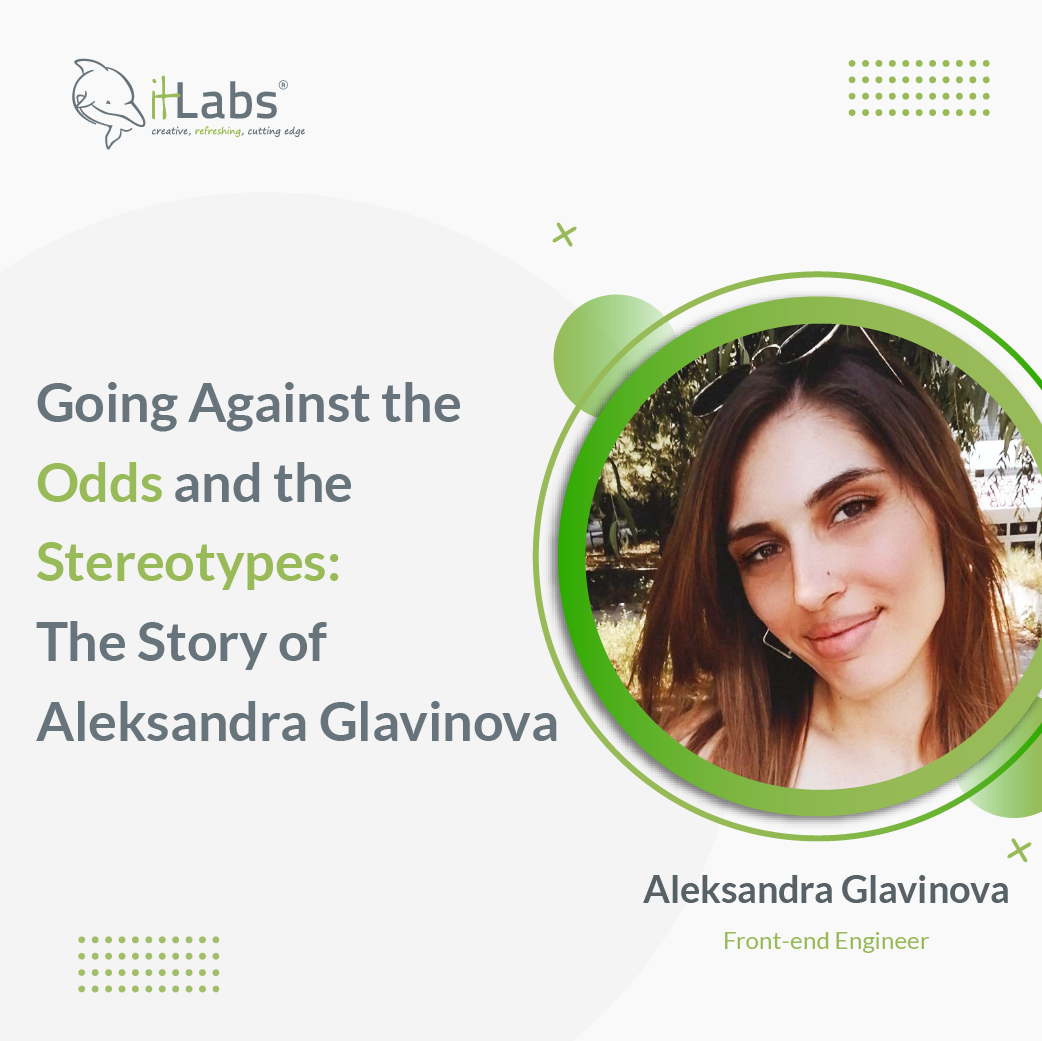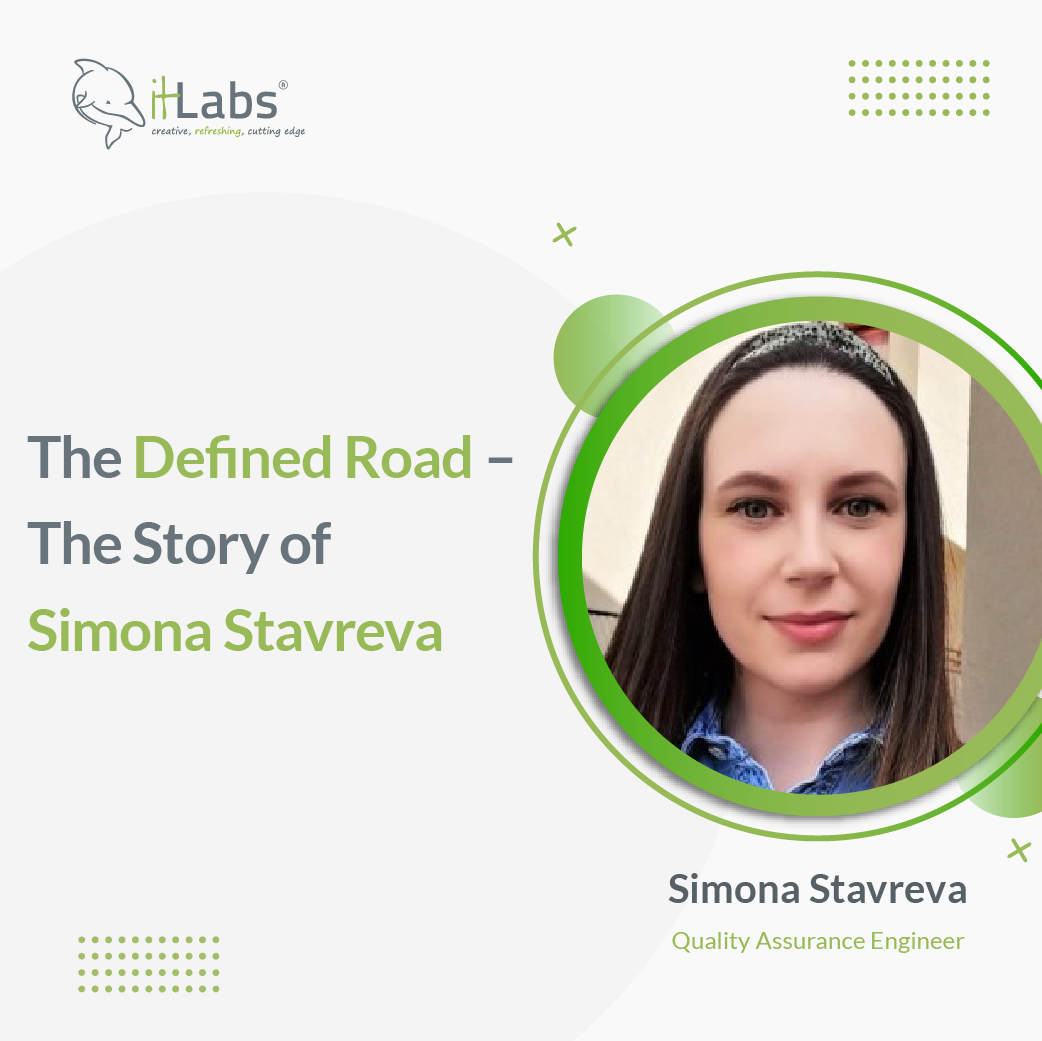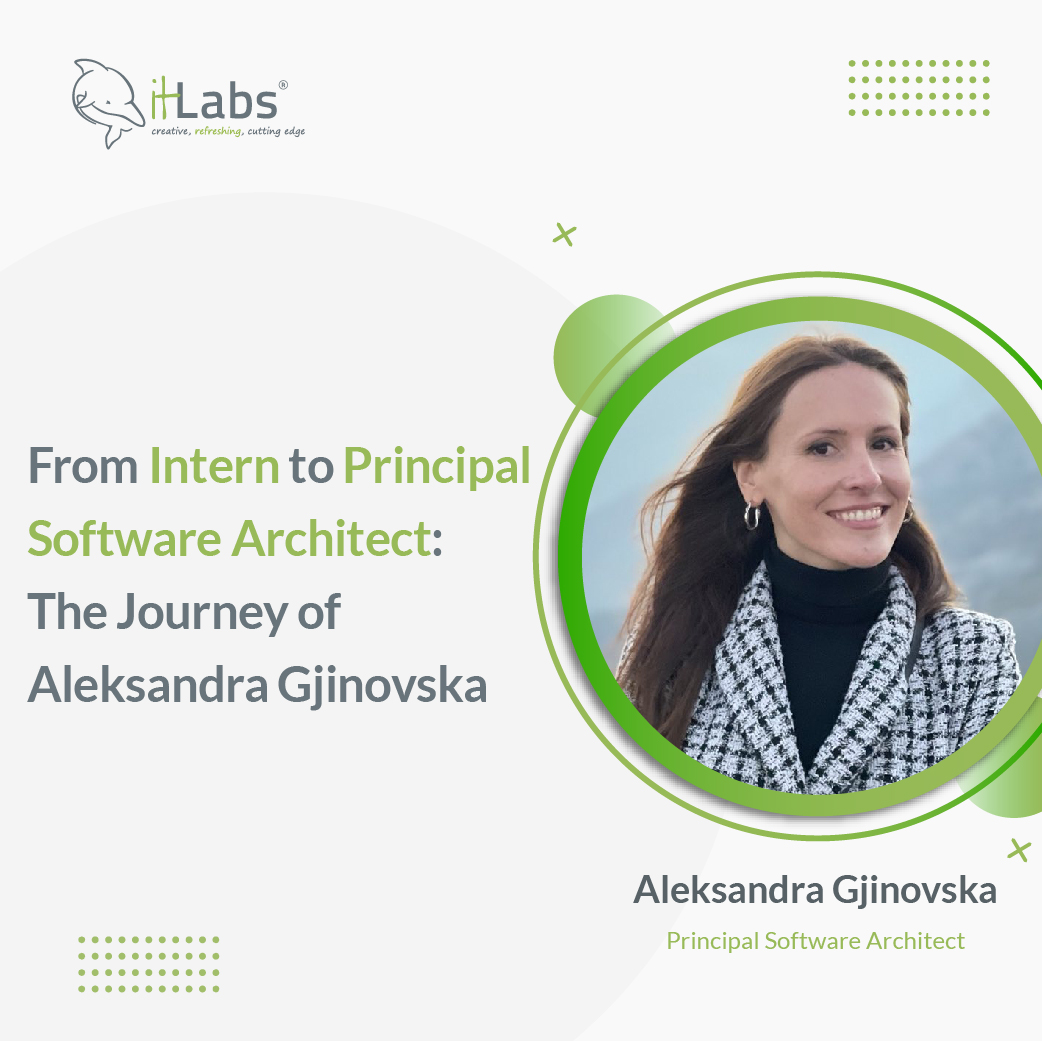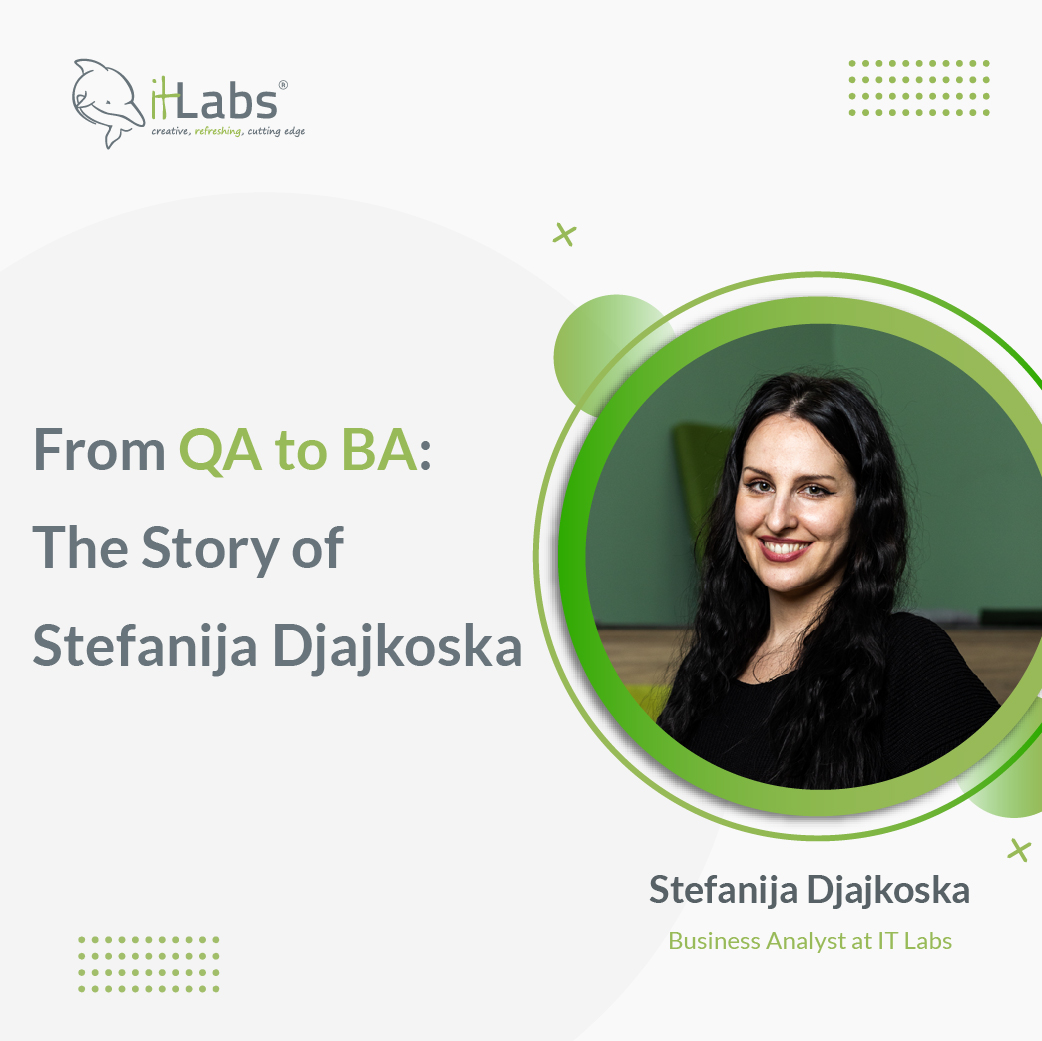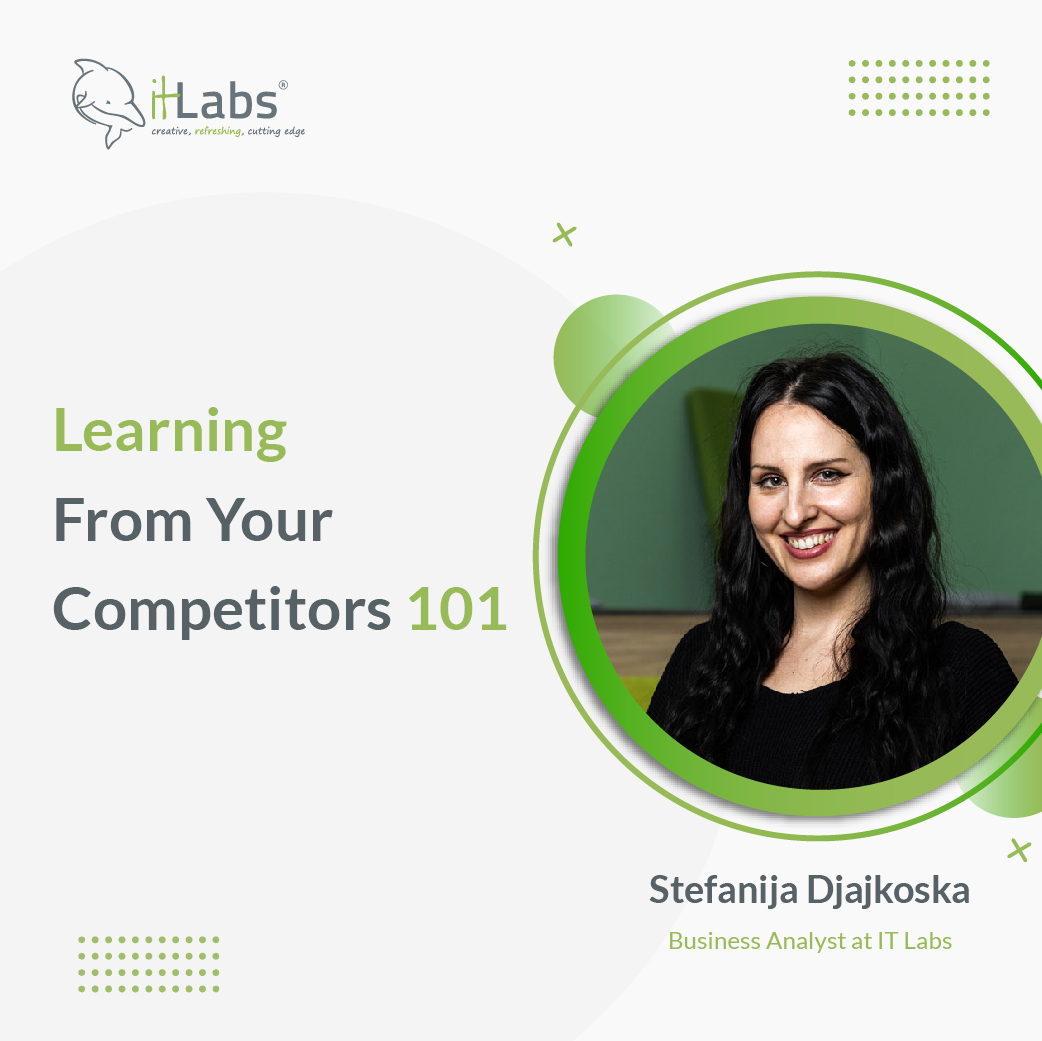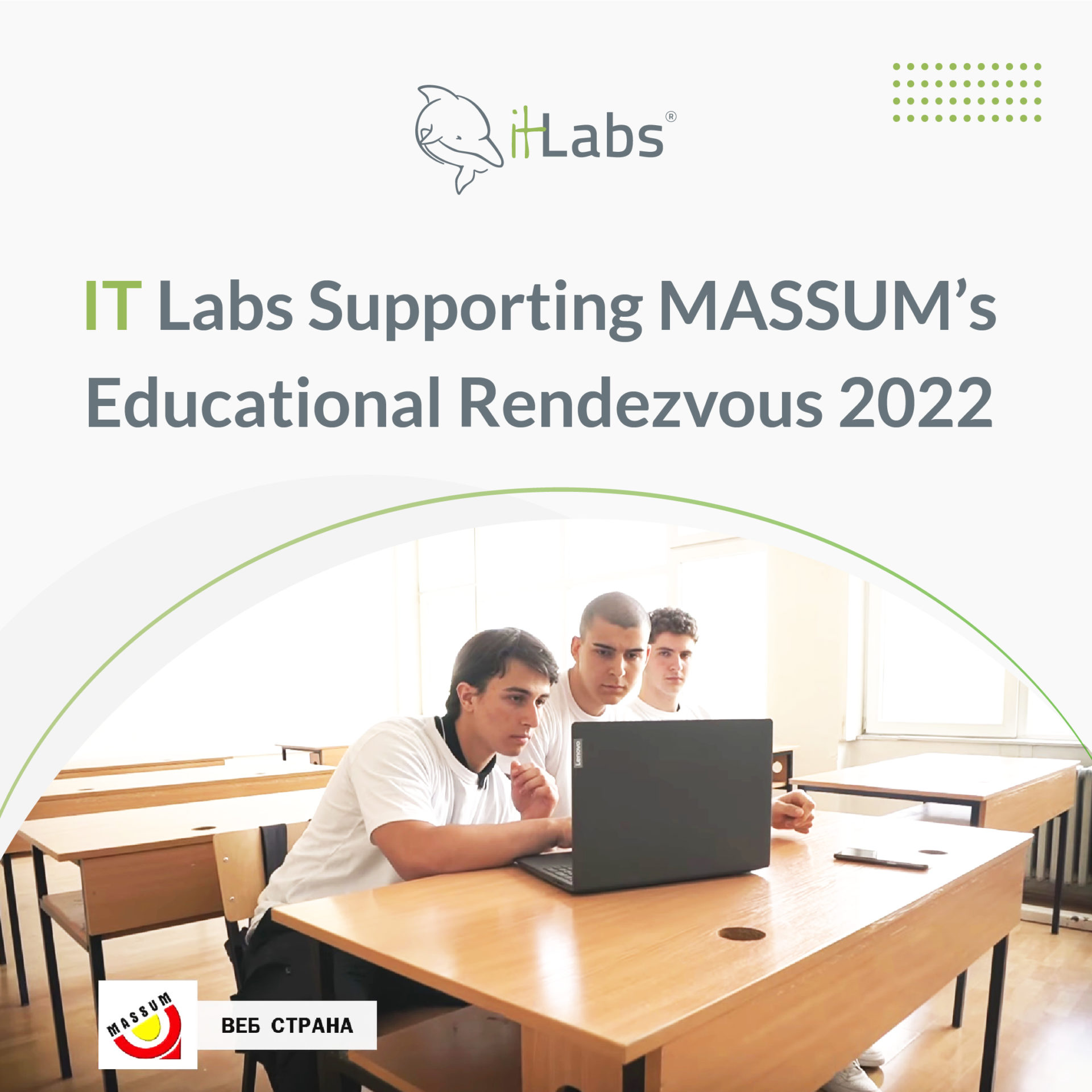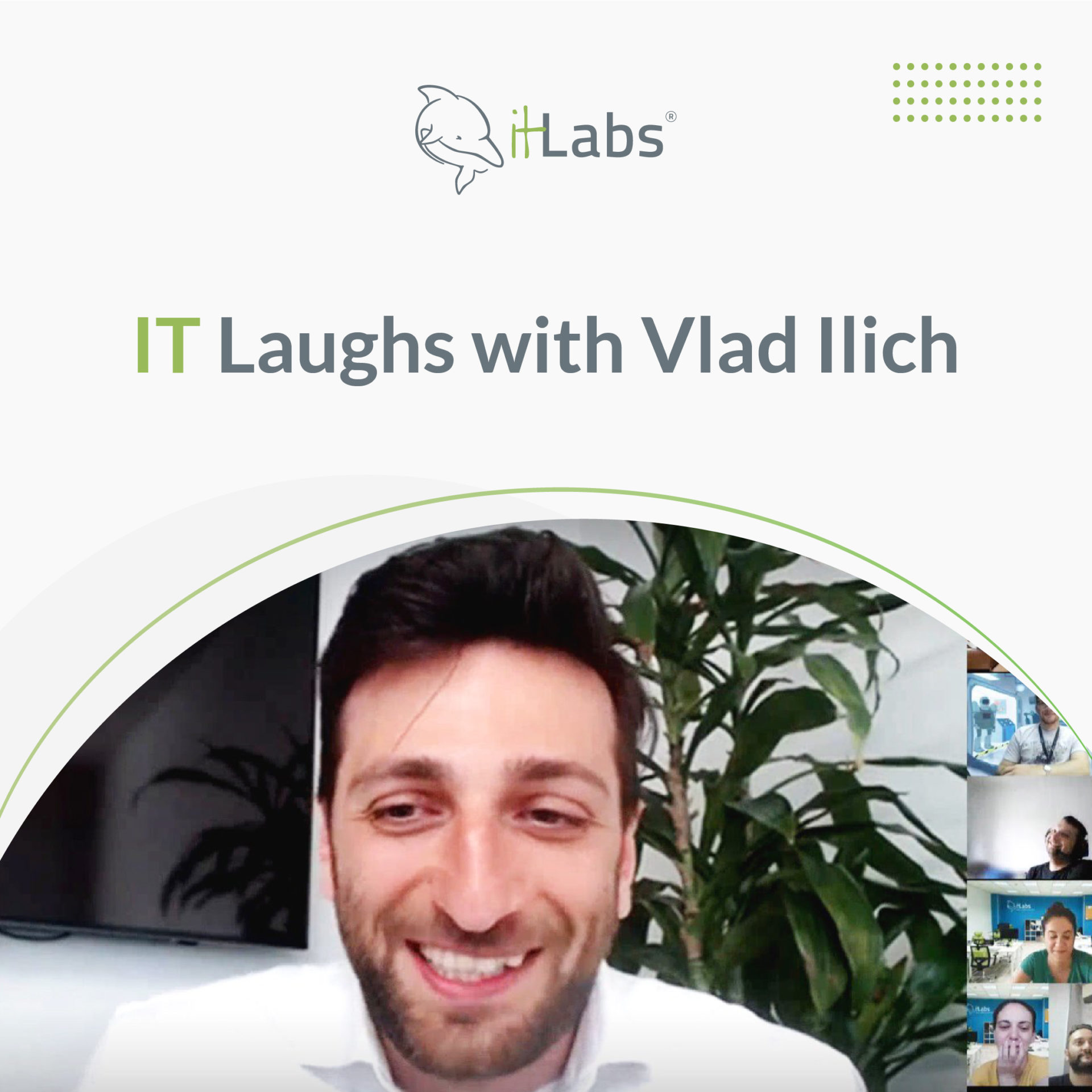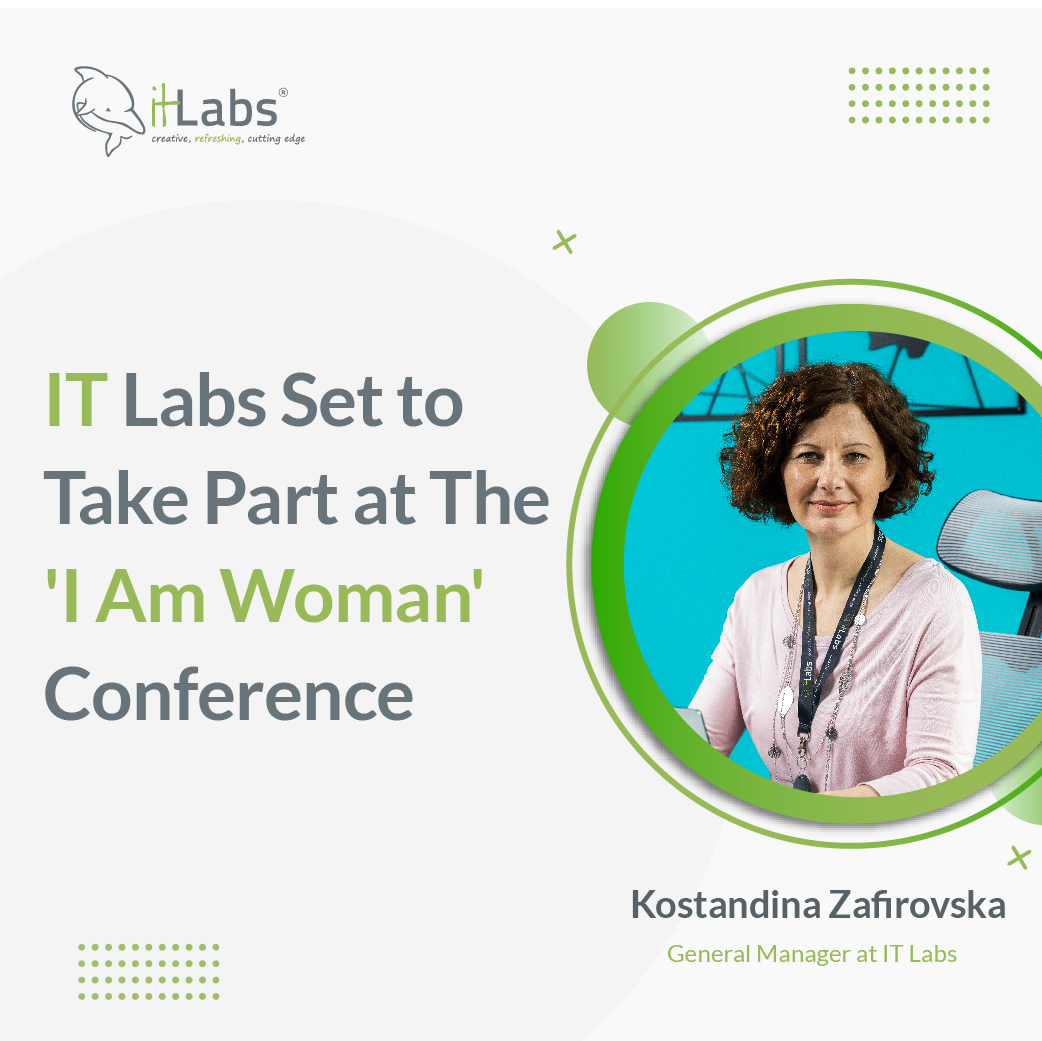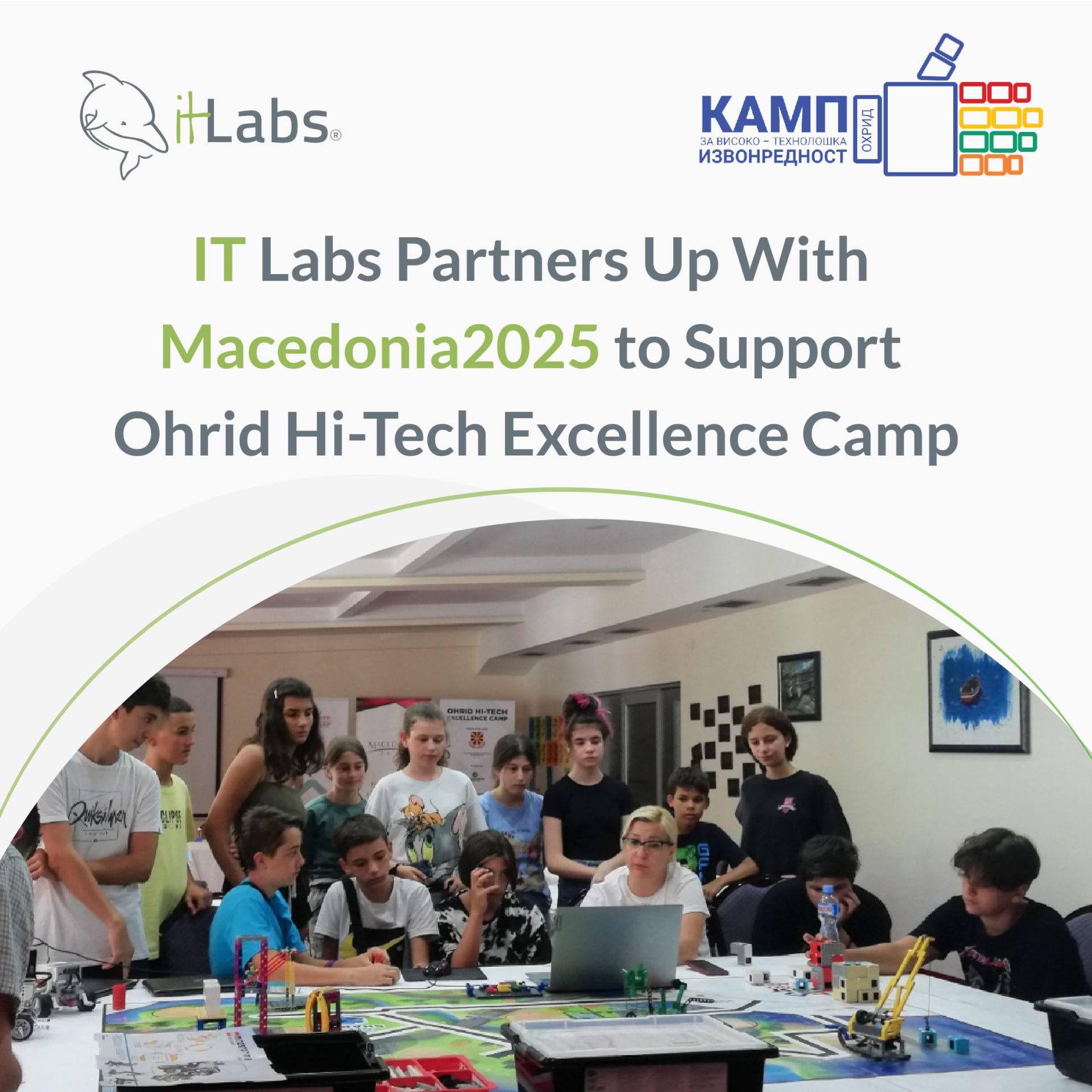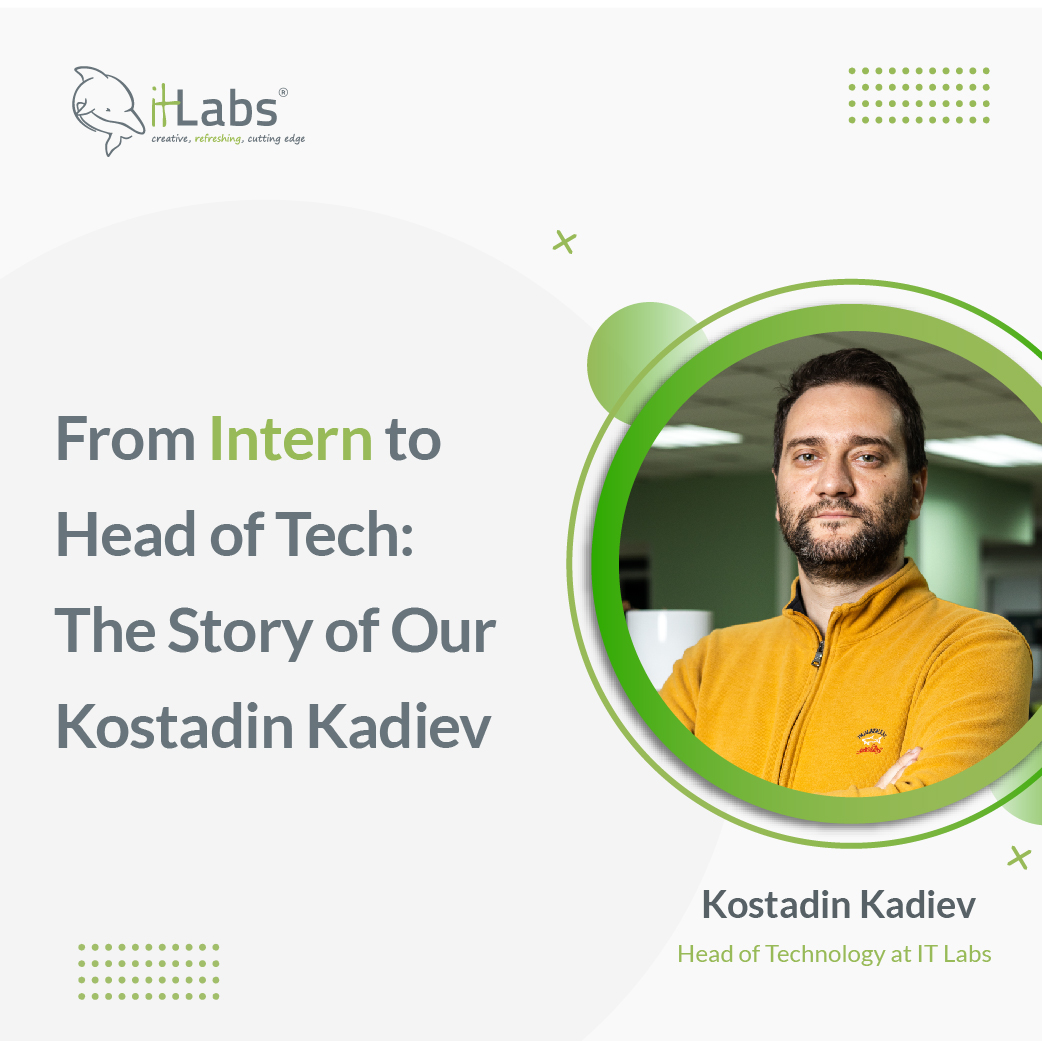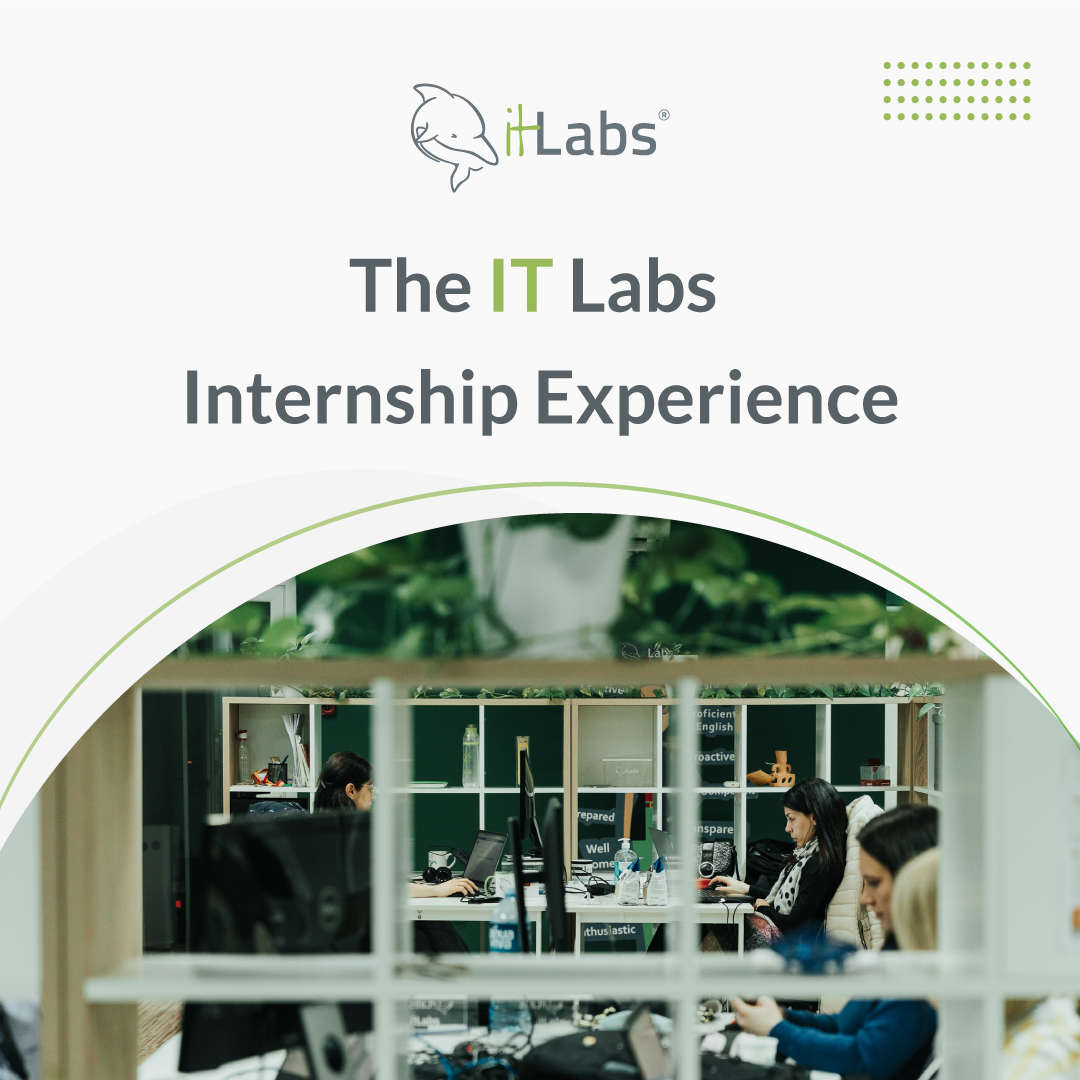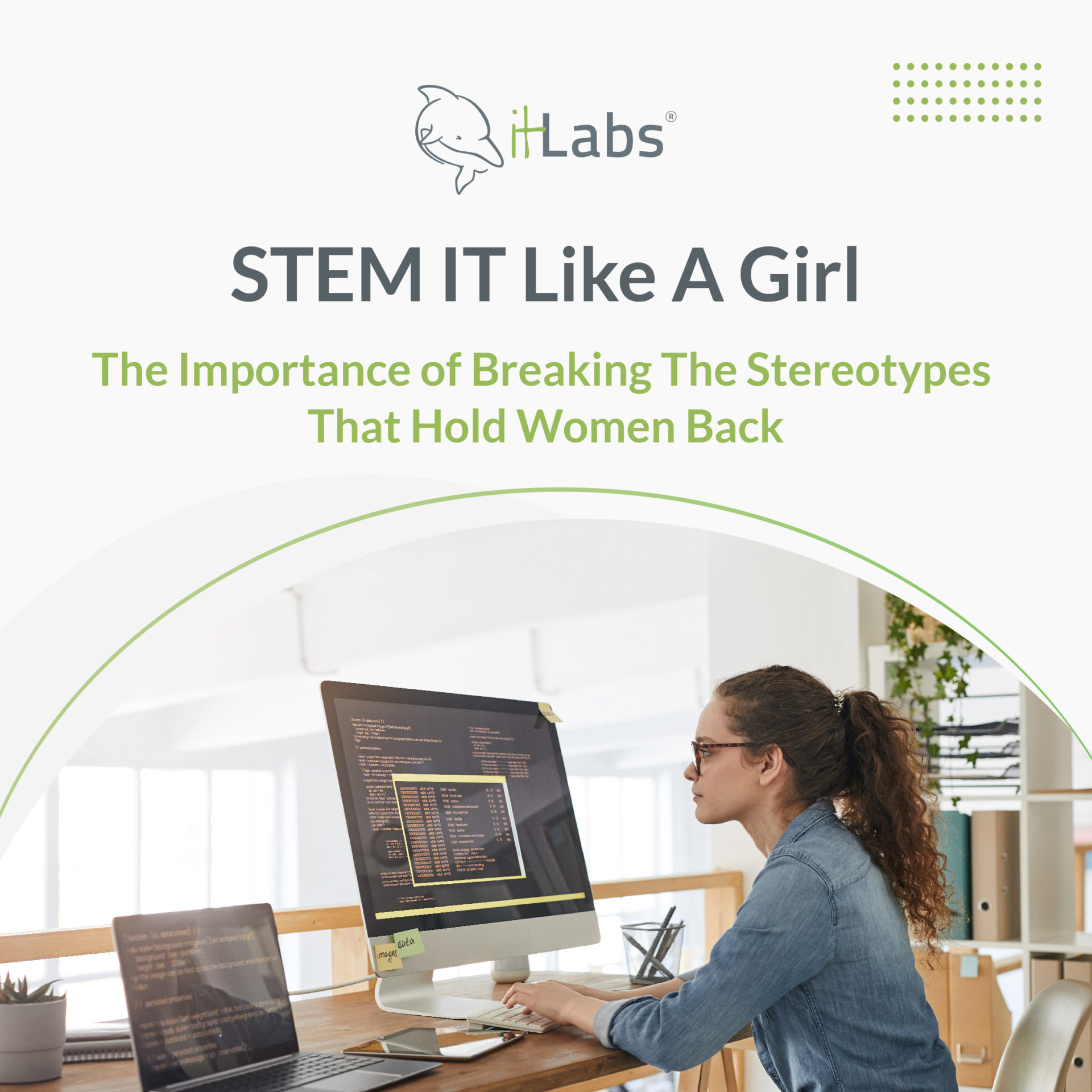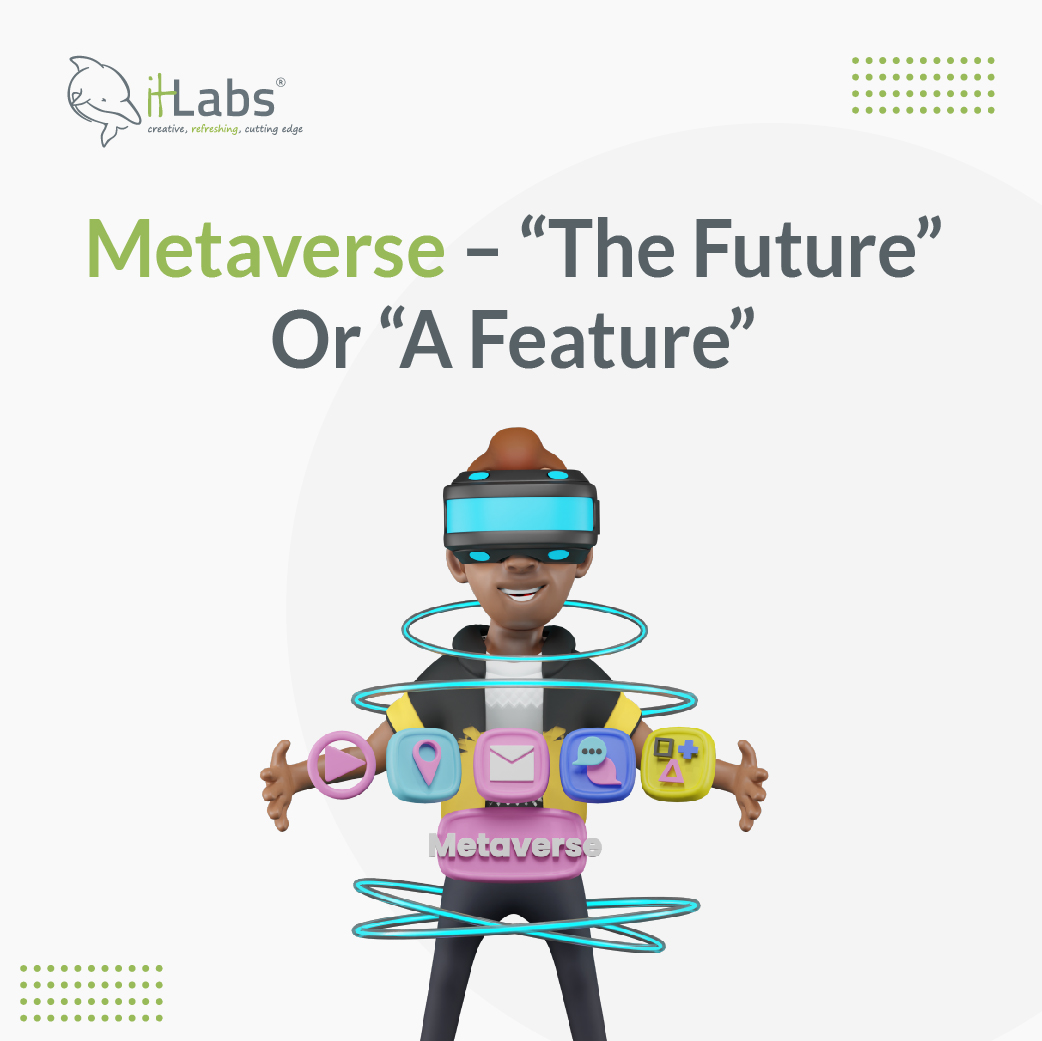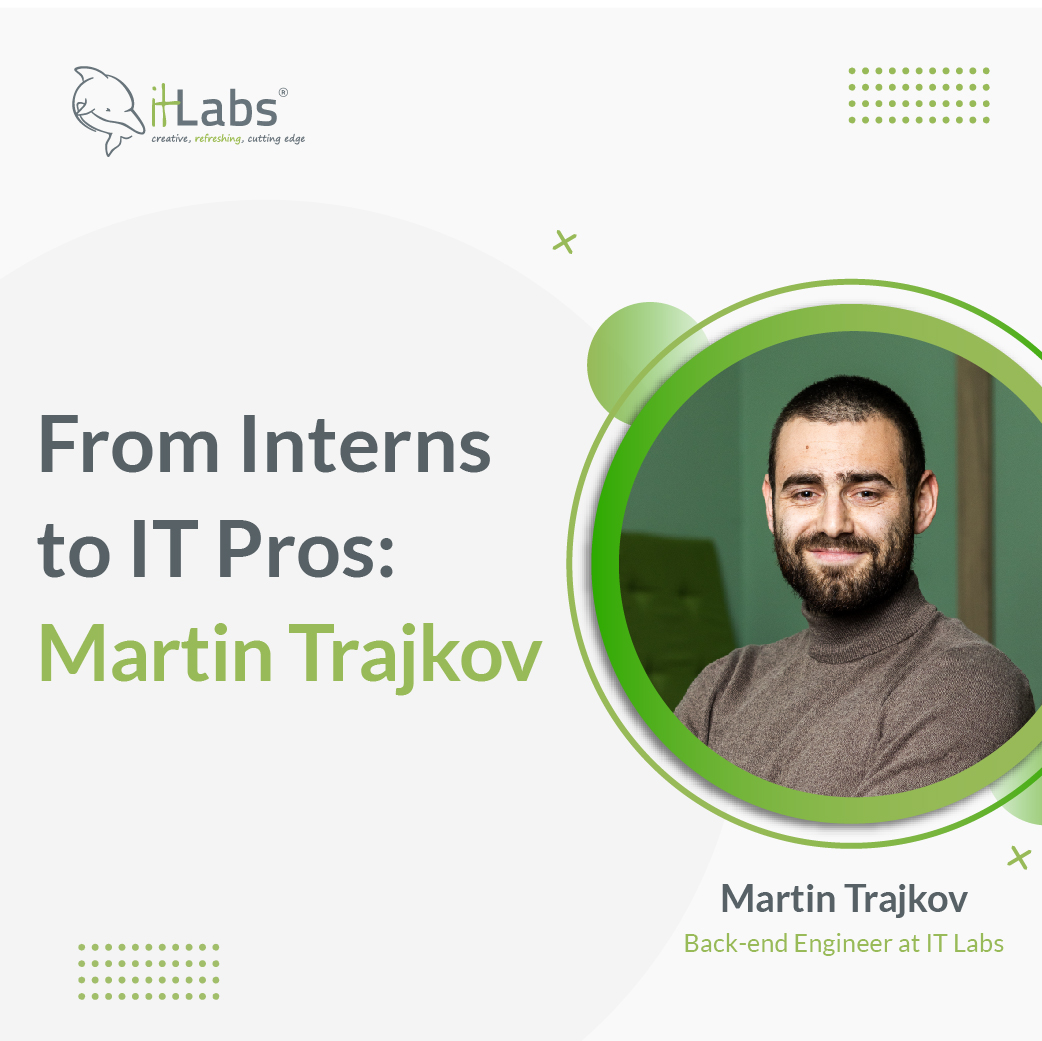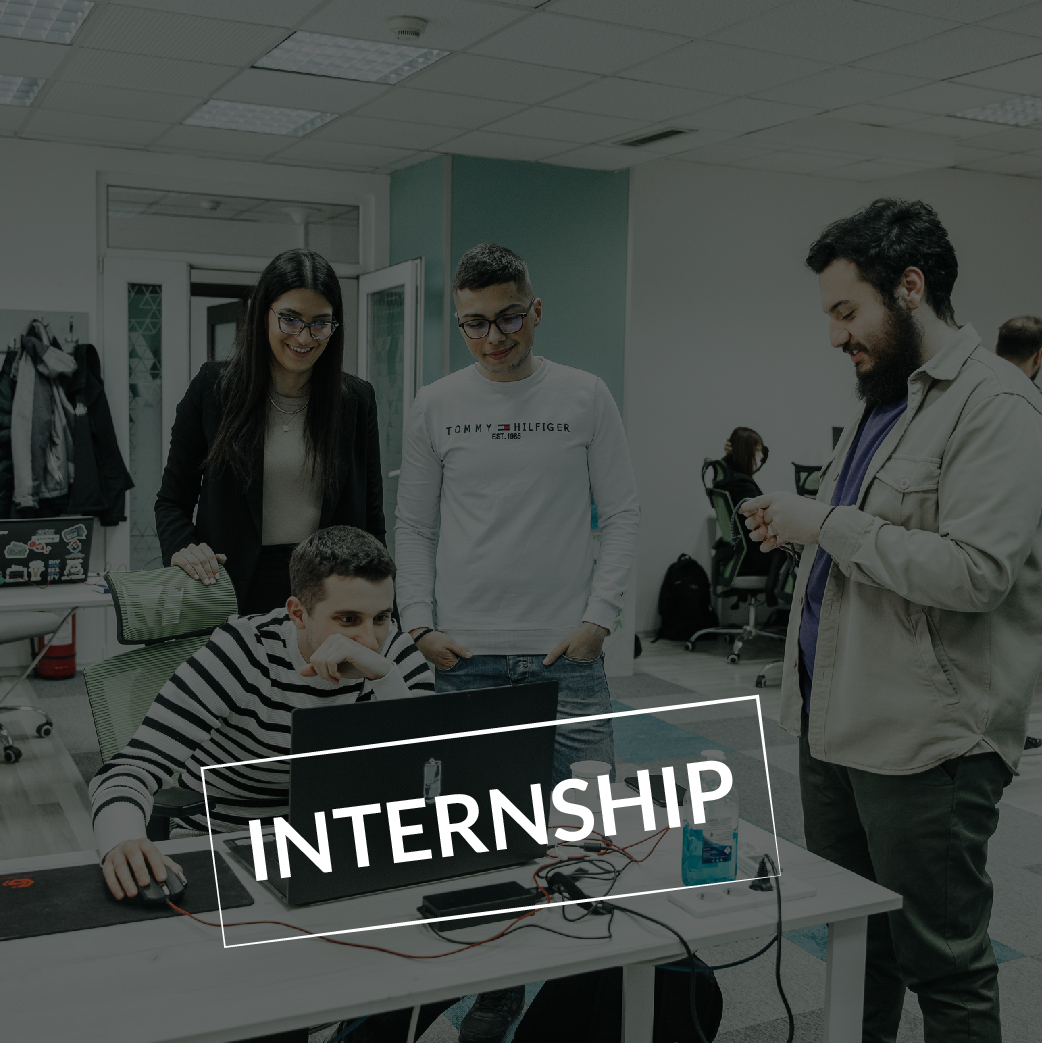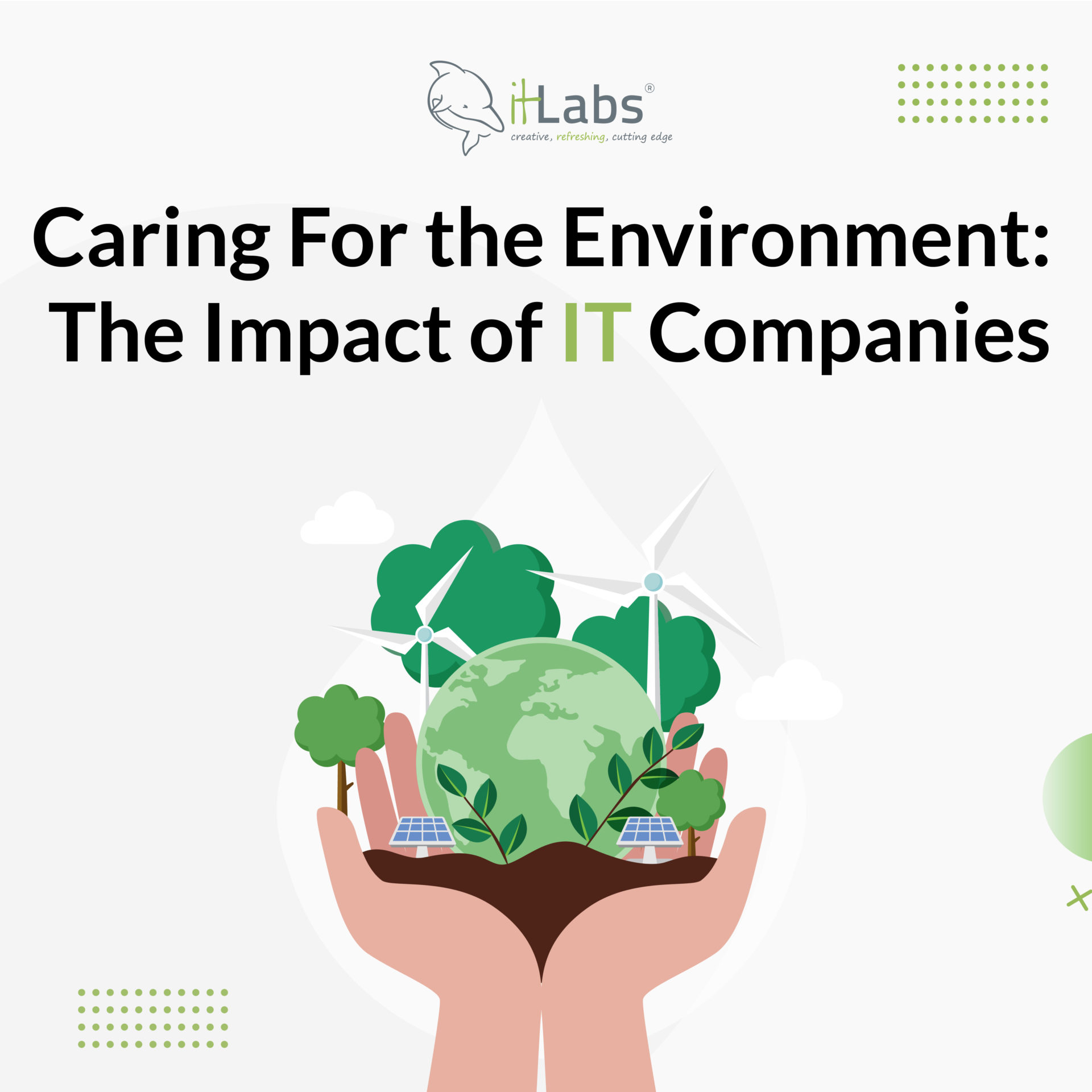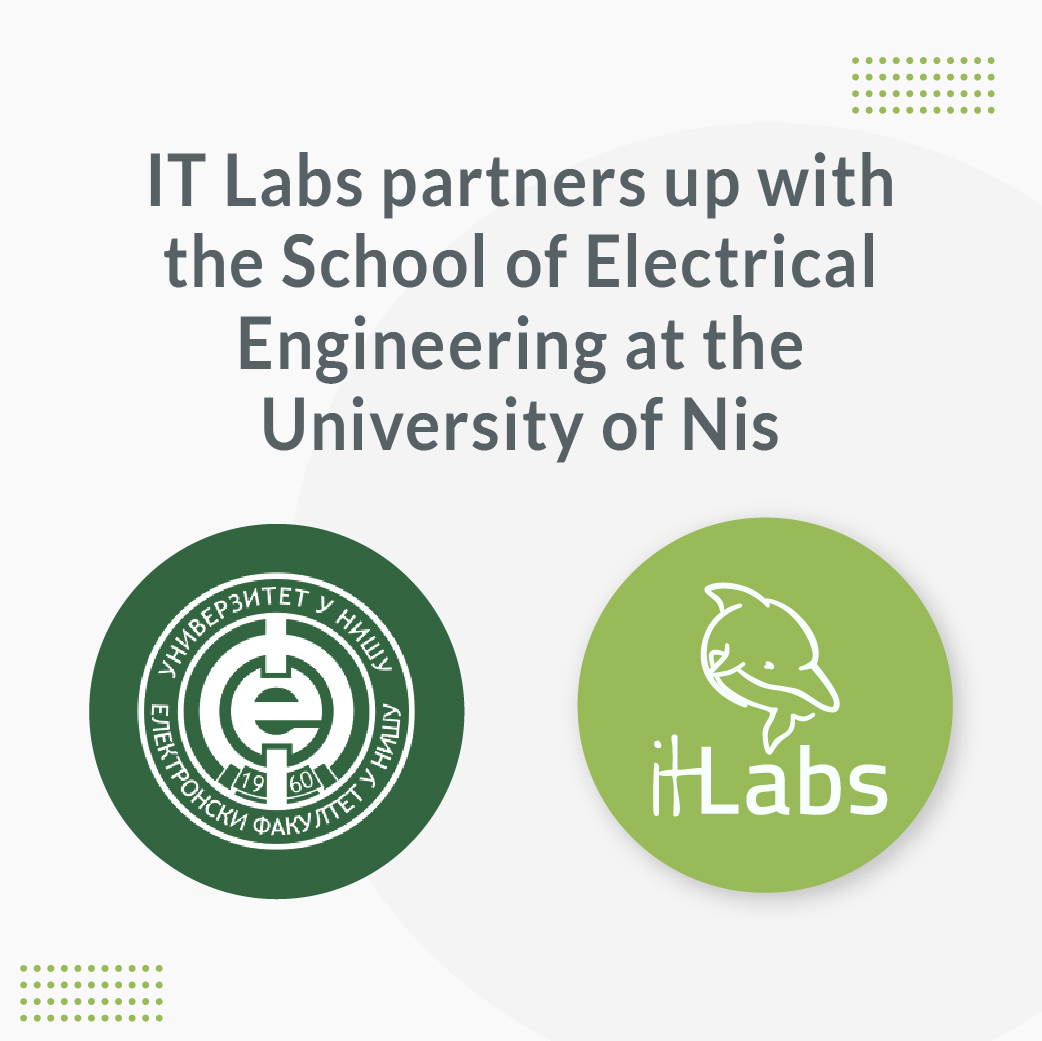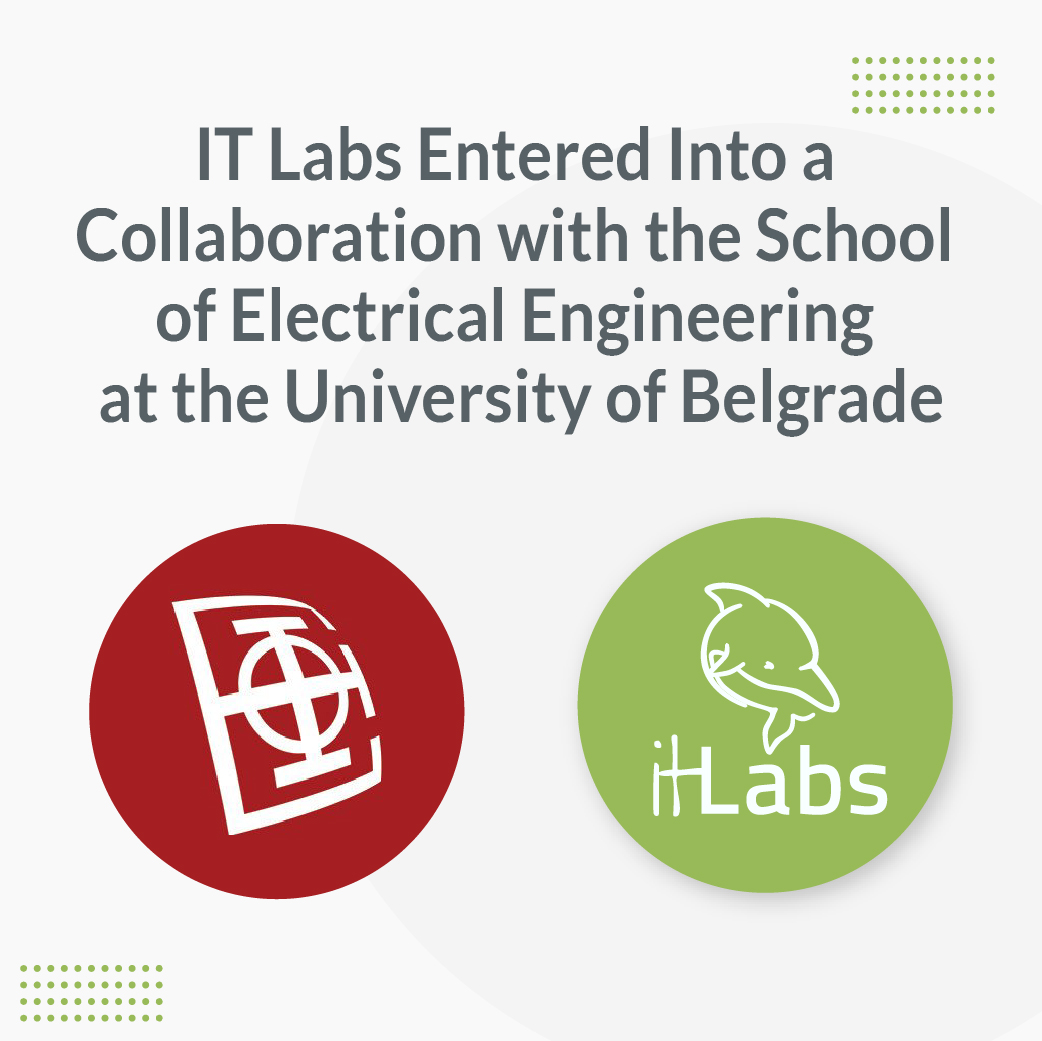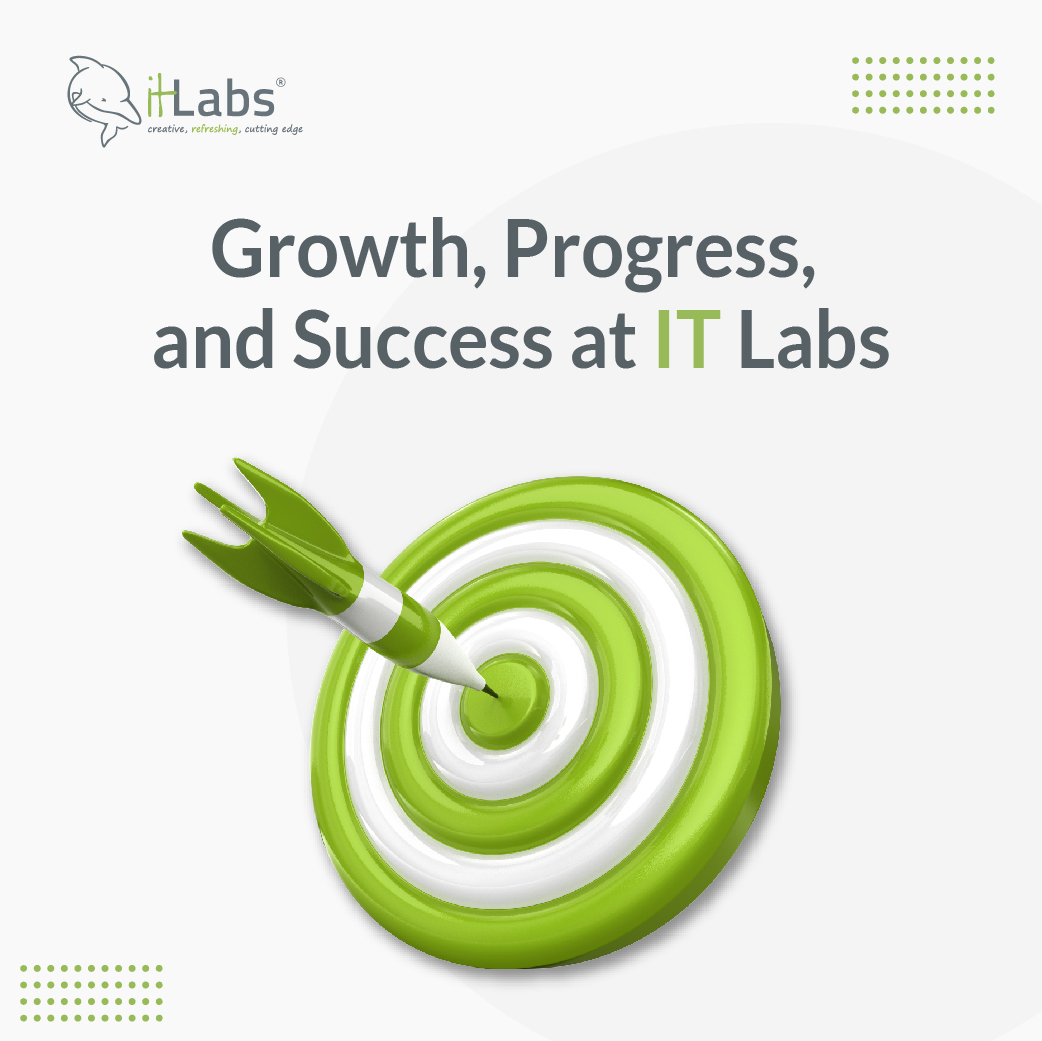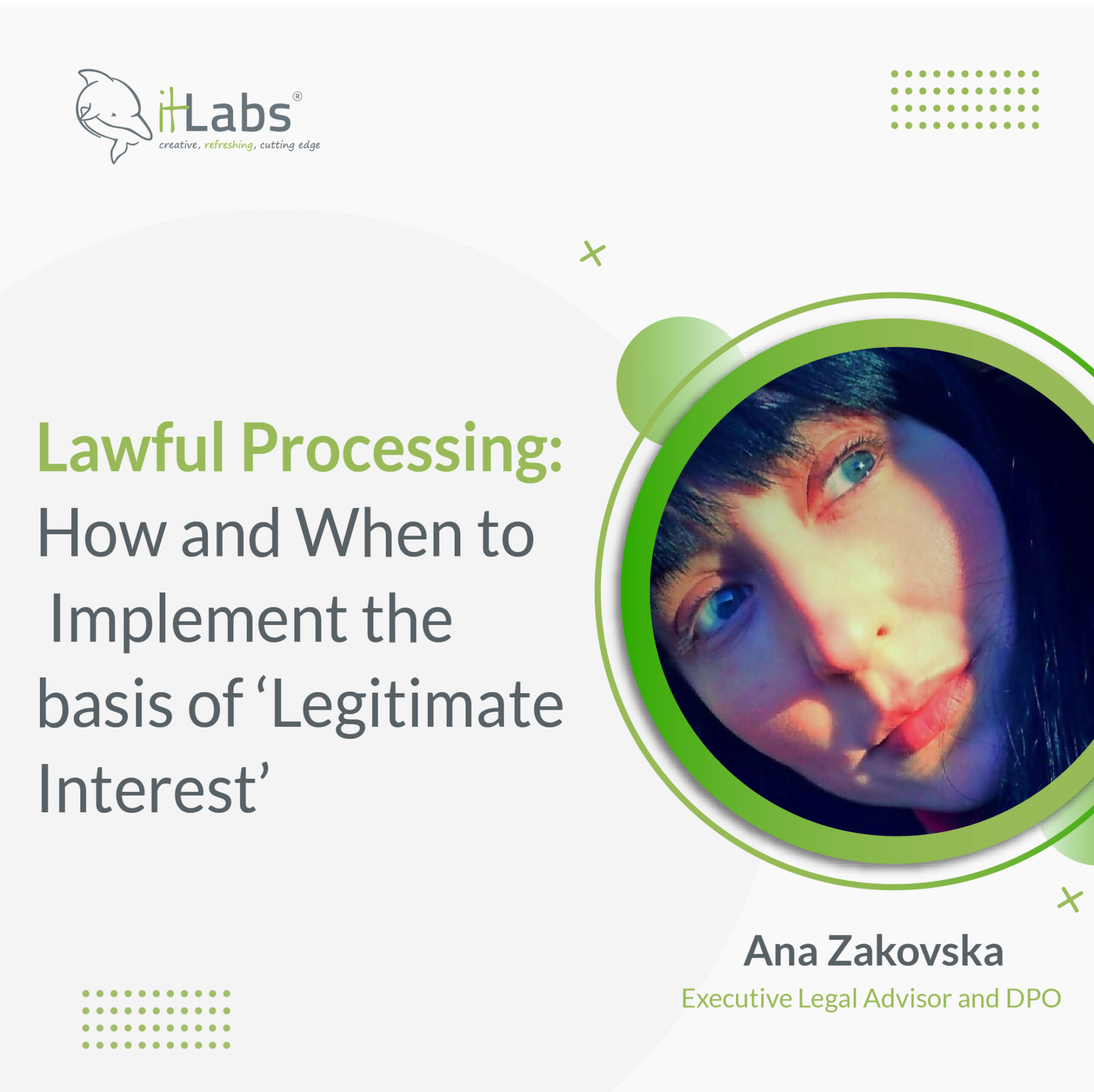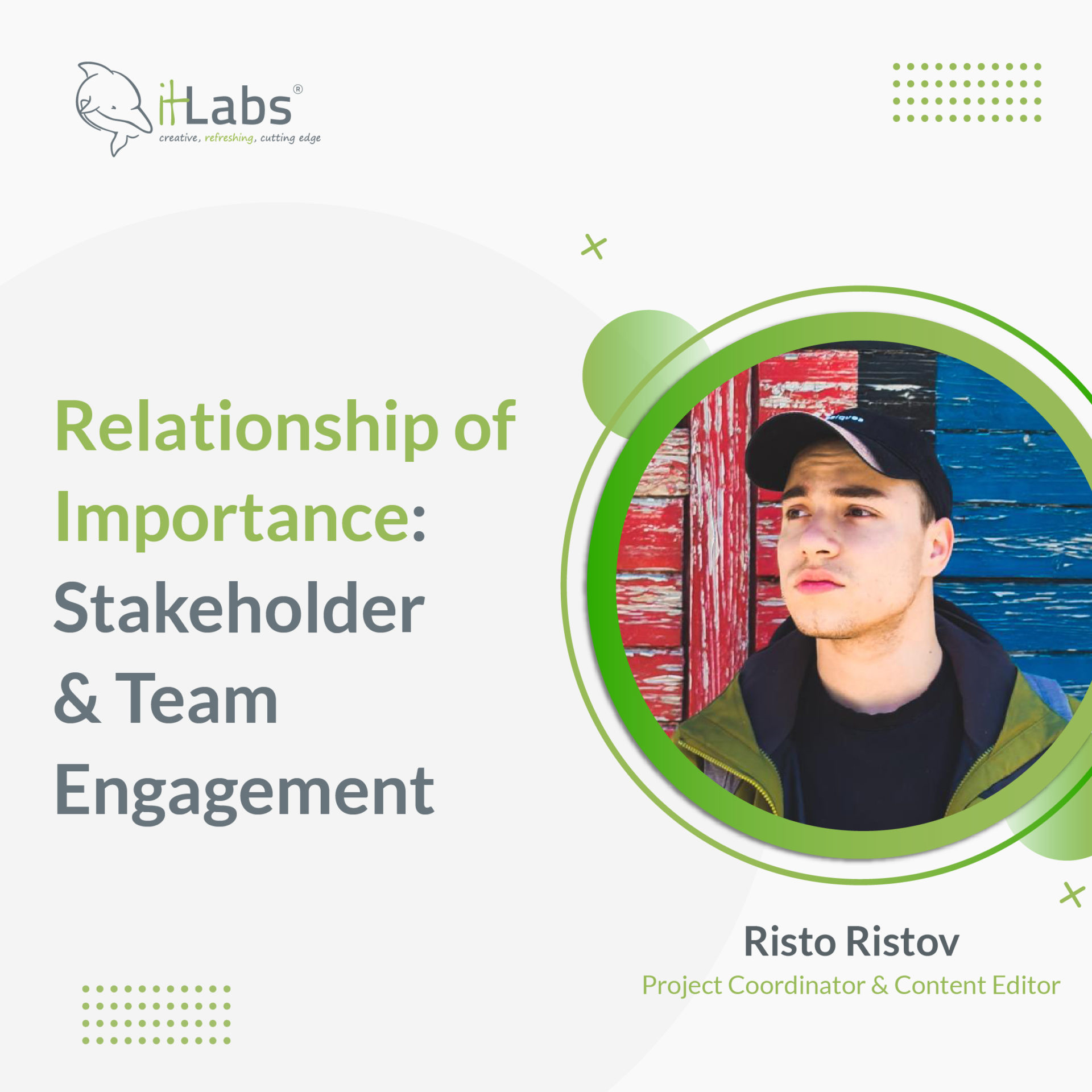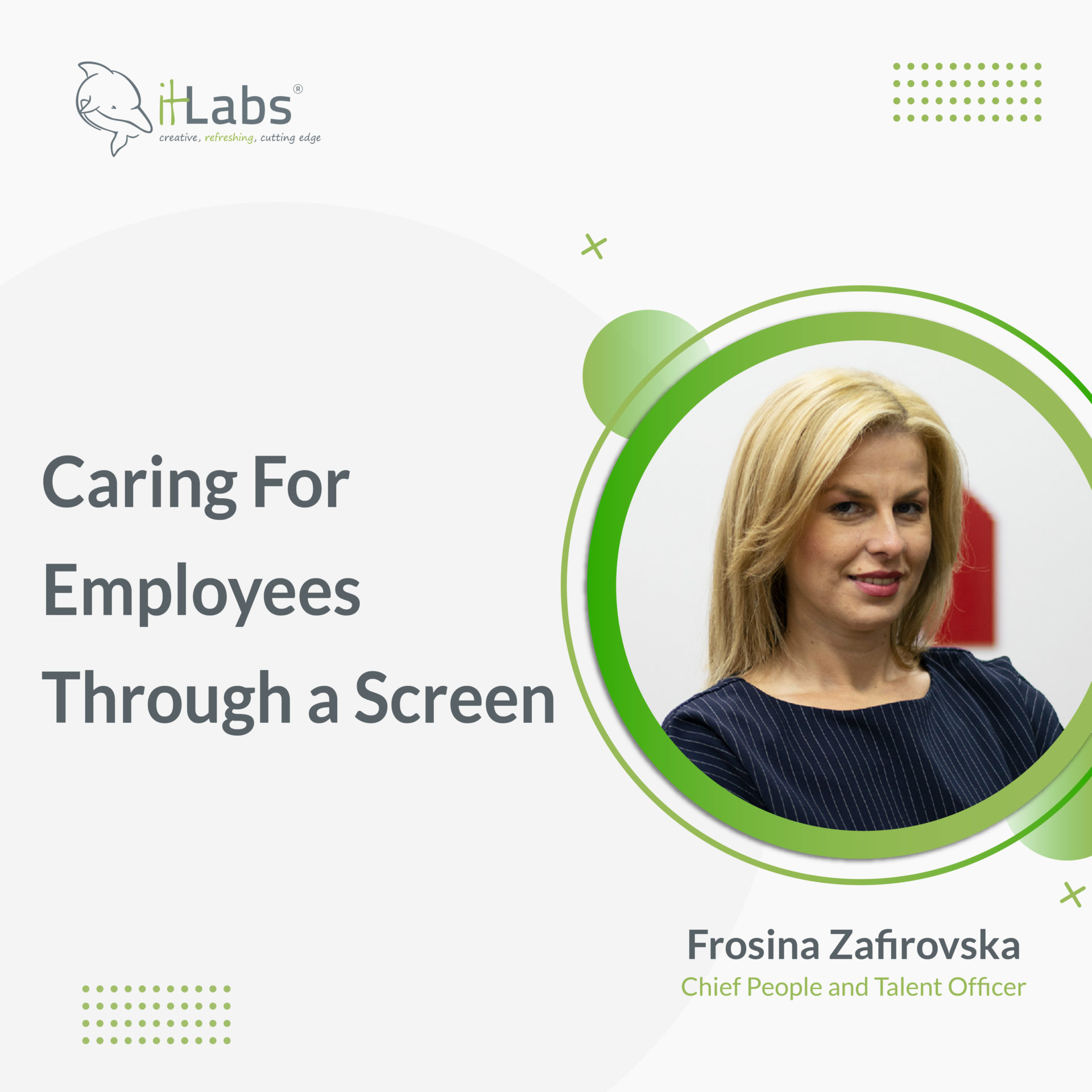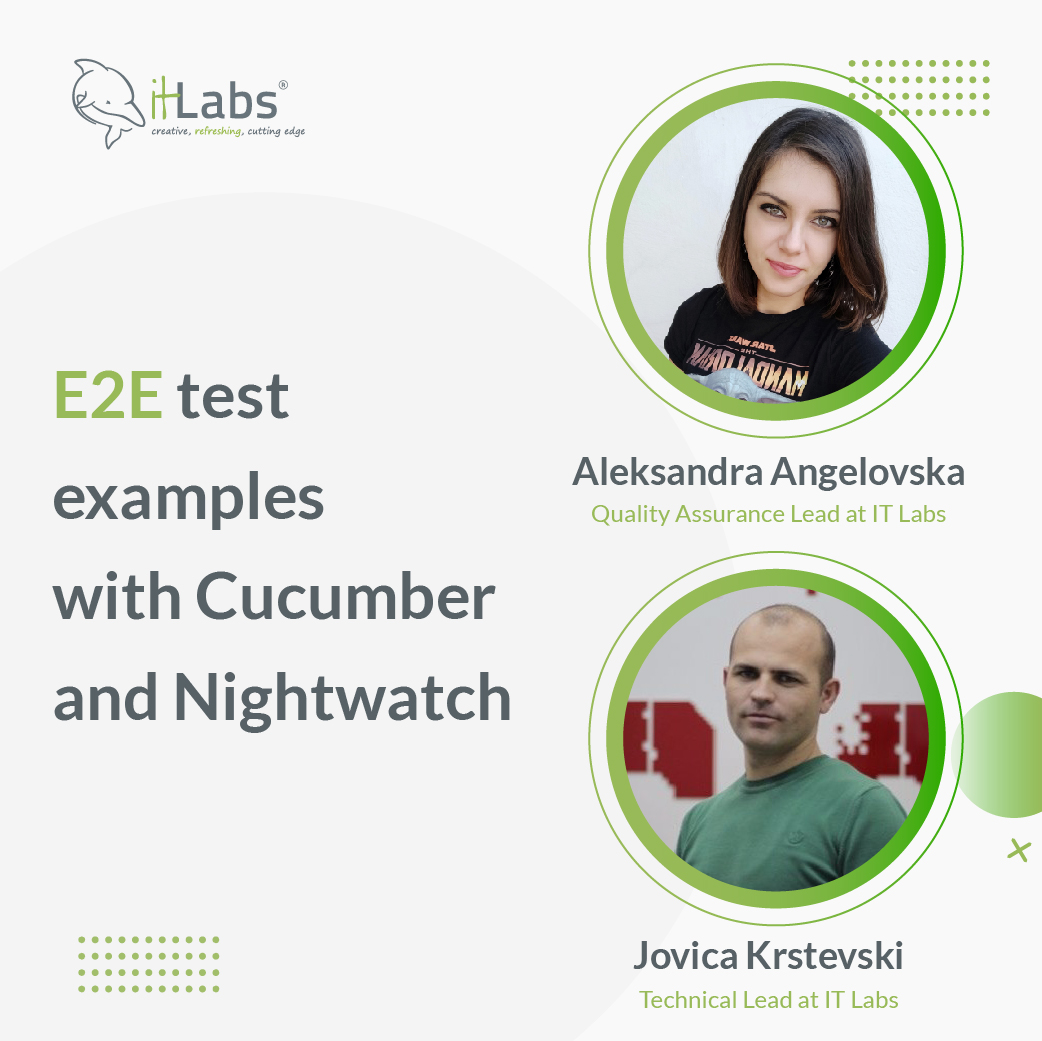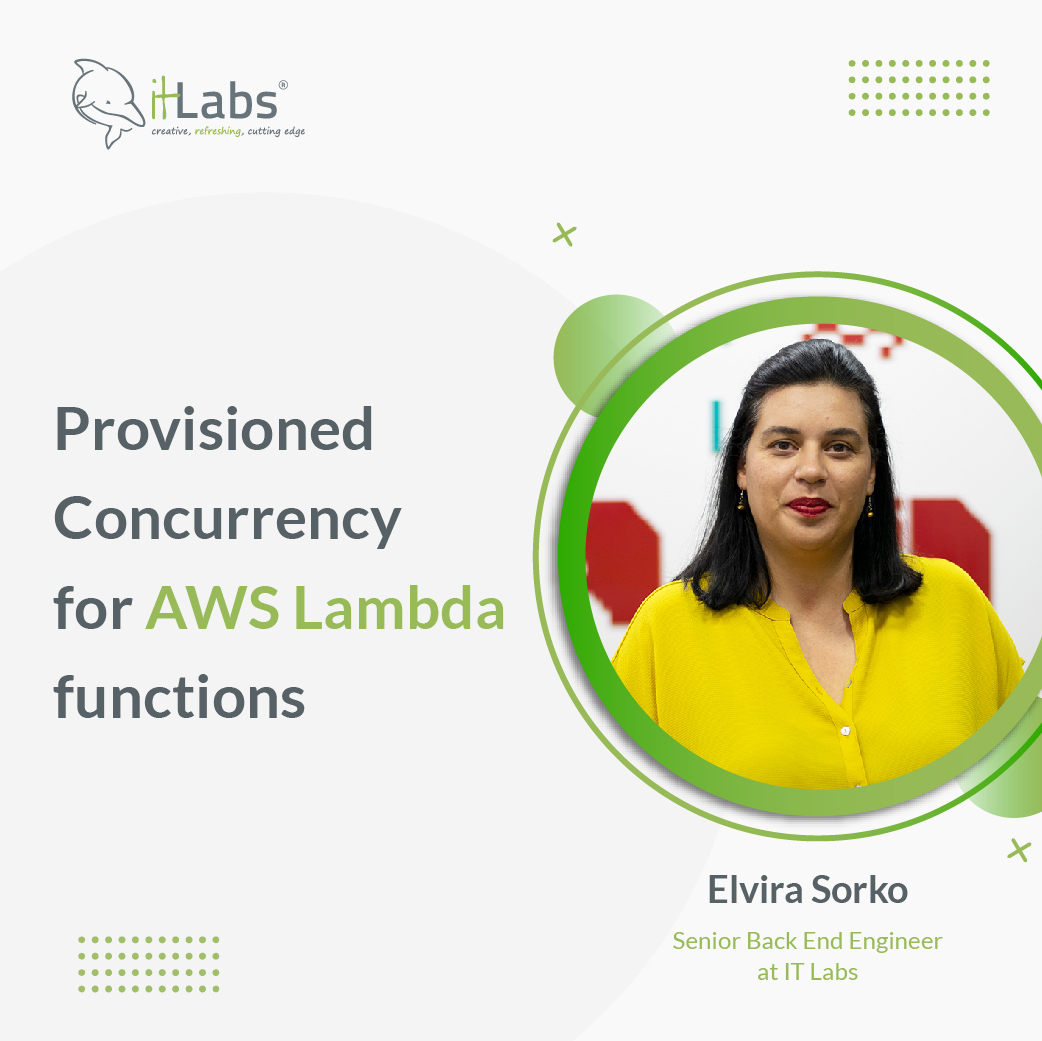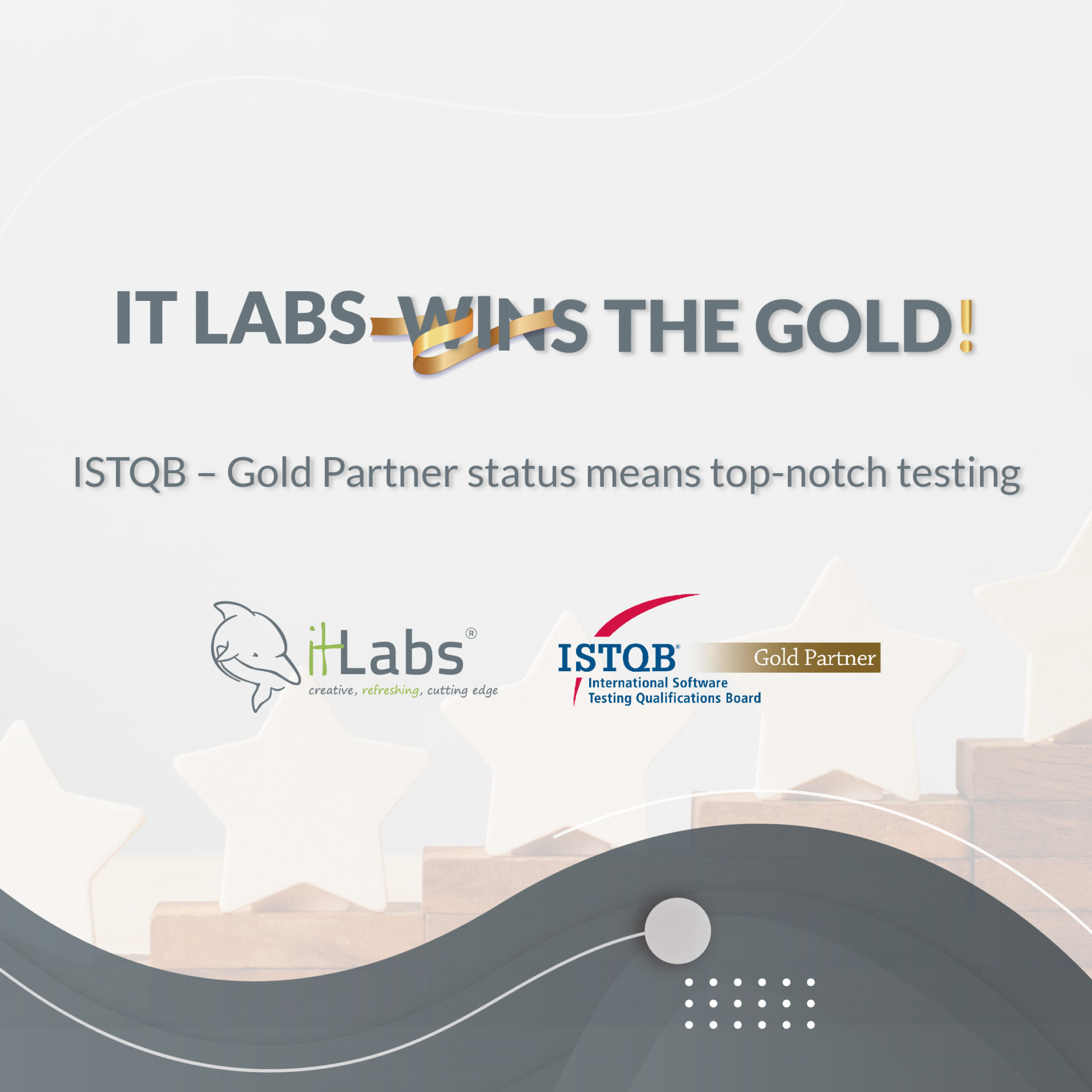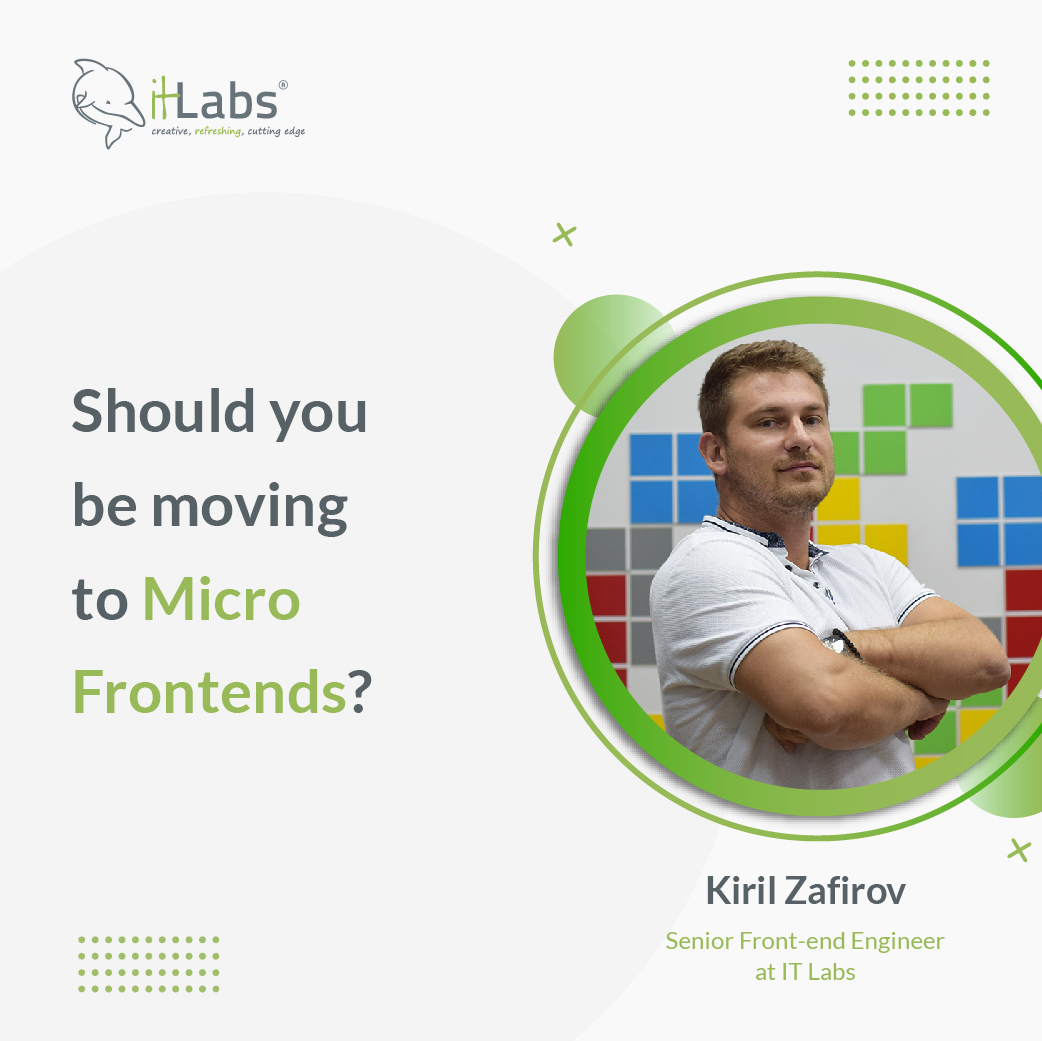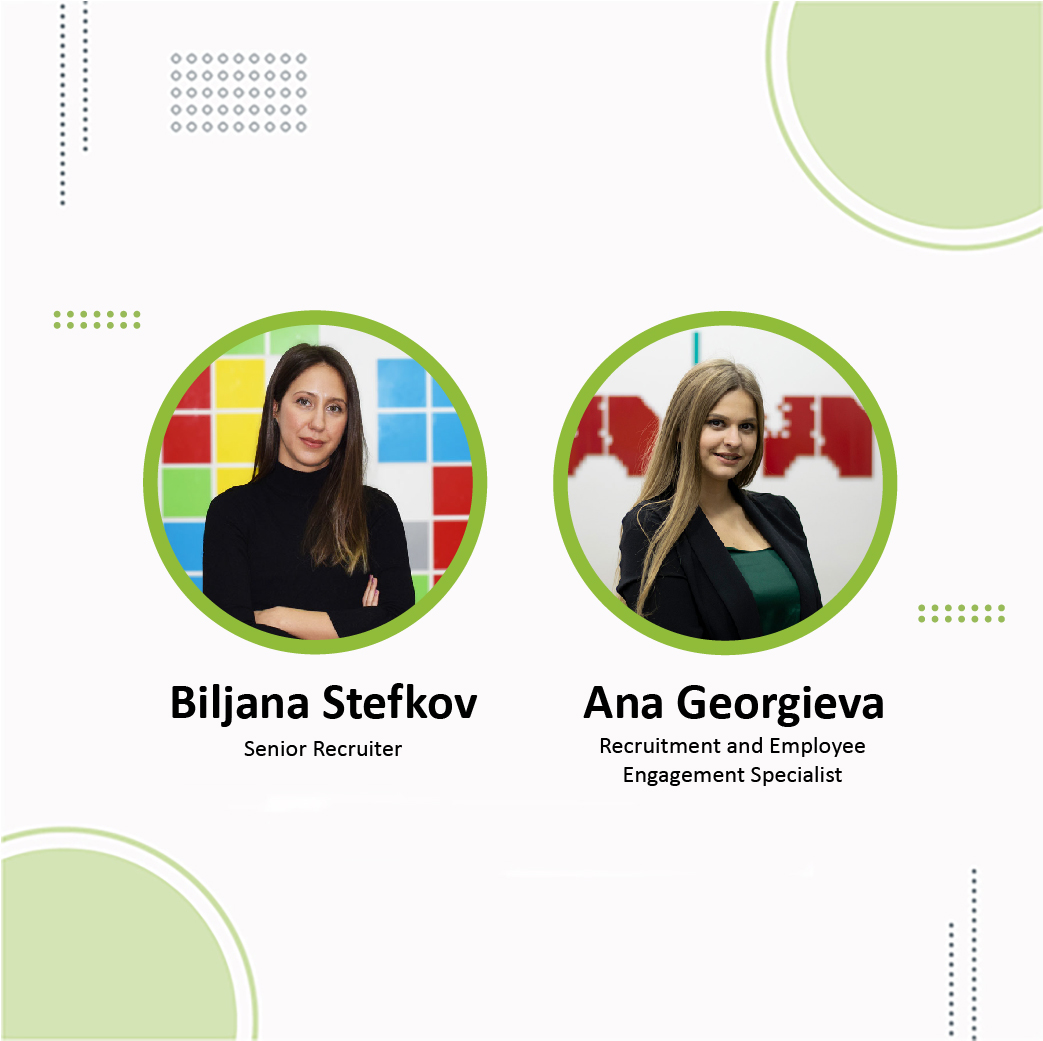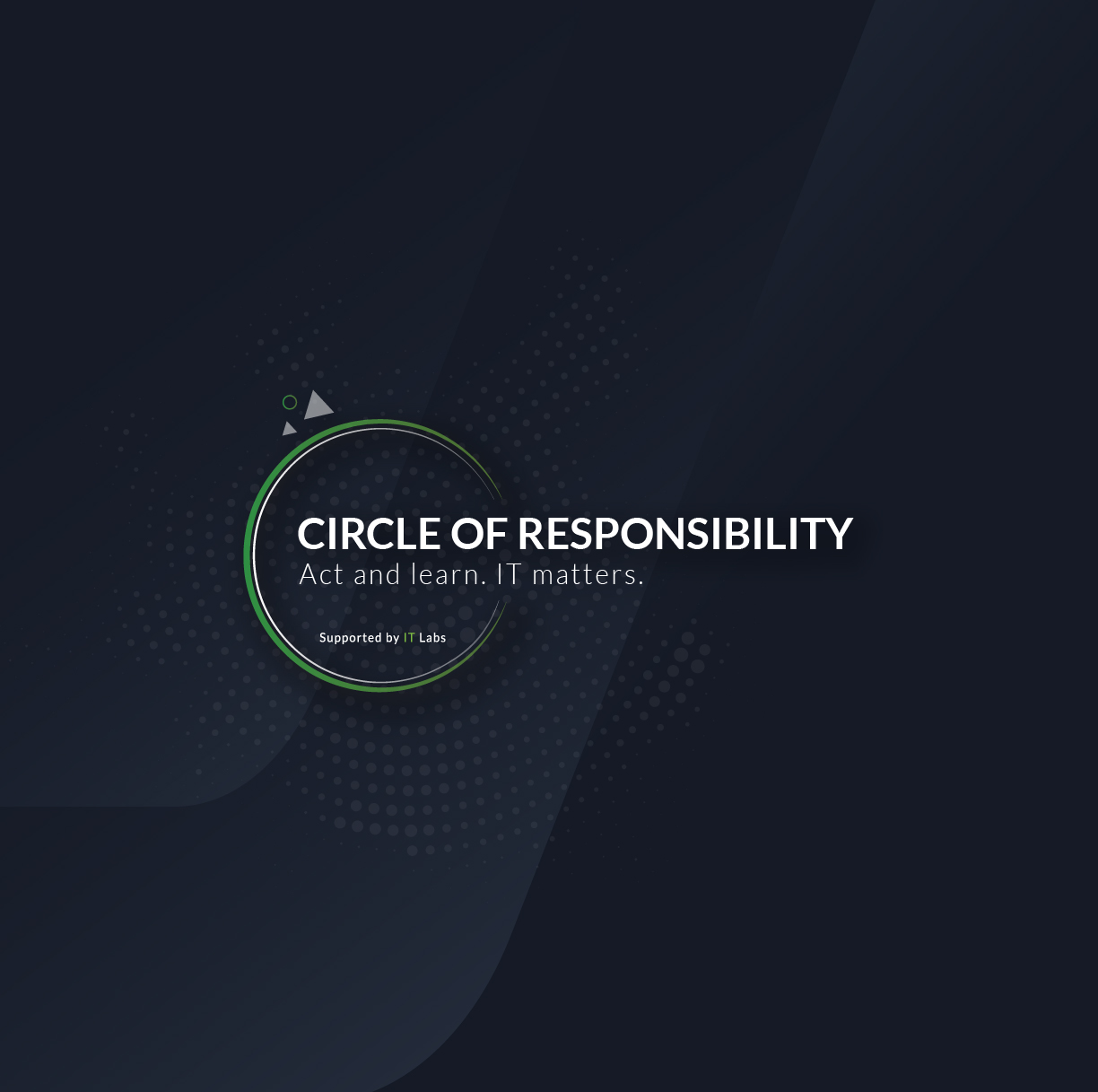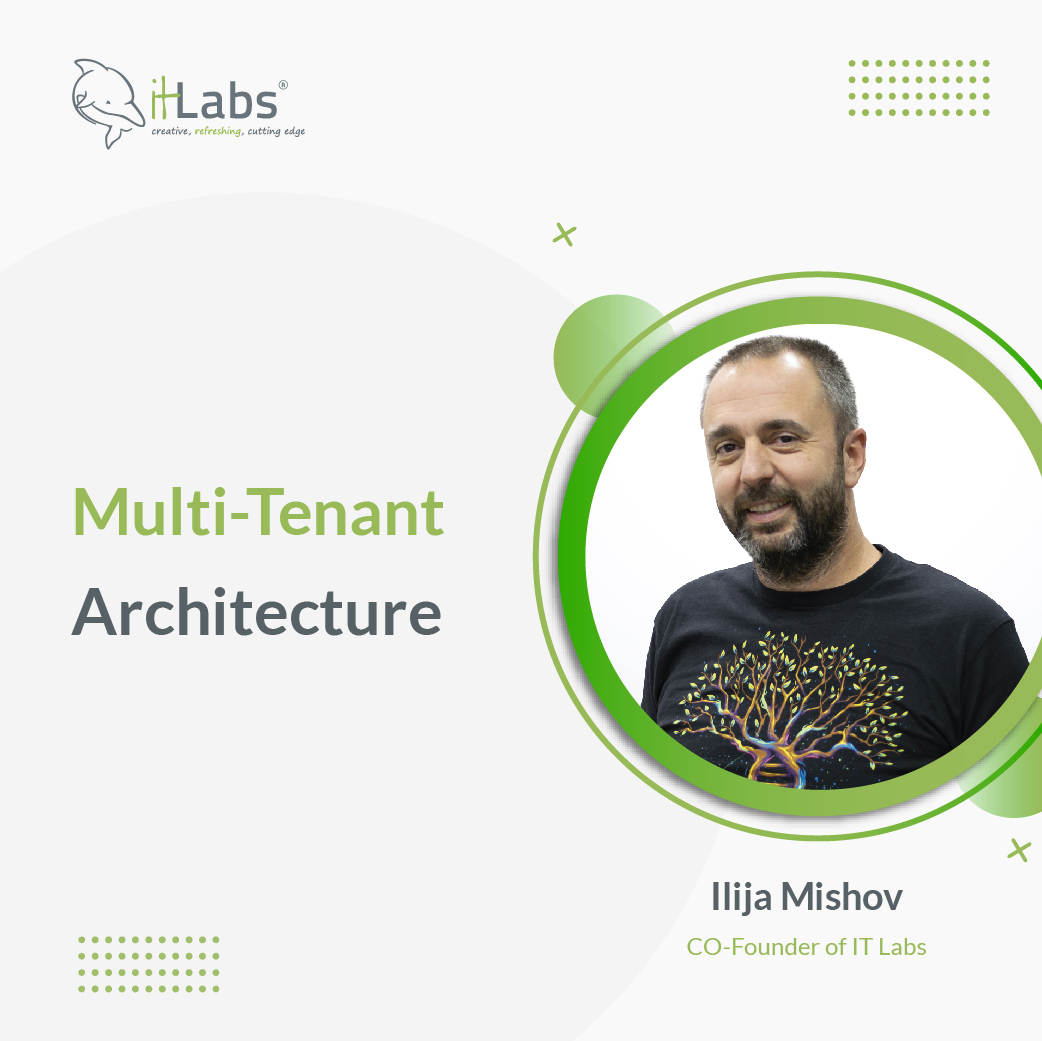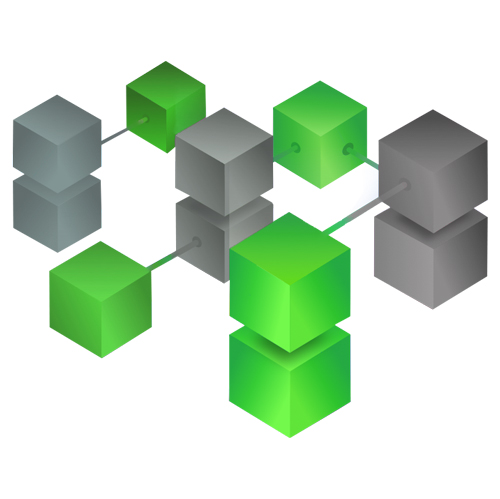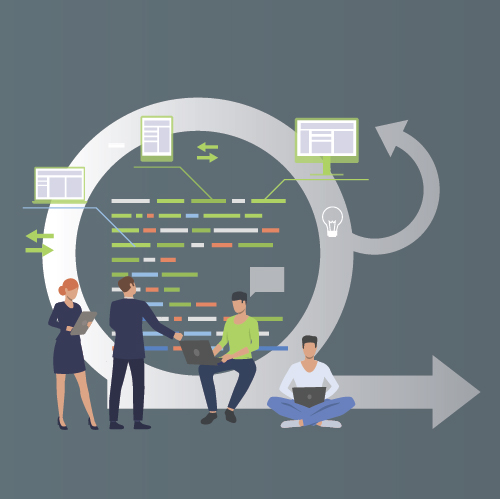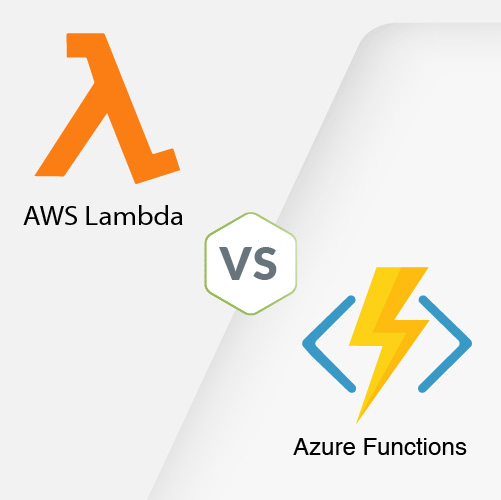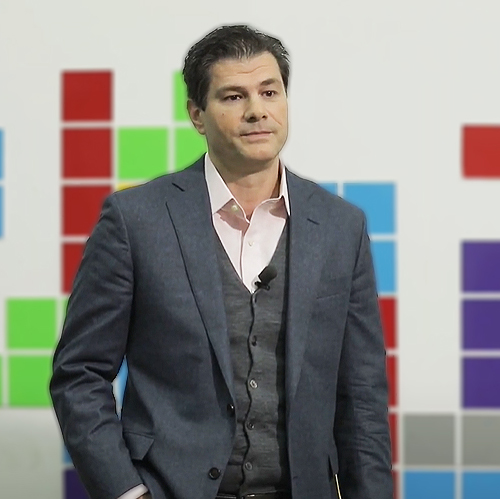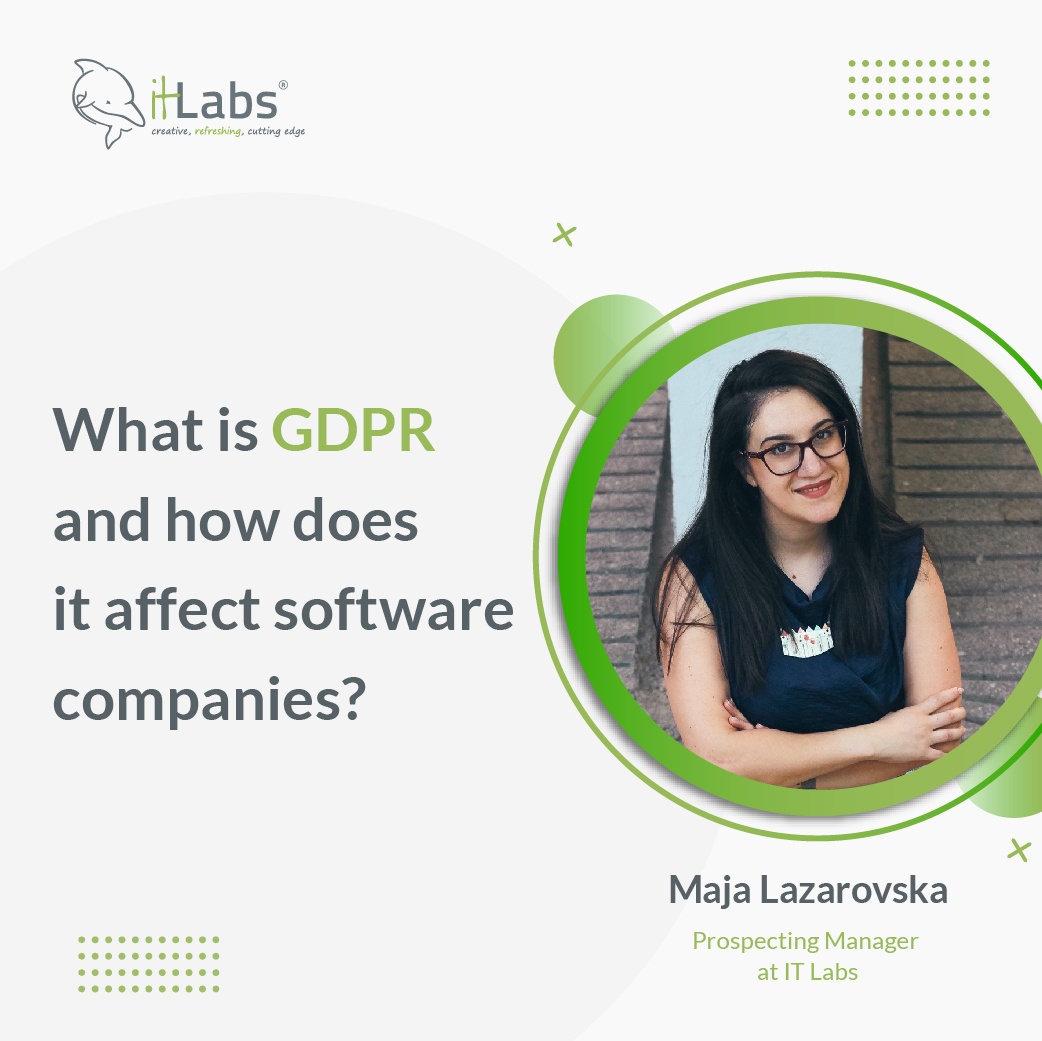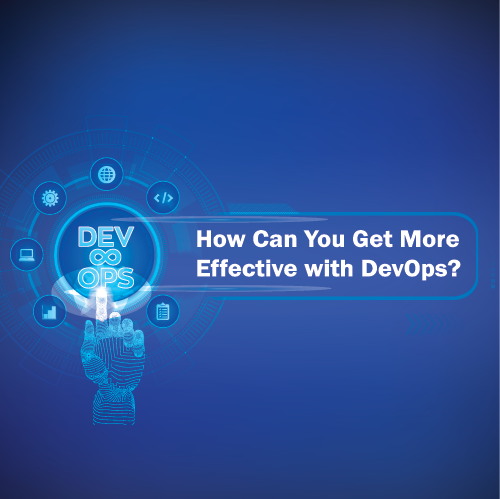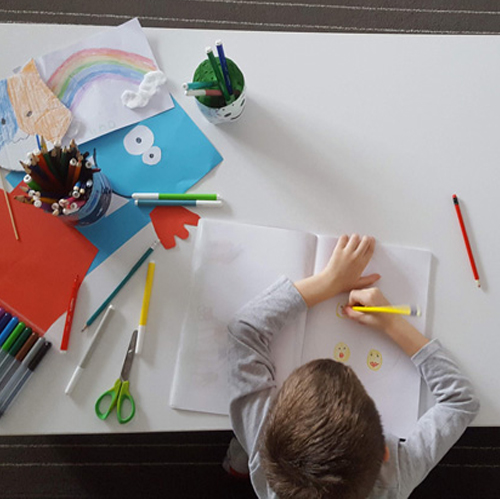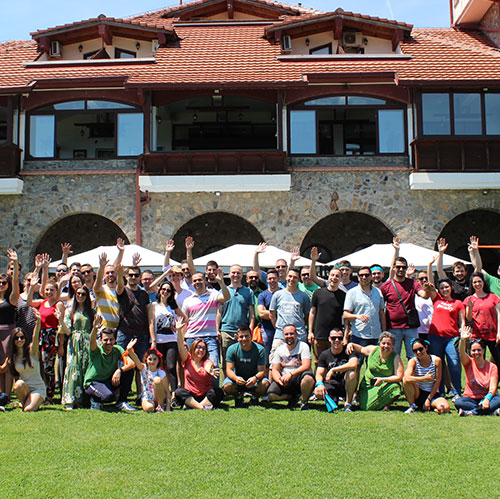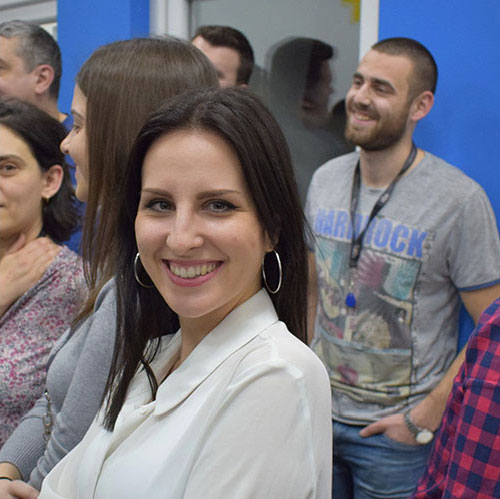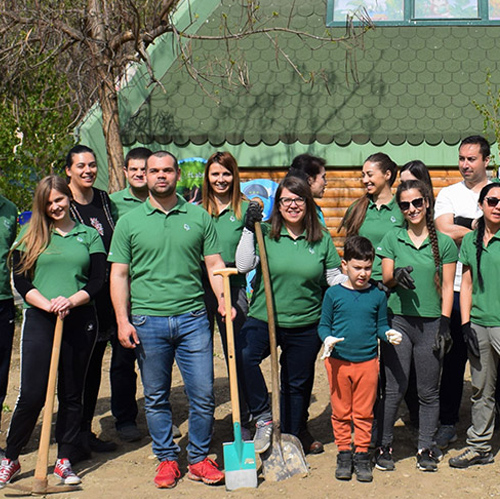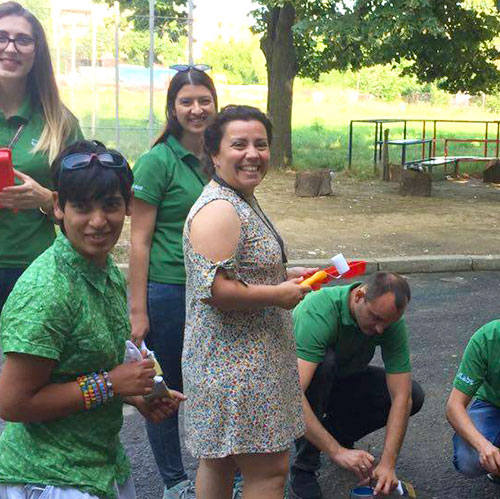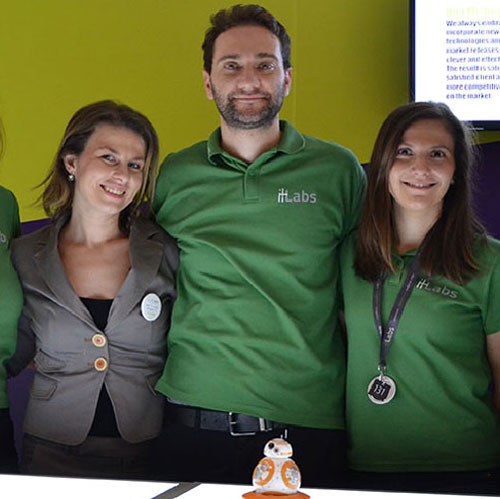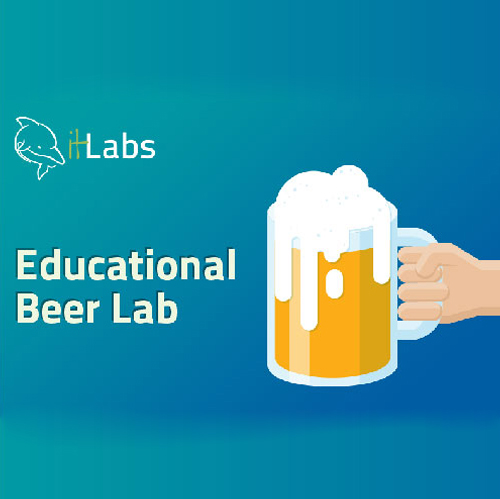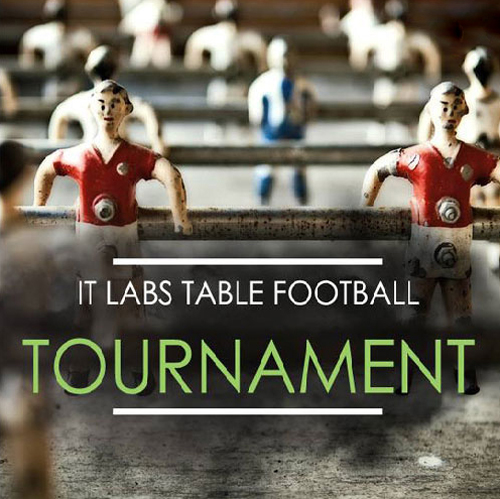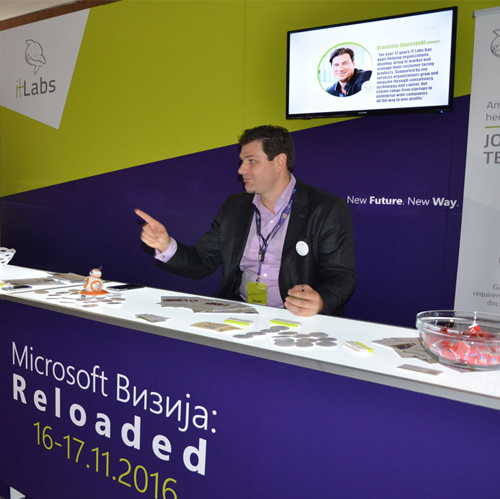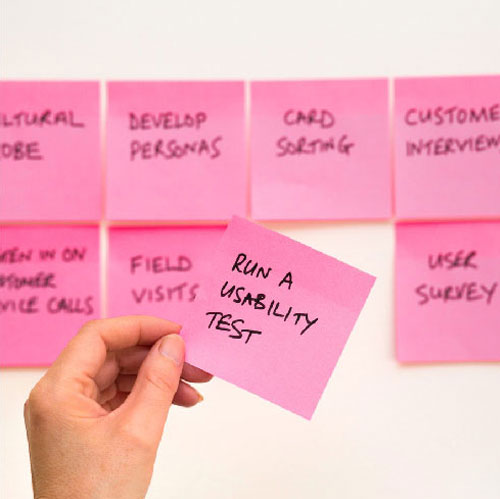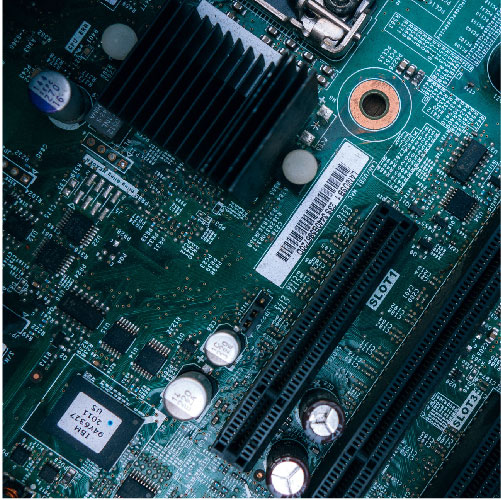Housing Associations and Technology: Why the Two are a Good Pair
Housing associations and local authorities have a crucial role in ensuring that people have access to affordable and secure housing. They must balance the need to provide quality housing with the need to operate efficiently and effectively. Technology can be a powerful tool for improving business processes, reducing costs, and enhancing the services that housing associations provide to their tenants. In this article, we will explore how social housing technology can improve business processes.
Digital Communication and Collaboration
One of the most significant ways technology can improve business processes is by enabling better communication and collaboration. Housing associations can use technology to create a digital platform where tenants can report issues, request repairs, and communicate with the association. This is especially important as the Regulator of Social Housing (RSH) stated in September 2022 that registered social housing providers must collect and share information on repairs, safety checks, and complaints with residents. By having a digital platform, associations can streamline communication, reduce response times, and track progress. It will reduce the need for face-to-face interactions, saving time and resources, an. An example is Plus Dane Housing launching its new customer portal.

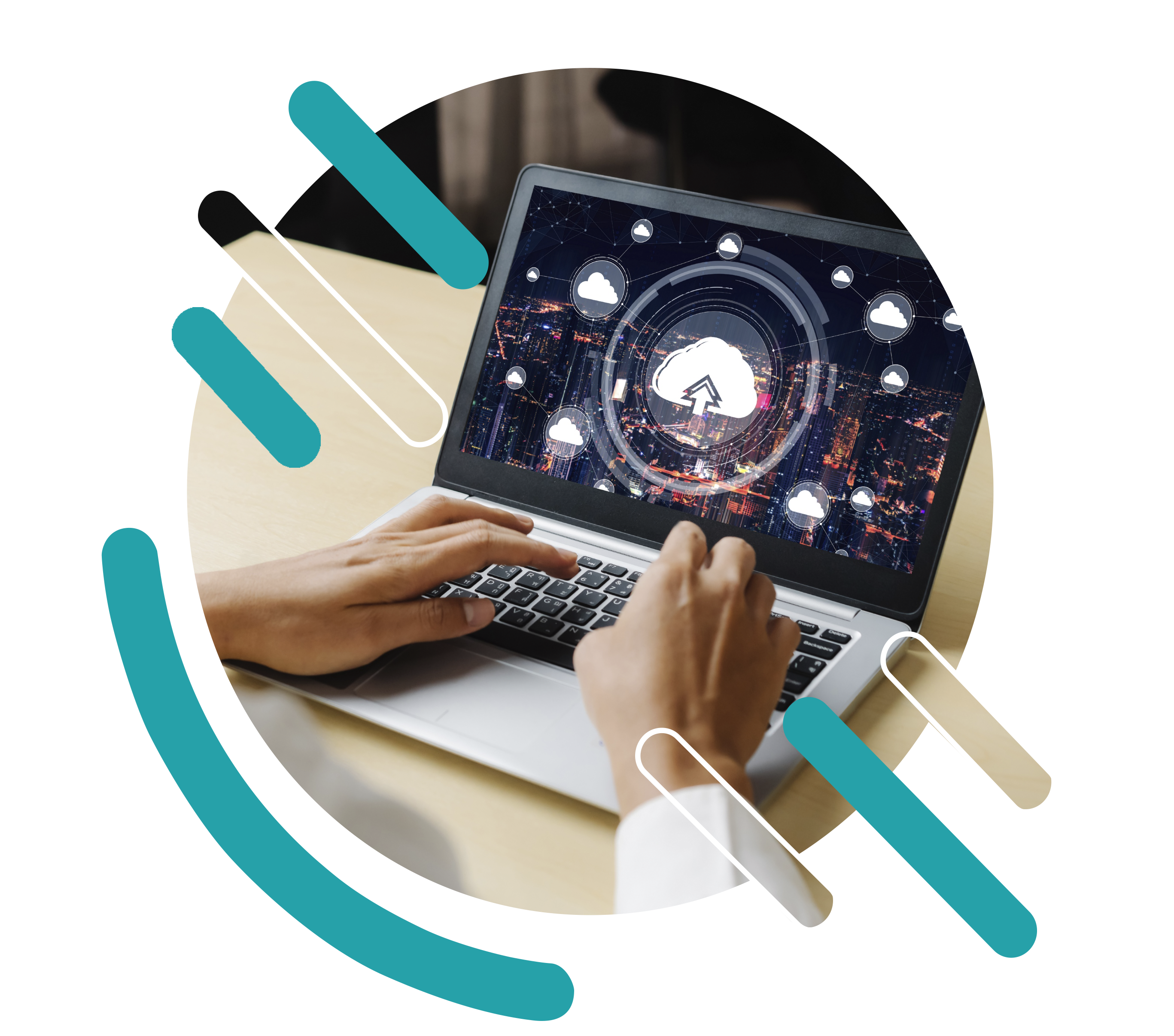
Cloud-based Systems
Cloud-based systems can be used to manage housing association data, allowing for efficient data sharing and storage. A good example was Clarion Housing Group’s digital transformation accelerated by Hitachi Solutions a few years ago. By using cloud-based systems, housing associations can access information from anywhere at any time, making it easier to manage and share information across different departments. This can help improve decision-making, reduce response times, and improve overall efficiency.
Automated Systems
Automated systems can be used to streamline repetitive tasks and reduce human error. For example, housing associations can use automated systems to manage rent collection and track maintenance schedules and repair requests. This can reduce the time and resources required for administrative tasks, freeing up staff to focus on more complex tasks. Poplar HARCA is an excellent example of a housing association that successfully automated its accounts payable process.


Data Analytics
Data analytics can be used to provide housing associations with valuable insights into tenant needs and preferences. By analysing data on tenant preferences, housing associations can make informed decisions about the services they offer and the types of housing they provide. This can help improve tenant satisfaction and reduce tenant turnover. Back in 2014, Gary Hind, Head of IT at Bernicia Group, led his housing association into introducing a new housing management business intelligence solution that enabled them to monitor performance and risk better plus respond to other matters more speedily.
Mobile Apps
Mobile apps can be used to improve communication and provide tenants with access to services. Housing associations can develop mobile apps that allow tenants to request repairs, report issues, and access information about their tenancy. This can help improve tenant satisfaction and reduce response times. Stirling Council rolled out and installed 50,000 sensors into 6,000 properties. Data from the sensors is fed into a mobile app called HomeLINK which immediately alerts residents of any issues in their property i.e., if the temperature is too hot, cold, or humid.


Internet of Things (IoT)
The Internet of Things (IoT) can be used to provide housing associations with real-time data on tenant needs and preferences. IoT devices, such as sensors and smart meters, can monitor energy usage, water consumption, and other aspects of daily life in housing units. This can help housing associations identify and address issues proactively, reducing the need for reactive maintenance. Back in November 2022 Onward Homes, Places for People, Raving Housing Trust, RHP Group, and Thorngate Churcher Trust were all finalists at the Inside Housing Innovation Week Award which recognises a social housing organisation that uses technology and the Internet of Things to improve lives, solve problems and deliver real genuine benefits to communities.
Virtual Reality
Virtual reality can be used to provide tenants with virtual tours of housing units, allowing them to explore properties before deciding to rent or buy. This can help housing associations save time and resources by reducing the need for in-person viewings. Virtual reality can also be used to train staff, allowing them to practice different scenarios in a safe and controlled environment. Kingdom Housing was one of the first housing associations to use virtual reality (you can read more here) which features Gary Haldane, Interim Digital Director at Kingdom Housing Association.


Blockchain
Blockchain technology can be used to provide secure and transparent record-keeping for housing associations. By using blockchain, housing associations can ensure that all transactions are recorded and can be audited. This can help improve transparency and reduce the risk of fraud. Together Housing Association partnered with UrbanChain to reduce households’ carbon footprints and energy bills. The pioneering scheme enabled UrbanChain to onboard 500 Together Housing Association homes into its P2P exchange, enabling buyers and sellers of green energy to transact in a secure and safe environment with complete transparency.
Artificial Intelligence (AI)
Artificial Intelligence (AI) can be used to automate tasks and provide housing associations with valuable insights. For example, AI can analyse tenant data, identify patterns, and provide recommendations for improving services. AI can also be used to develop chatbots that can assist tenants with routine tasks, such as reporting issues or requesting information. Peabody, London Borough of Camden, Community Housing, and Cobalt use machine learning to help maximize rent collection, identify tenants needing support, and transform productivity. This enables social landlords to manage rent arrears more efficiently.

To Sum Up
It is essential to recognize that technology in the social housing space enables better digital communication and collaboration and creates environments for better data sharing and process automation, especially for residents and staff. Mobile Apps and IoT provide greater visibility to residents, and social housing landlords, in having real-time asset data access to better manage property dampness and mould, disrepair, energy bills, well-being, and much more. Virtual reality, Metaverse, mixed reality, and virtual world technologies offer a greater variation on how social housing landlords can expand their use of internet technology to provide residents and staff with environments where they can interact with computer-generated content and other users. Microsoft’s vision of the Metaverse can be explored in the following video:
AI enables social housing landlords to get closer to tenants by offering services and understanding behaviours, demographics, and needs. Also, using automation can be beneficial for analysing customer feedback, as Flagship Housing introduced this approach across its operation. But all this hinges on having accurate data as a foundation for AI or predictive analytics projects.
Blockchain can drive affordable housing by enabling social housing interactions and transactions through trusted intermediaries to be automated through technology. Blockchain can enable easier property search, improve pre-purchase due diligence, reduce the needs for intermediaries, provide smart property contracts, offer safe property transactions, reduce entrance into home ownership and turn social housing stock into a liquid asset.
Technology can provide housing associations with tools to improve business processes, reduce costs, and enhance services. By embracing technology, housing associations can become more efficient, effective, and responsive to tenant needs.

Author




















